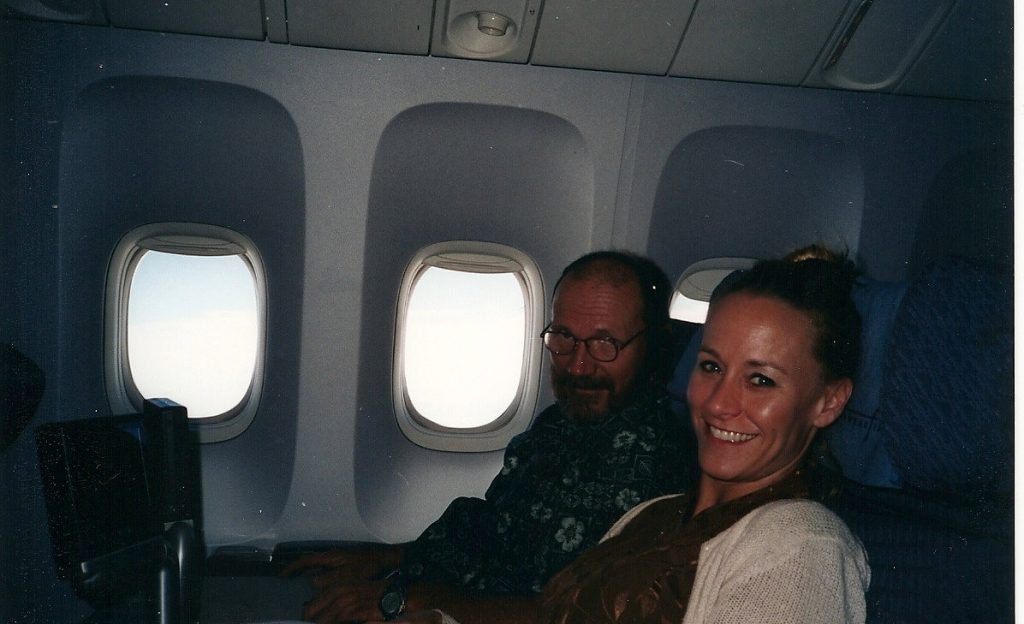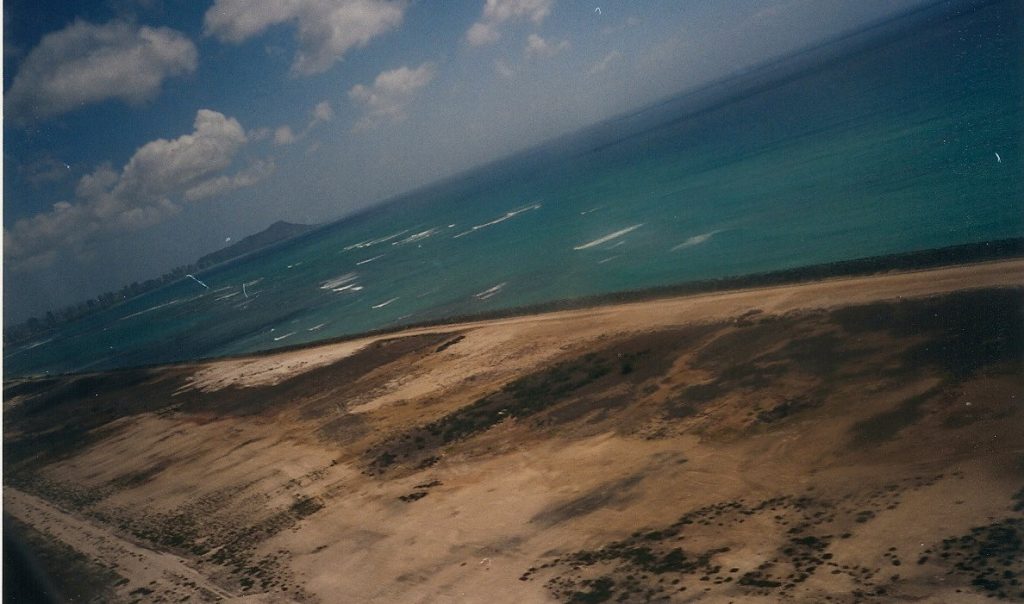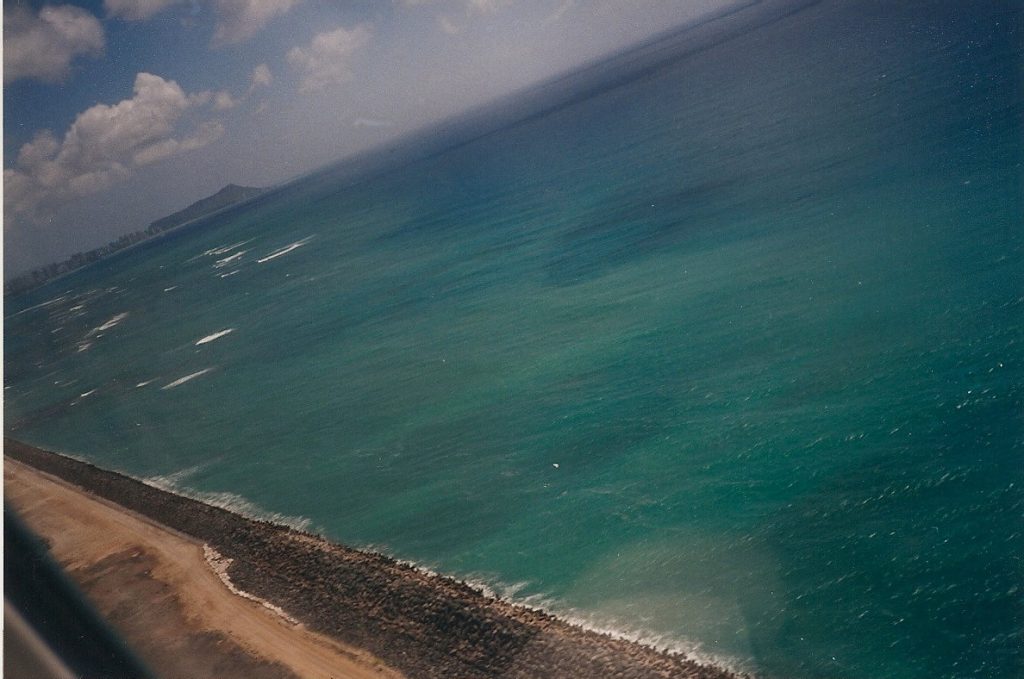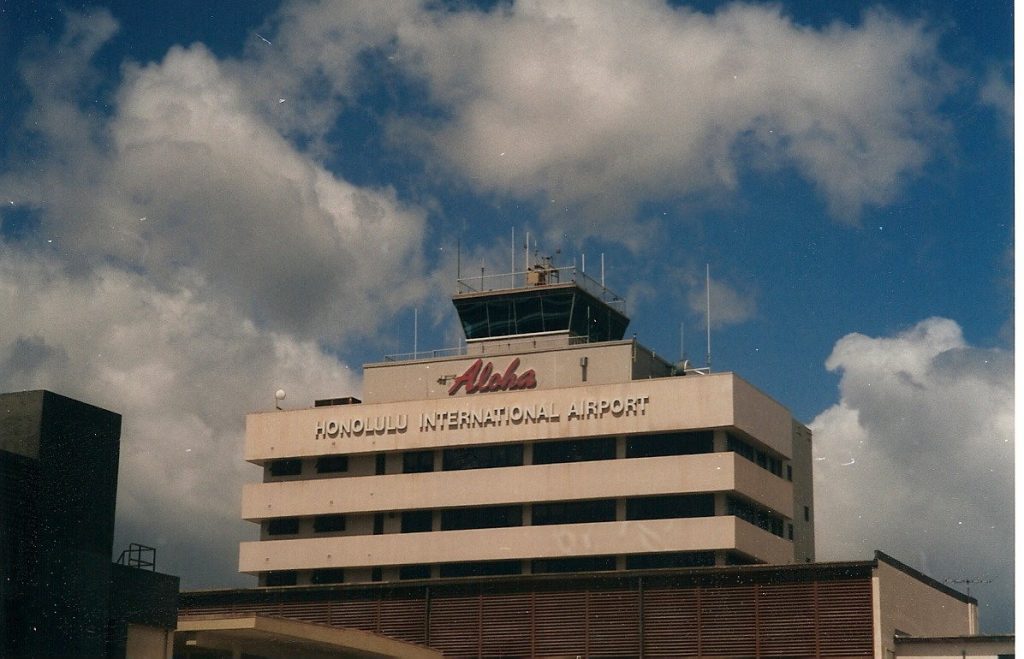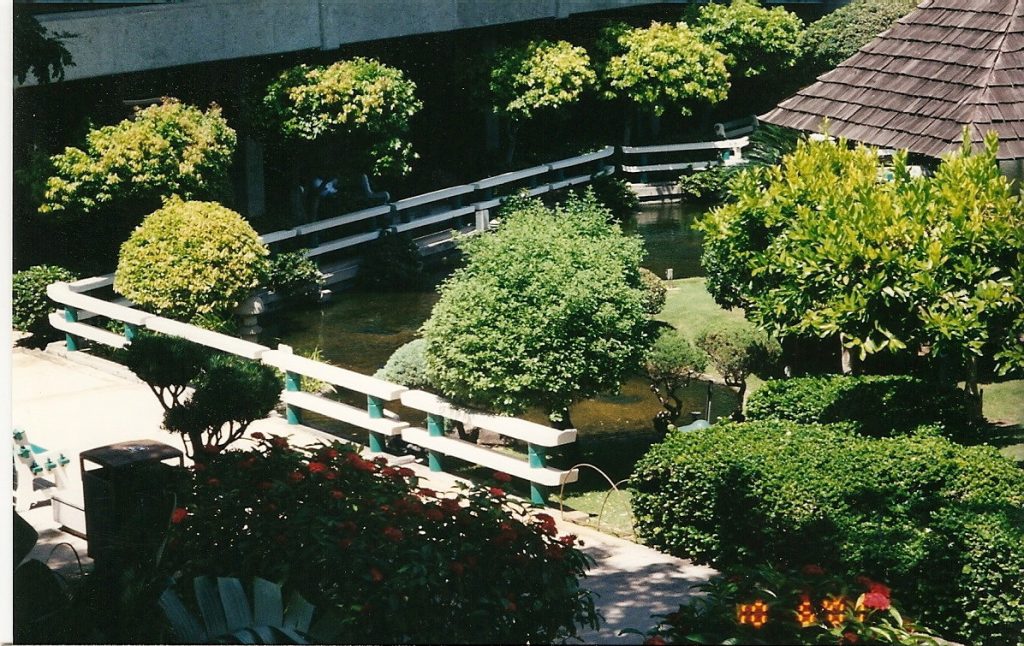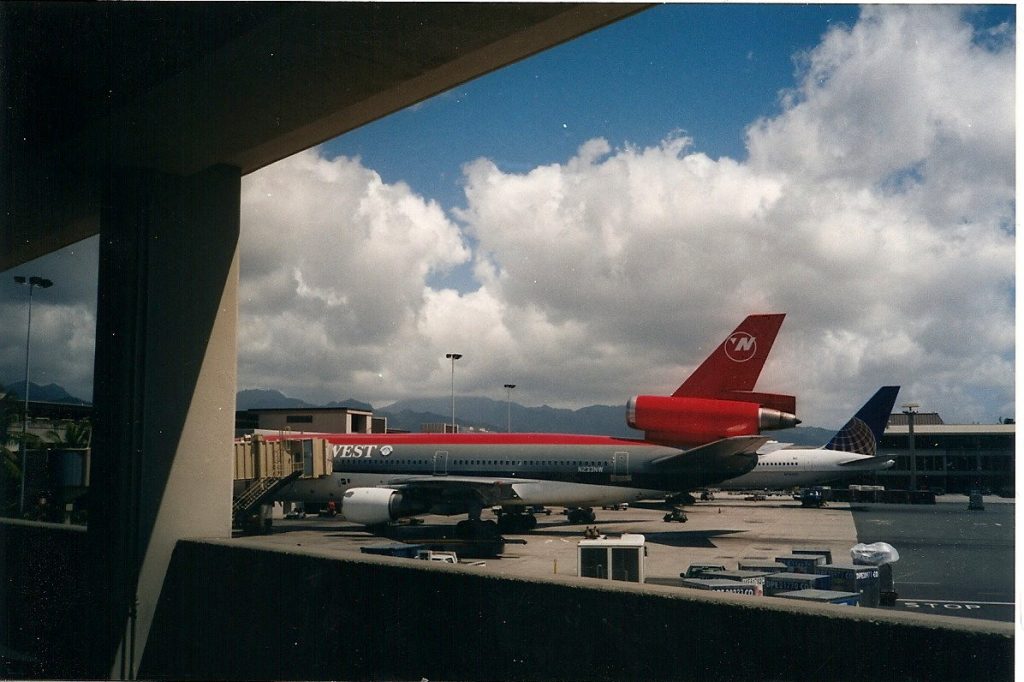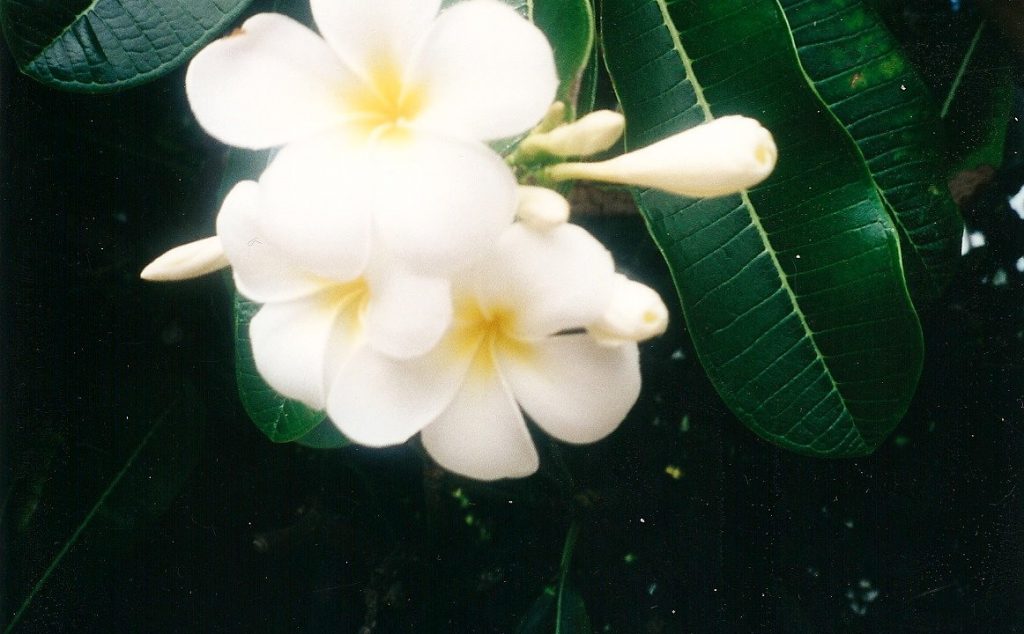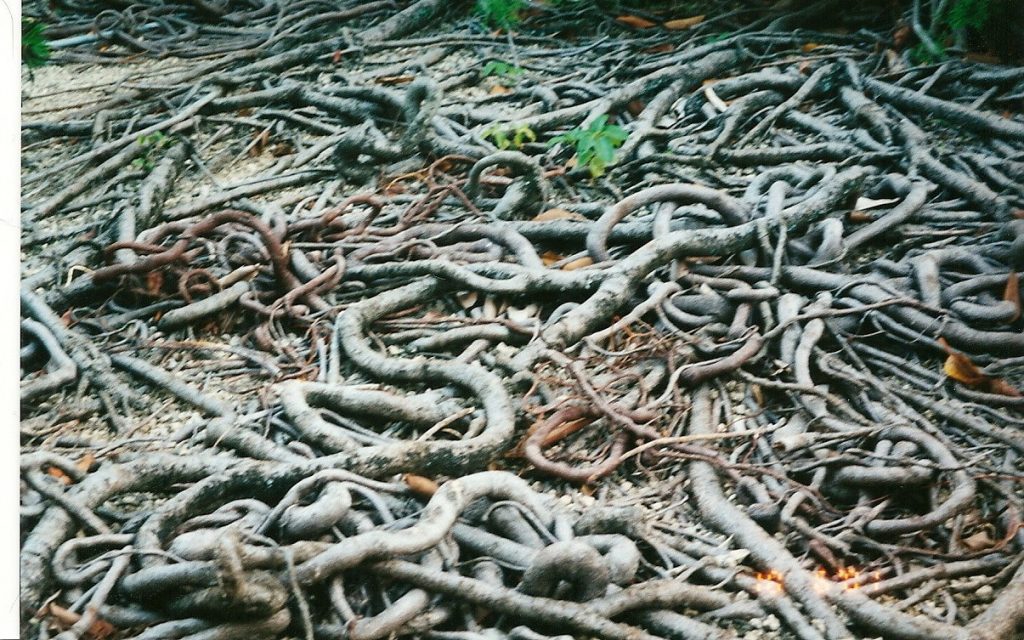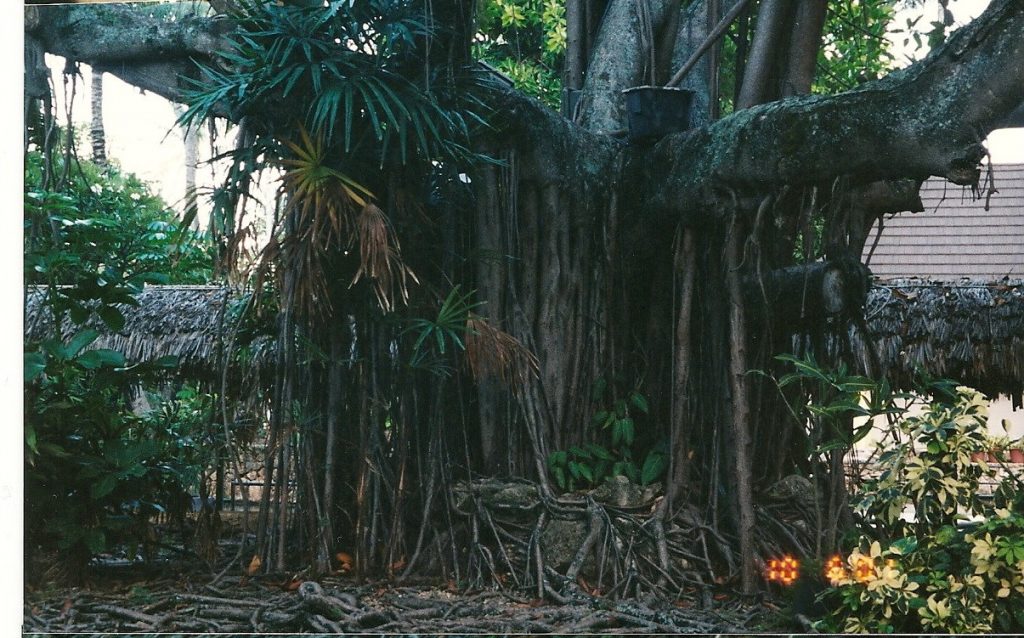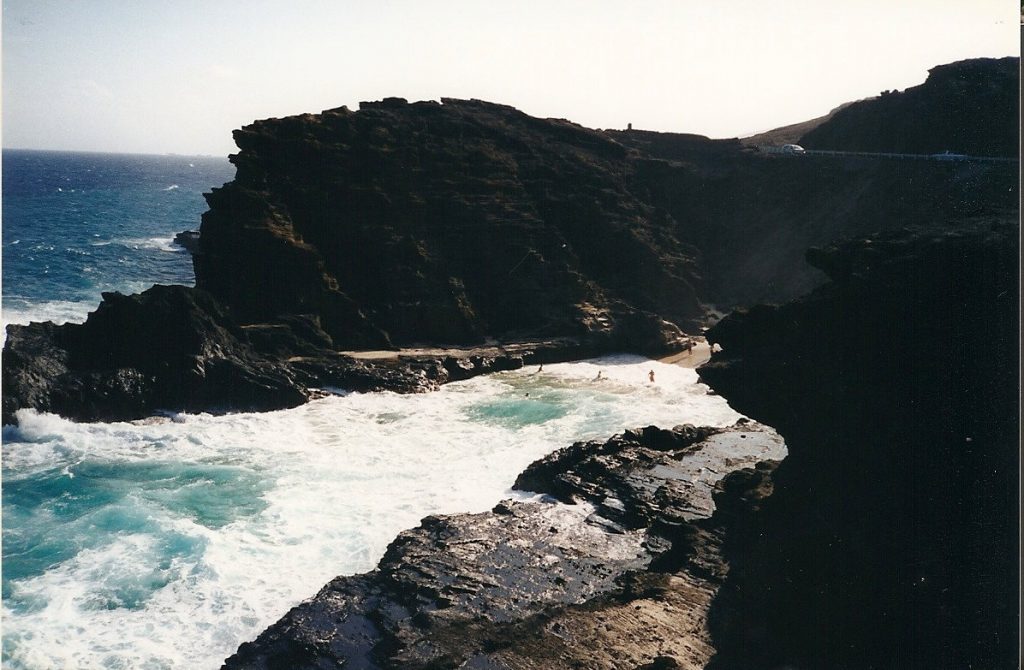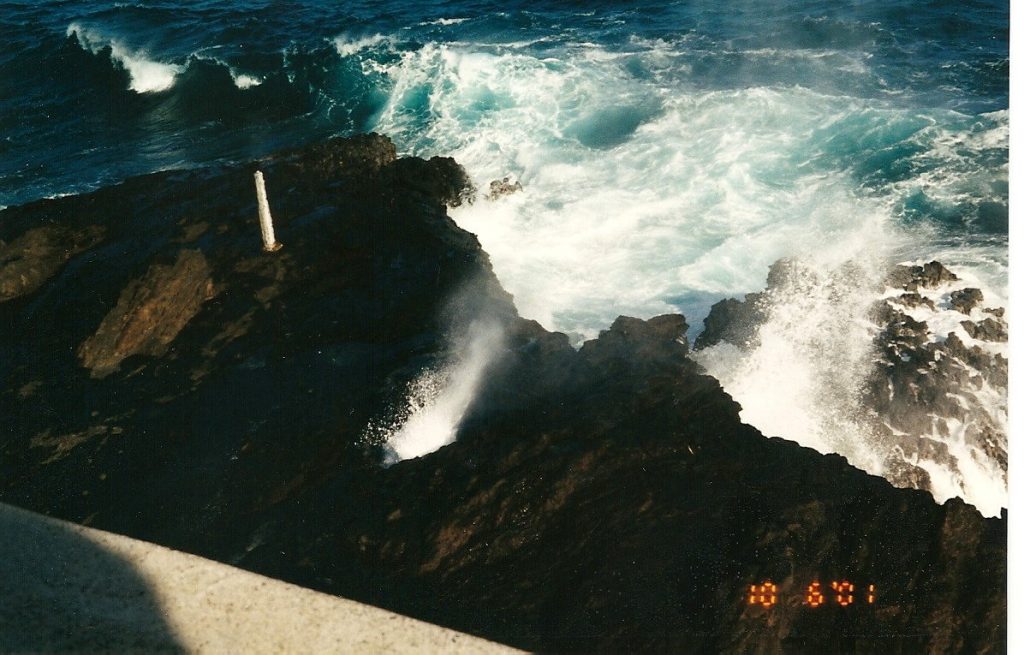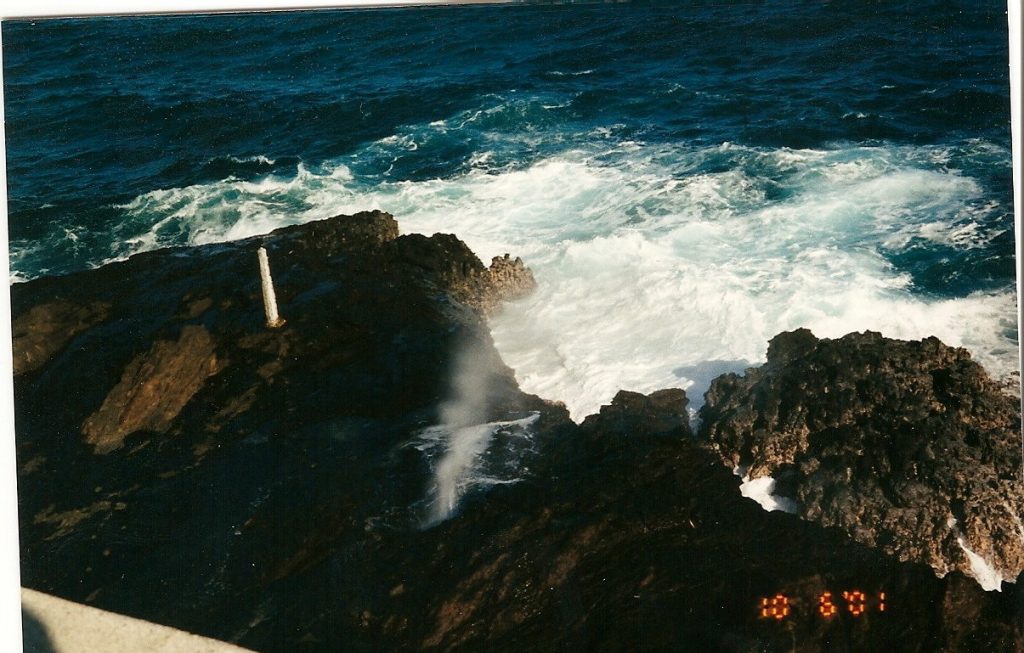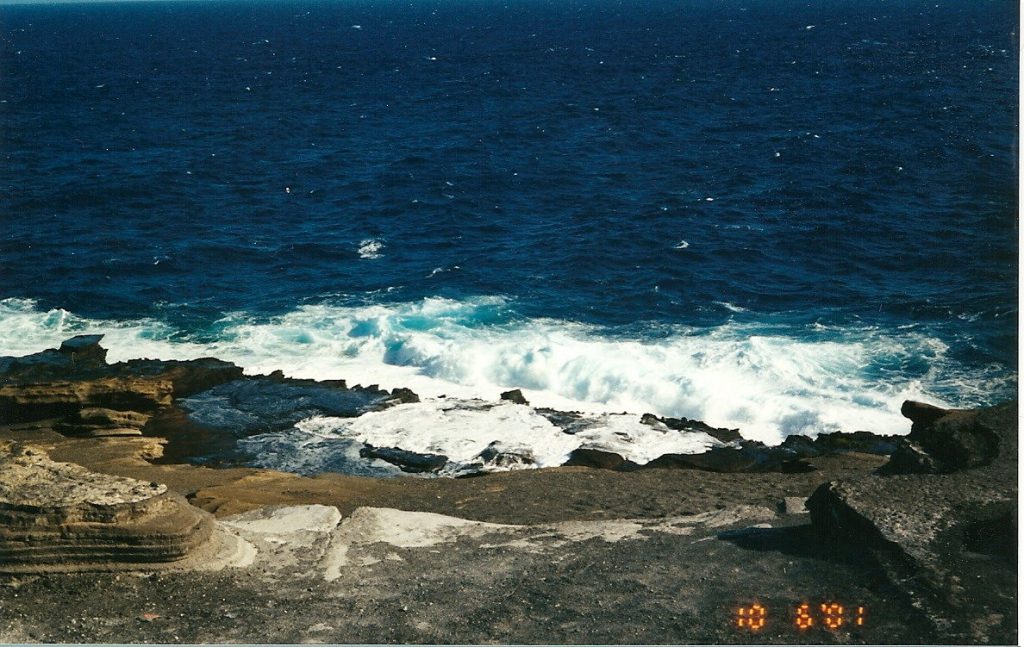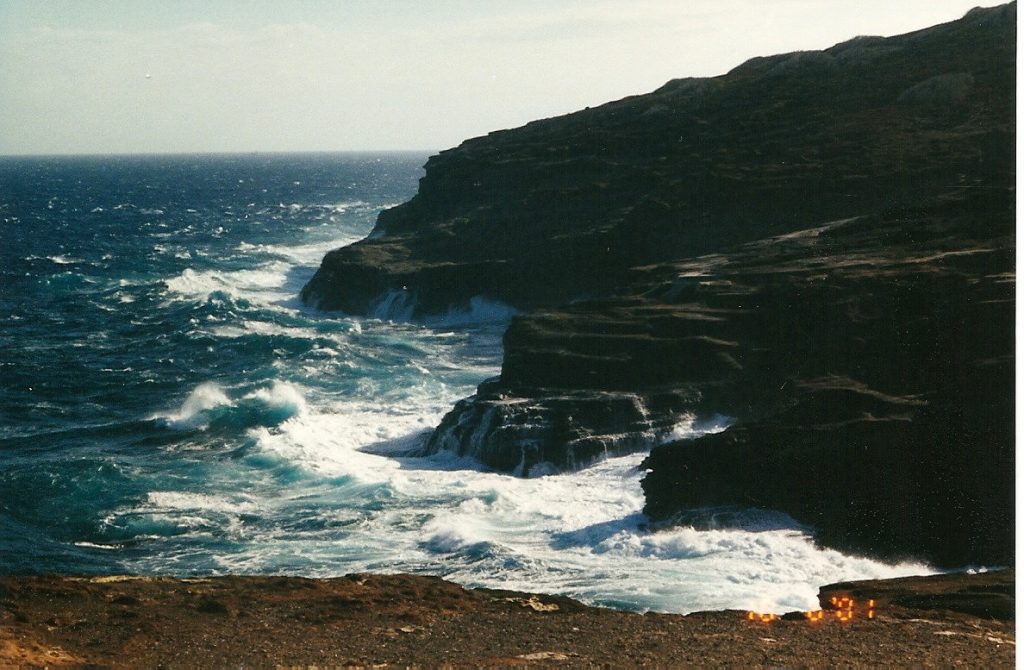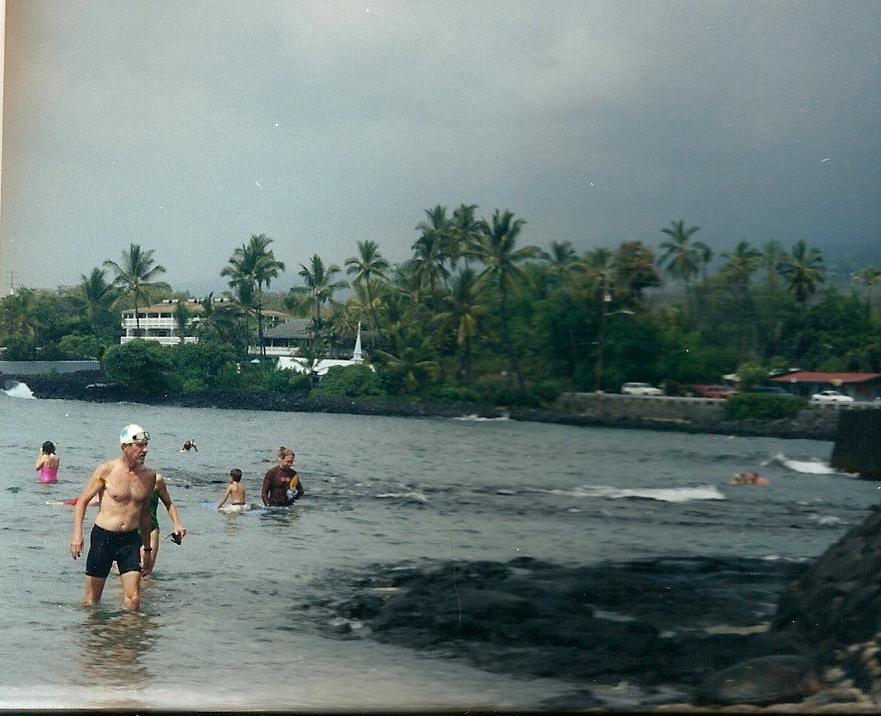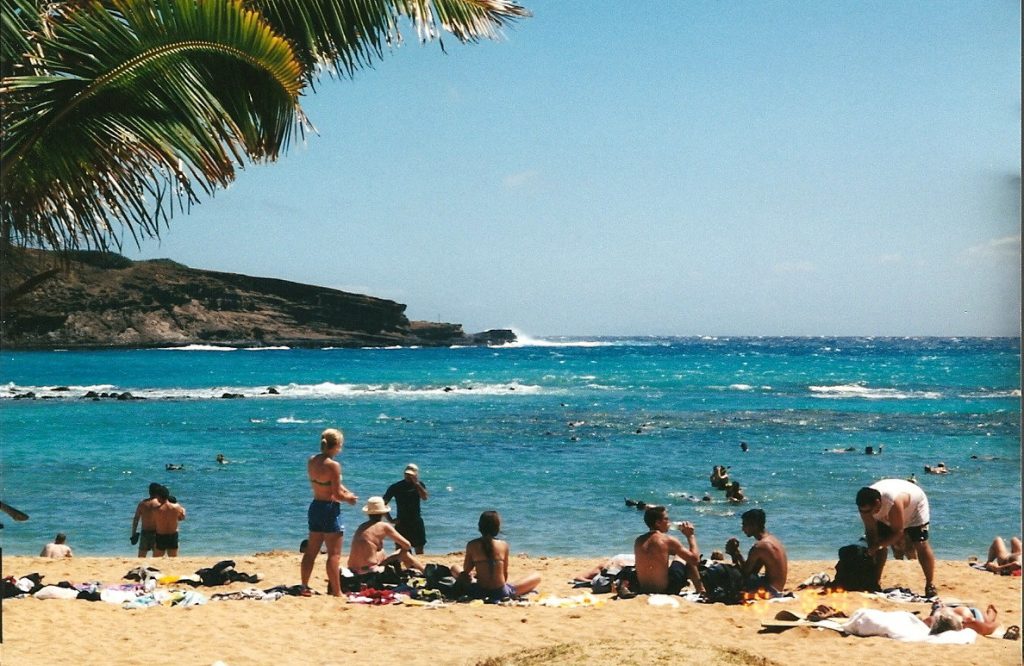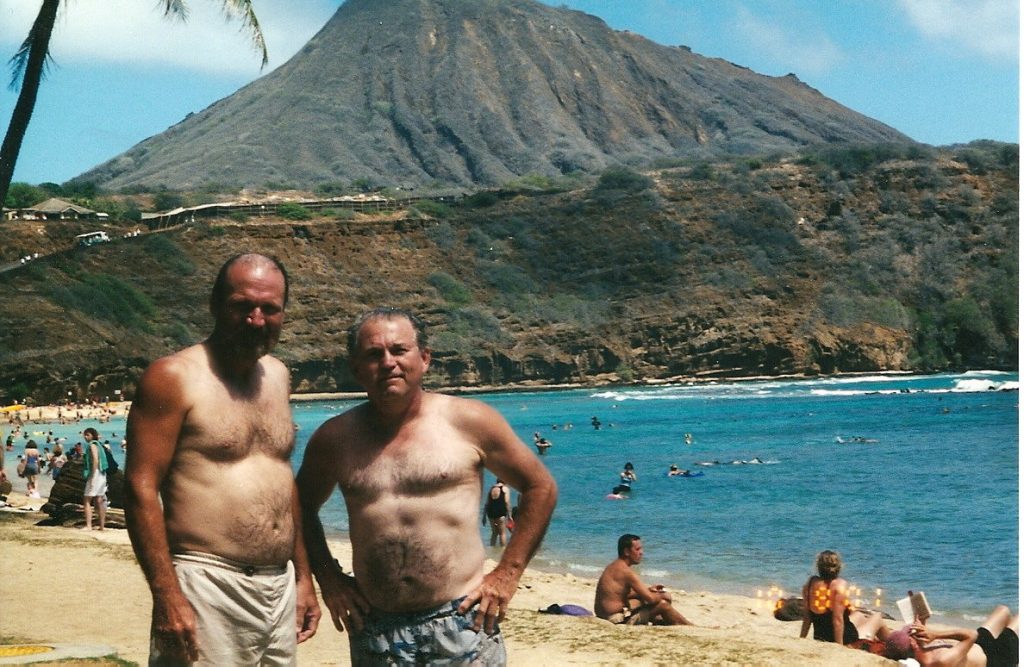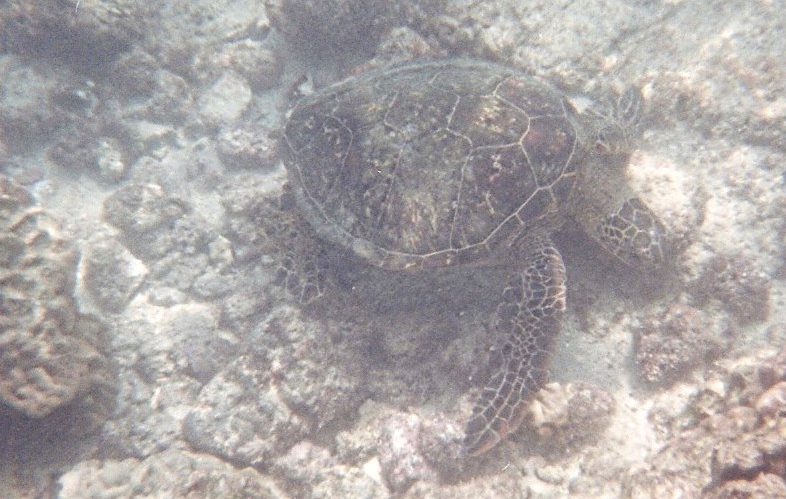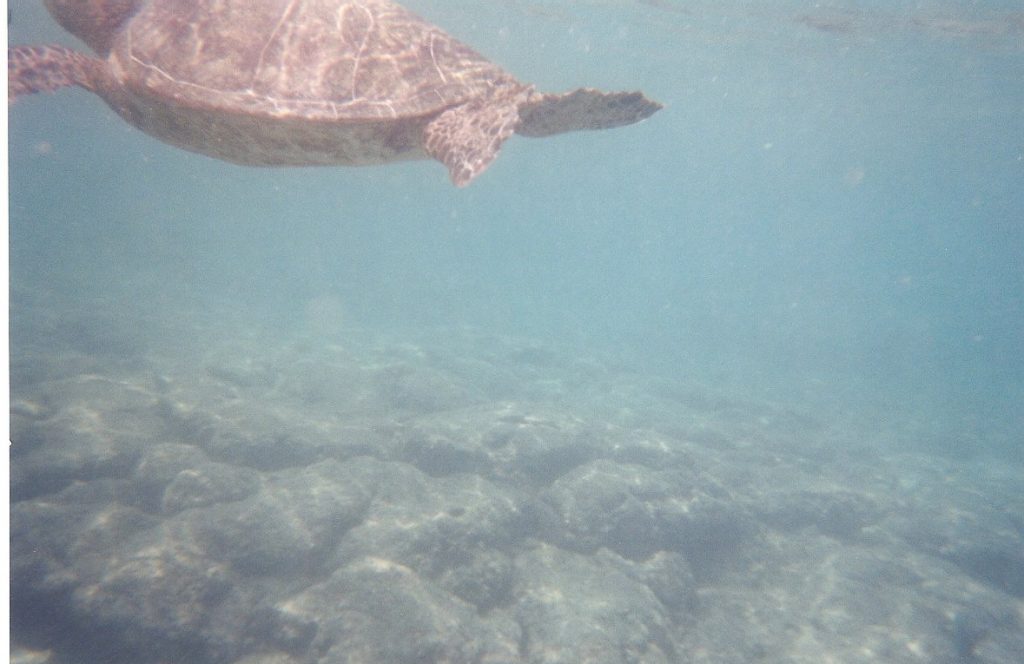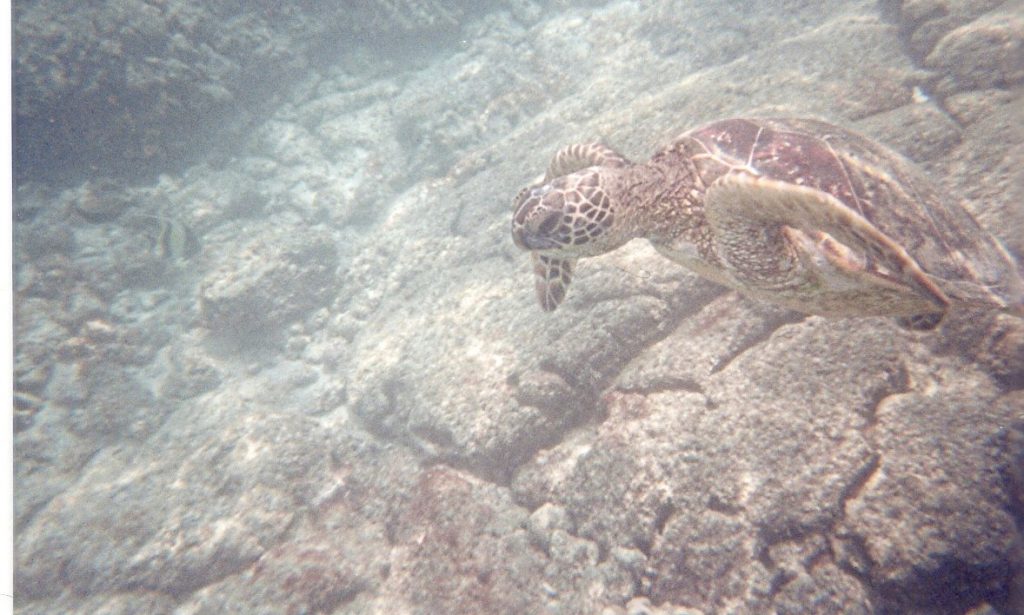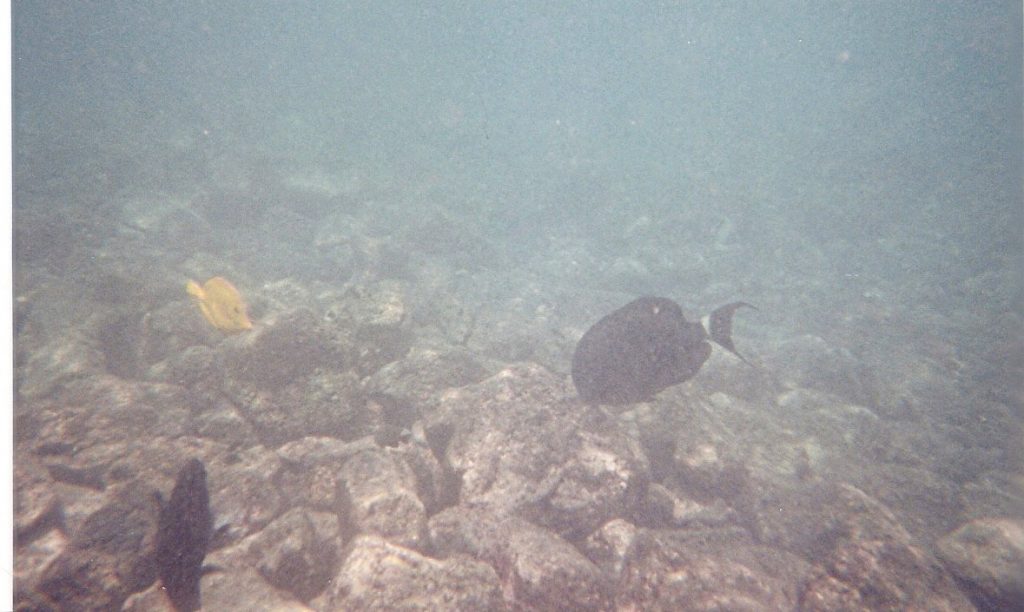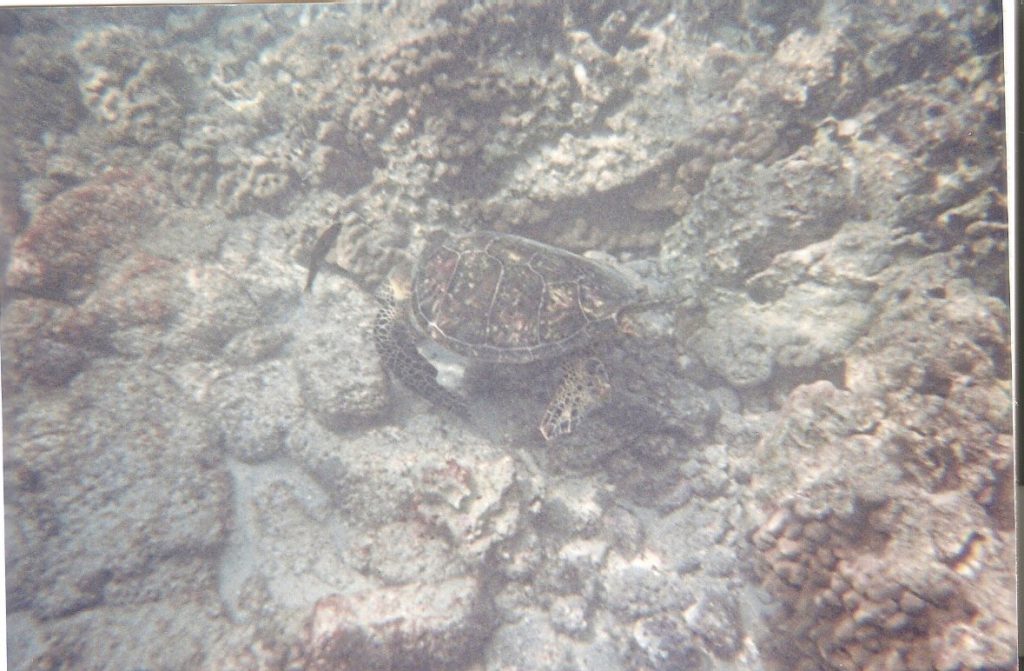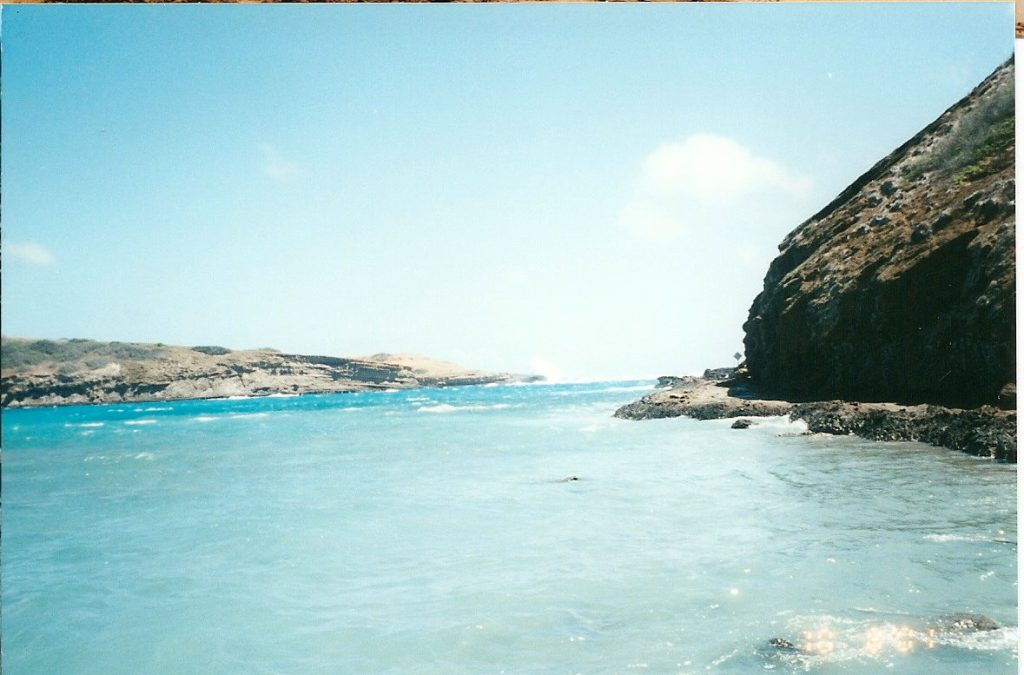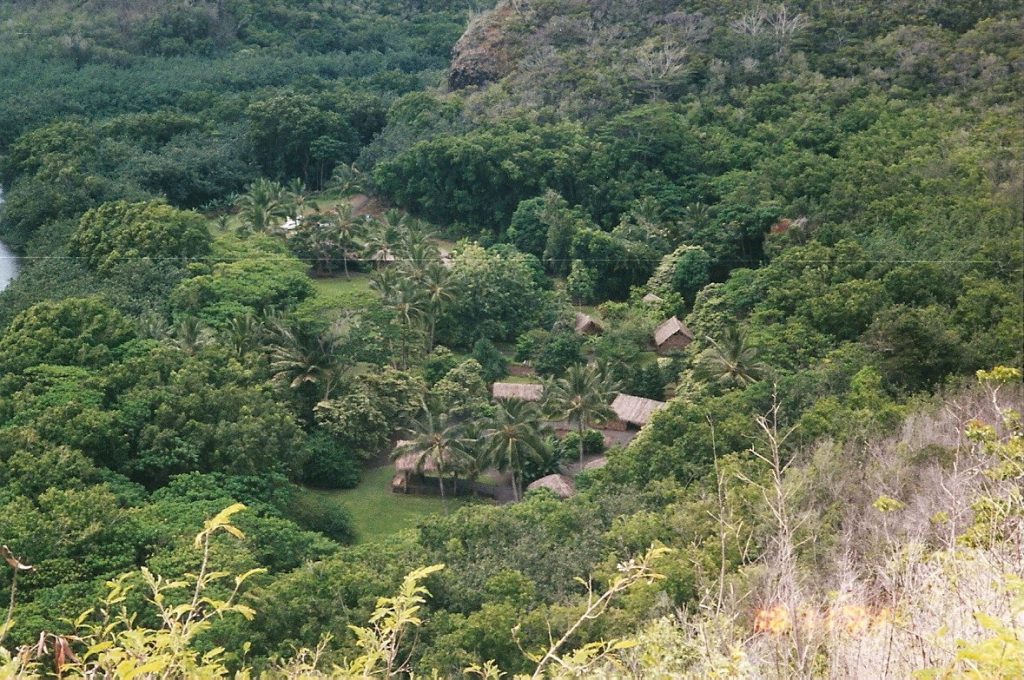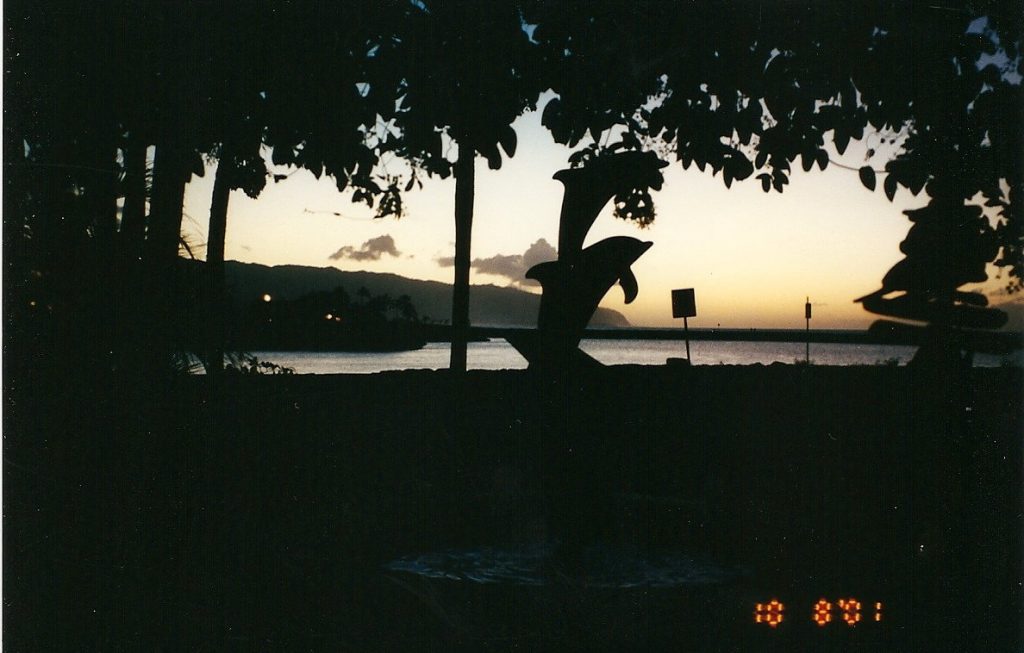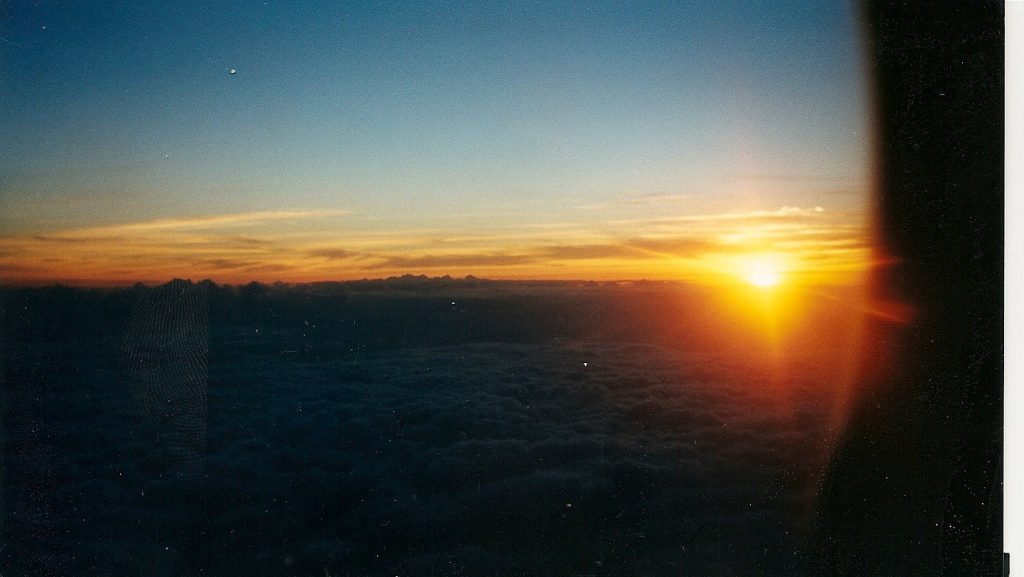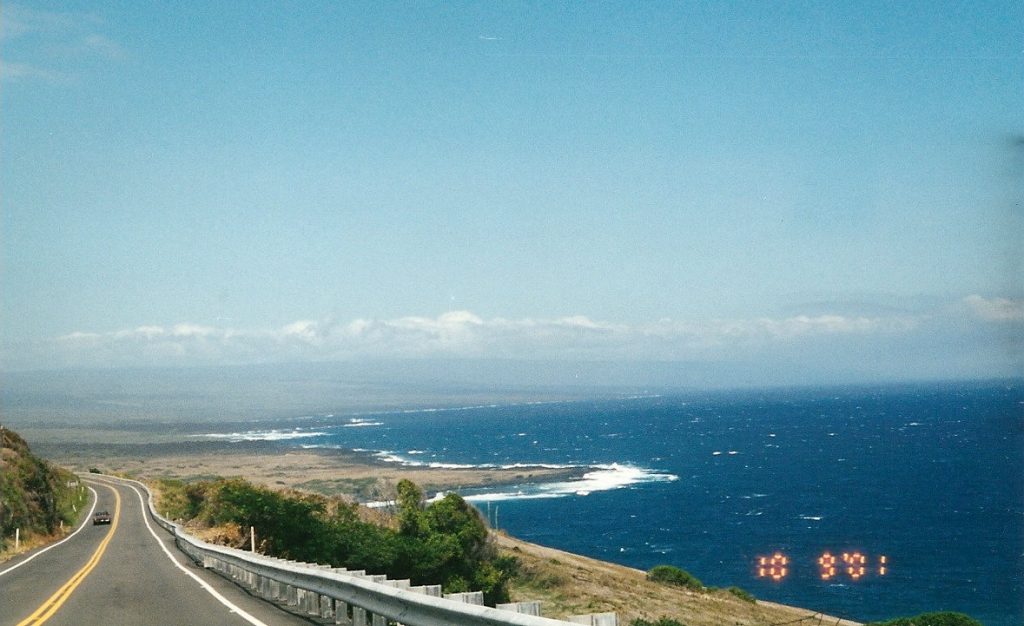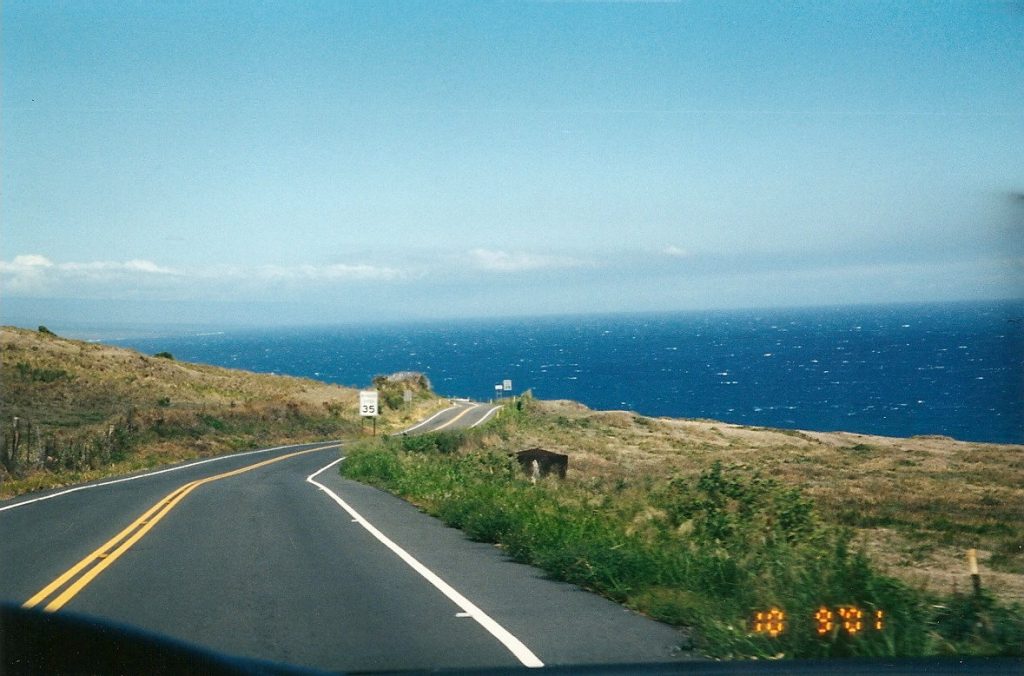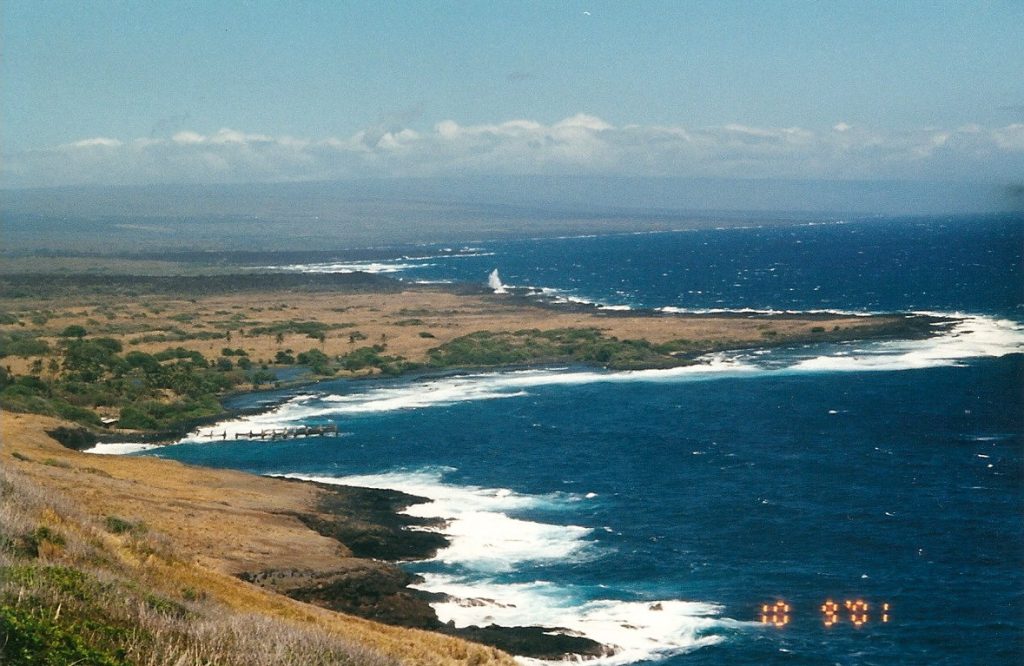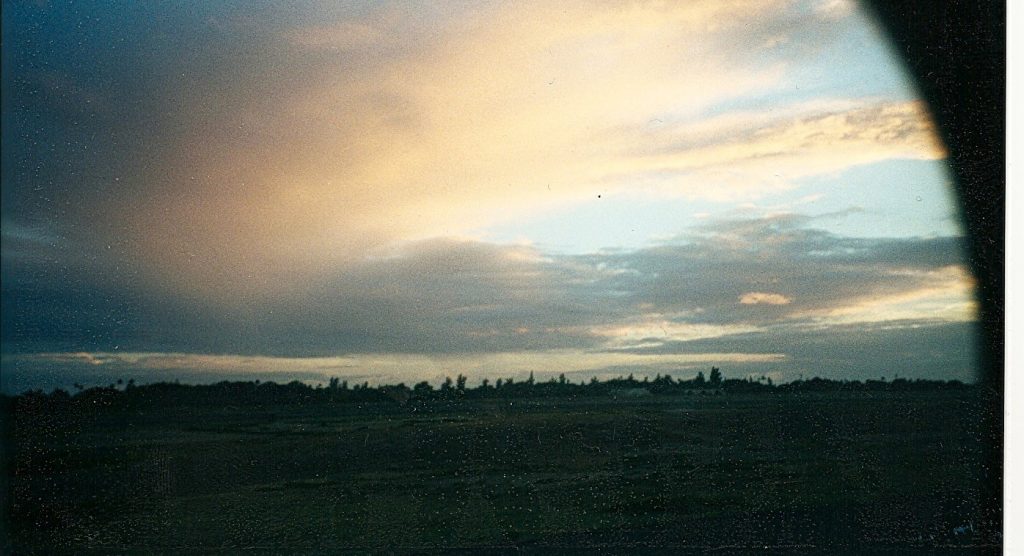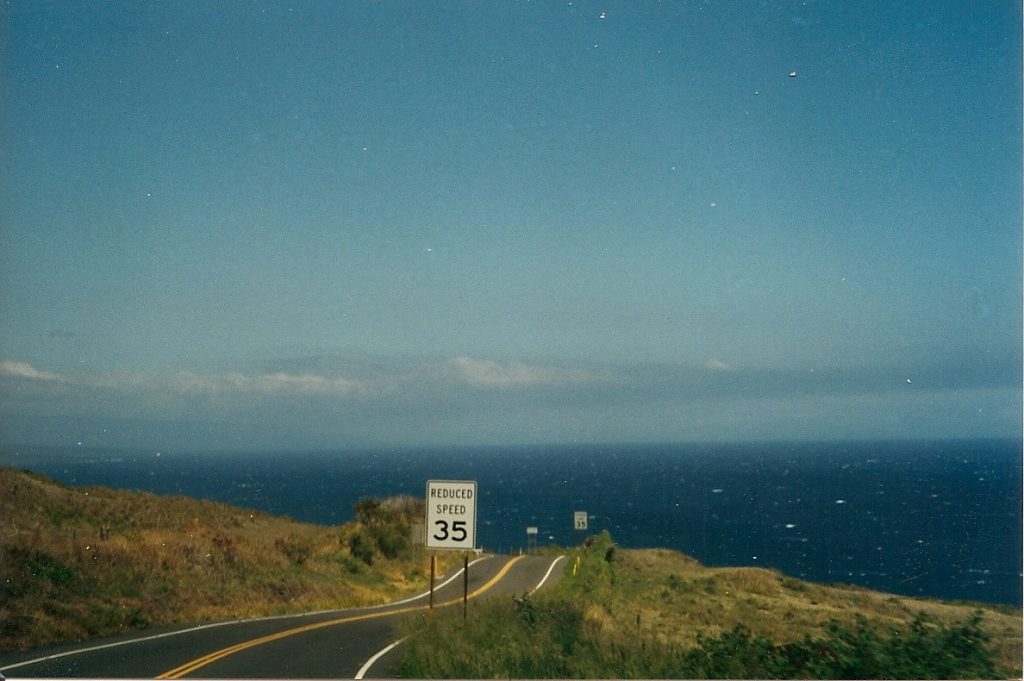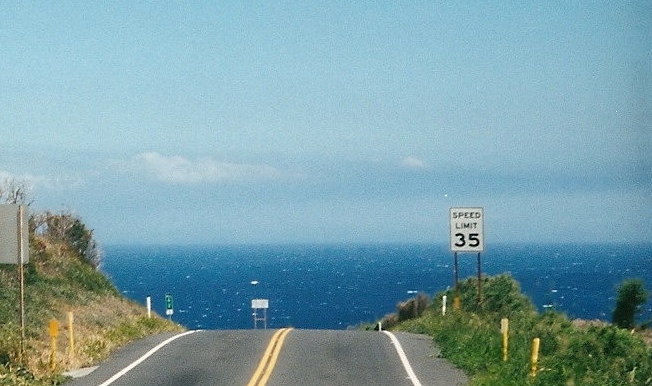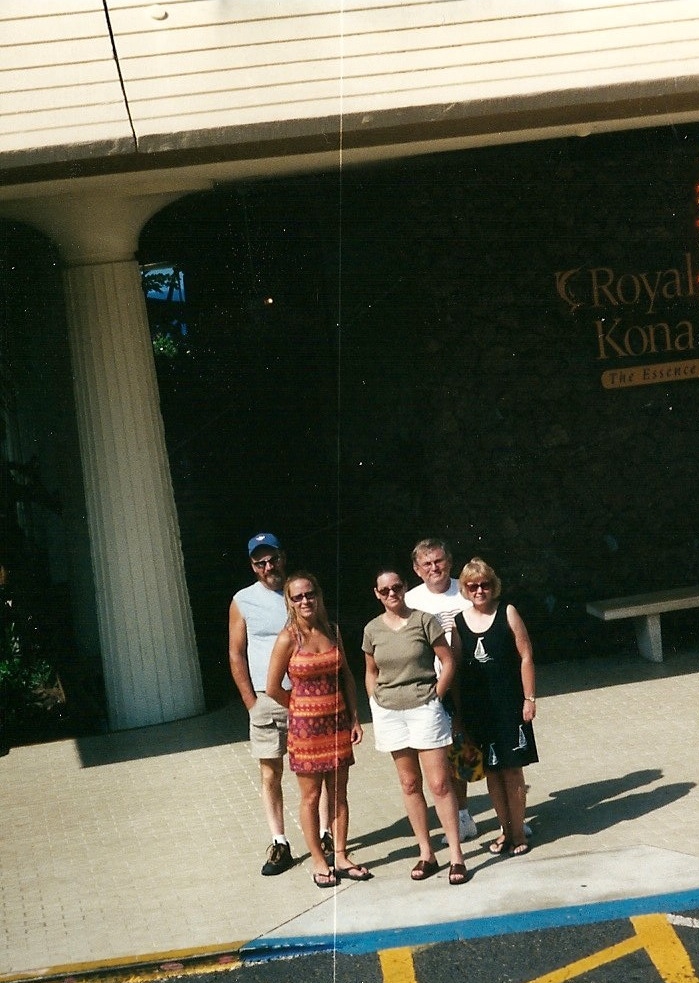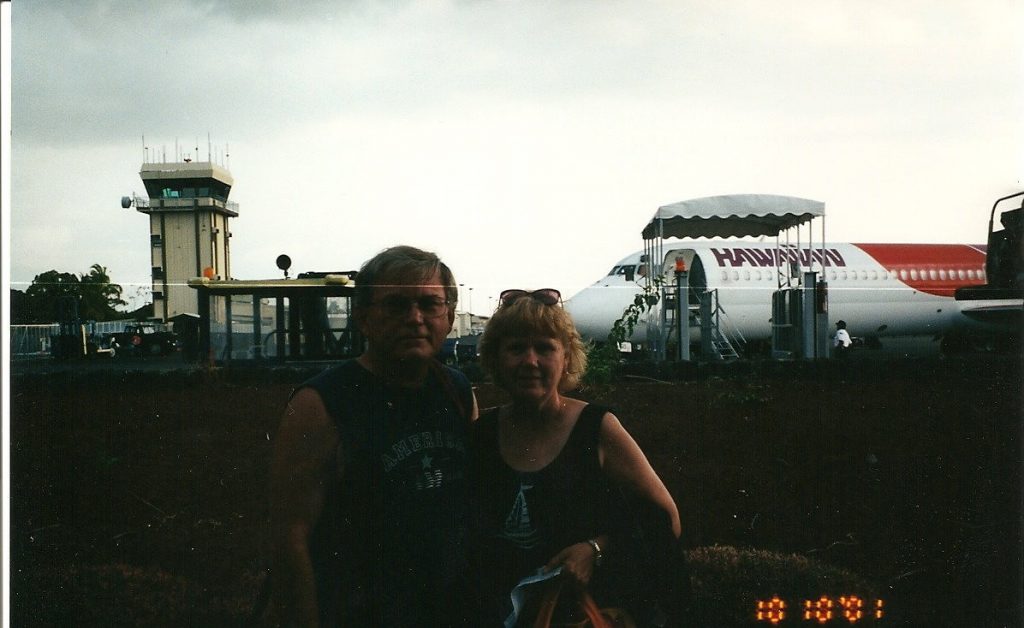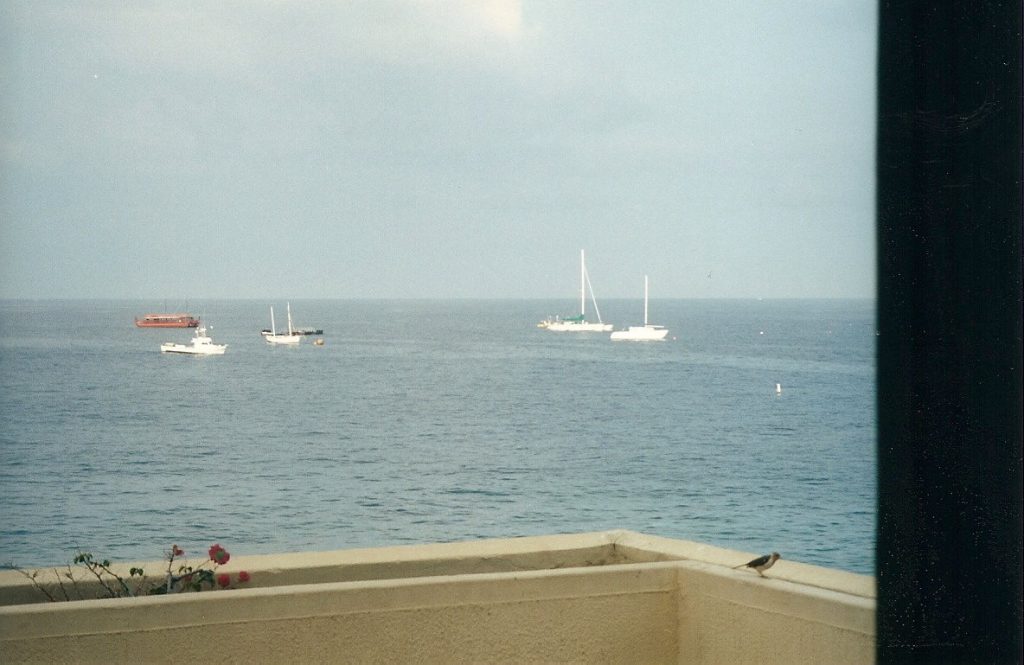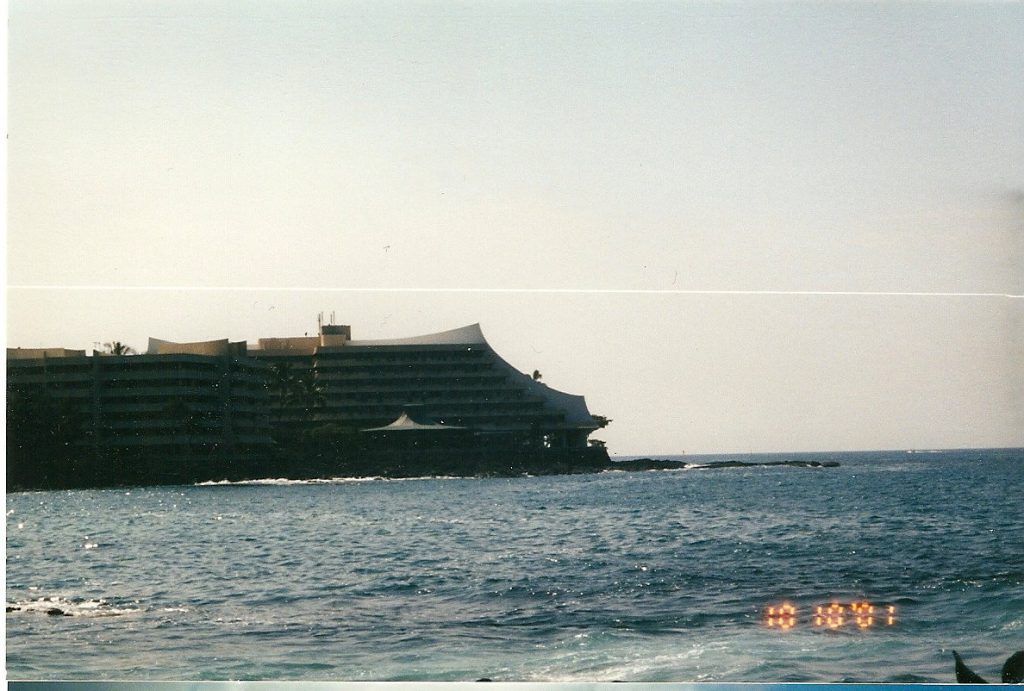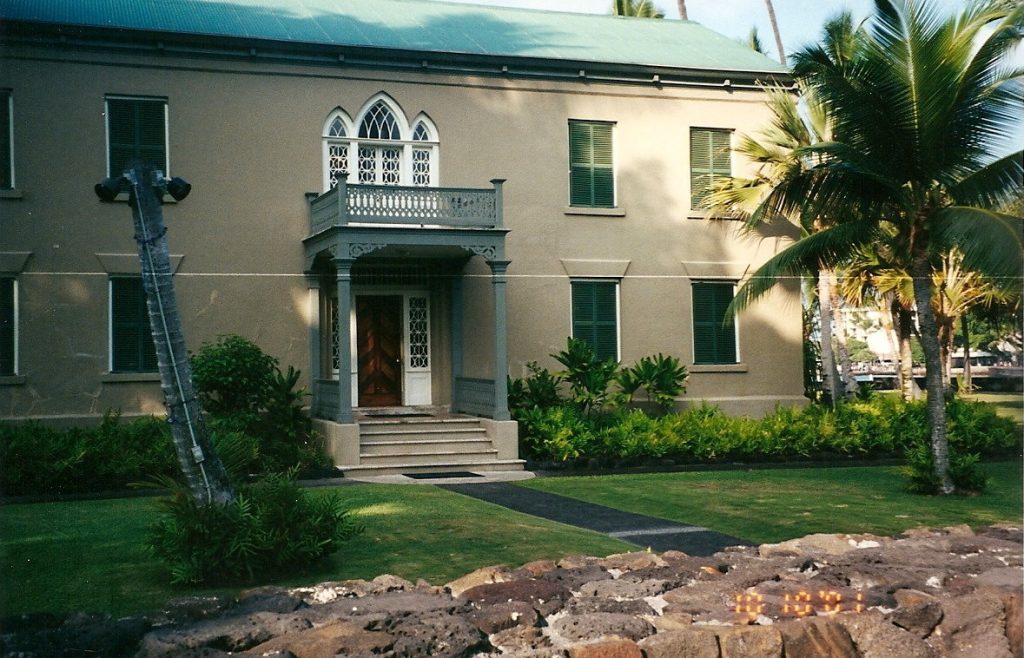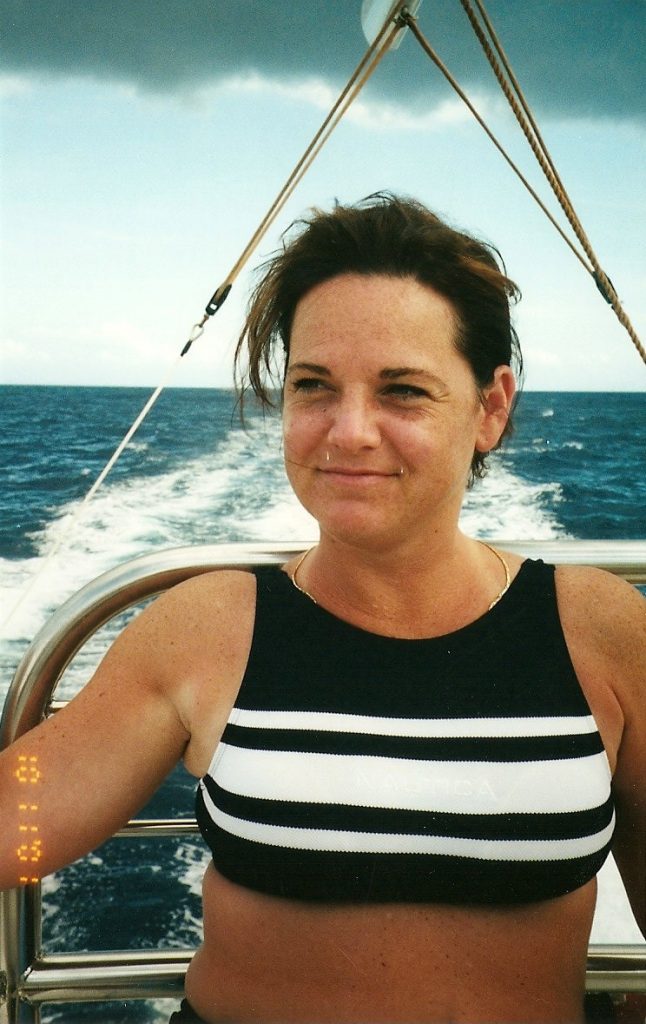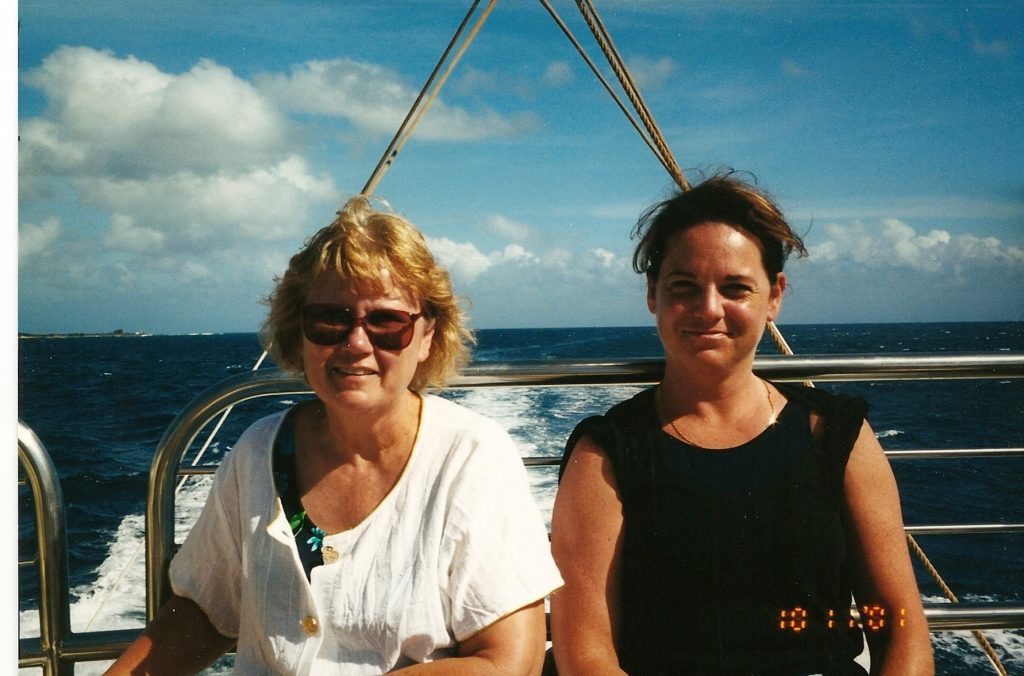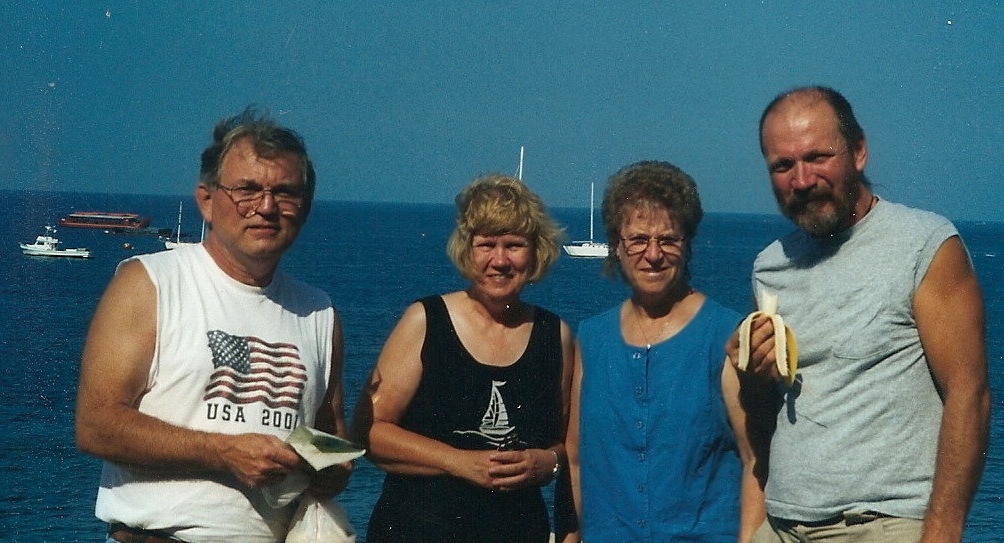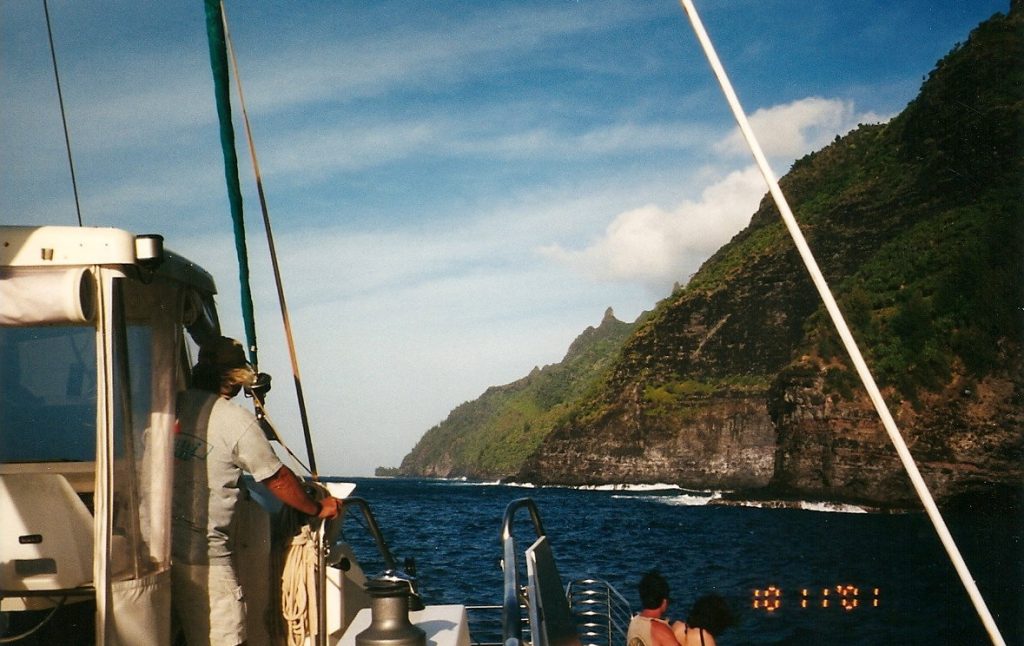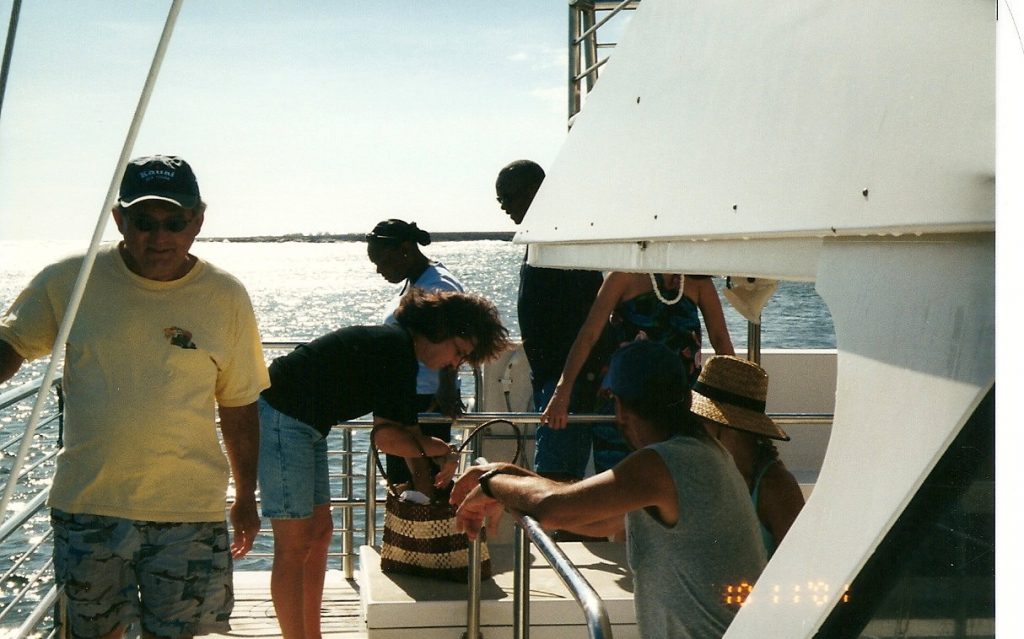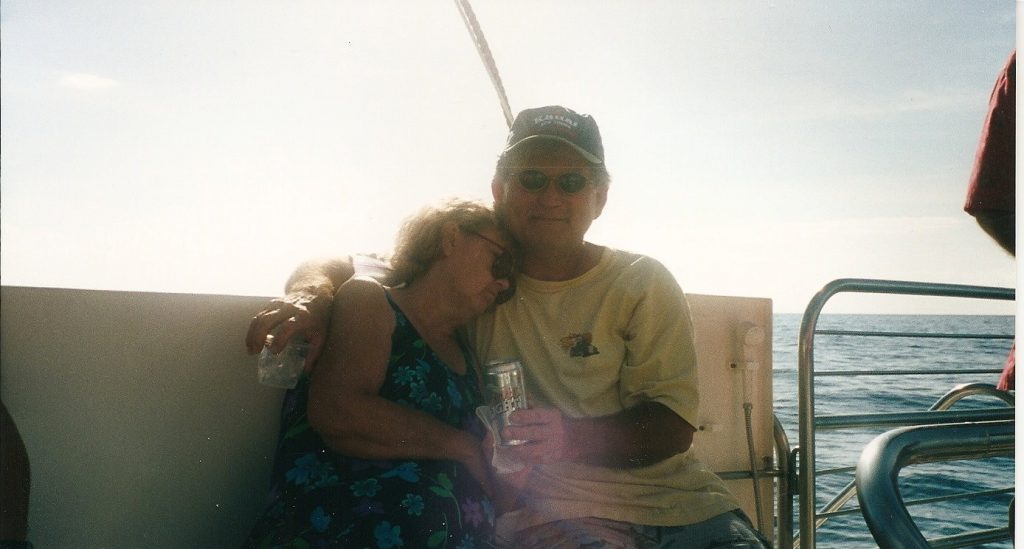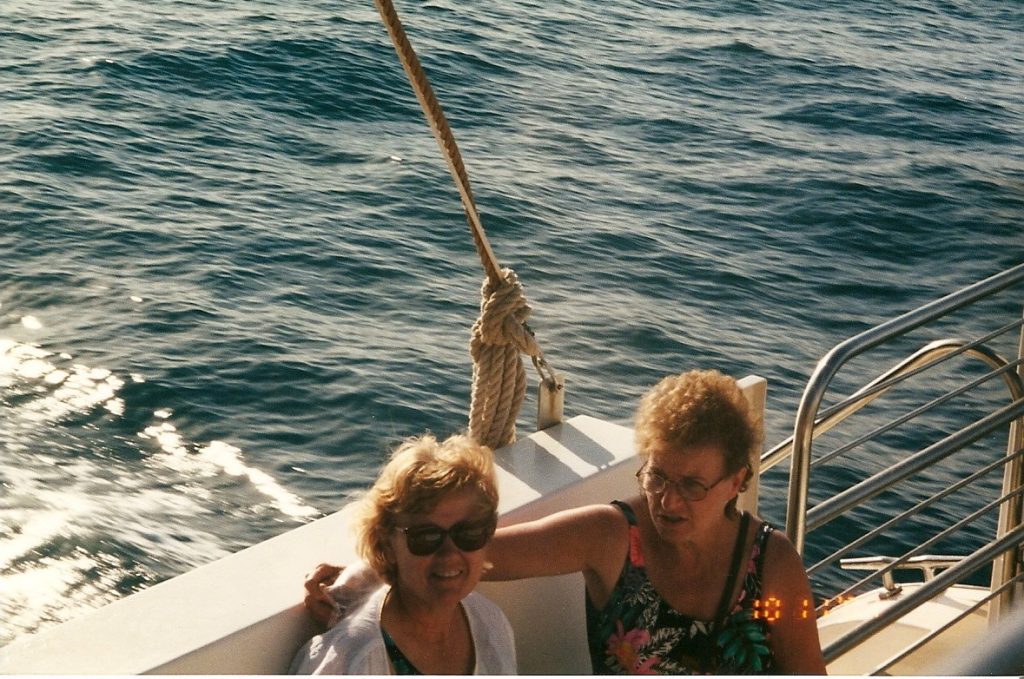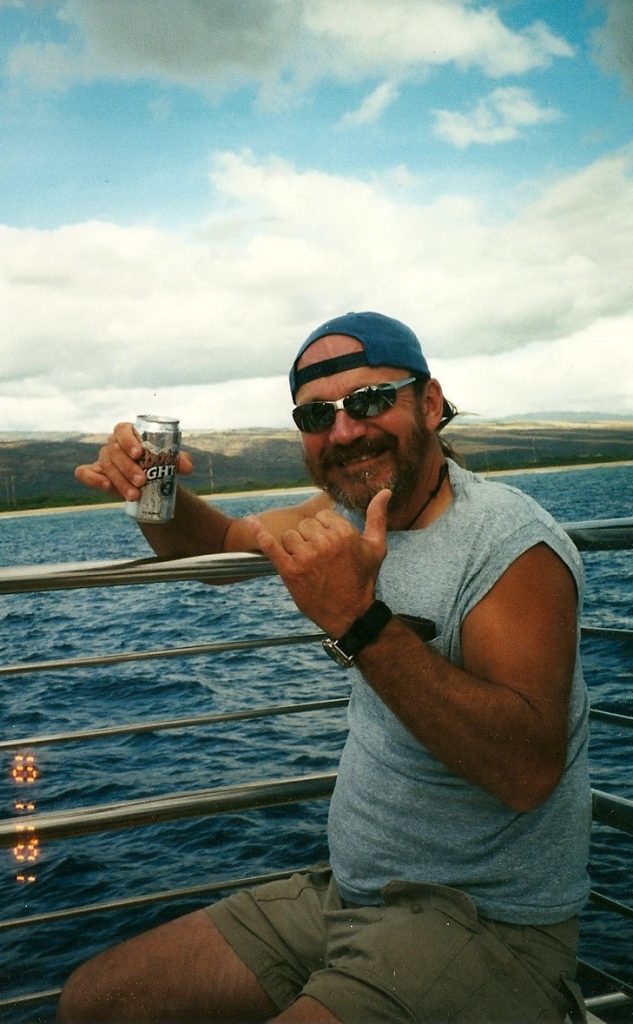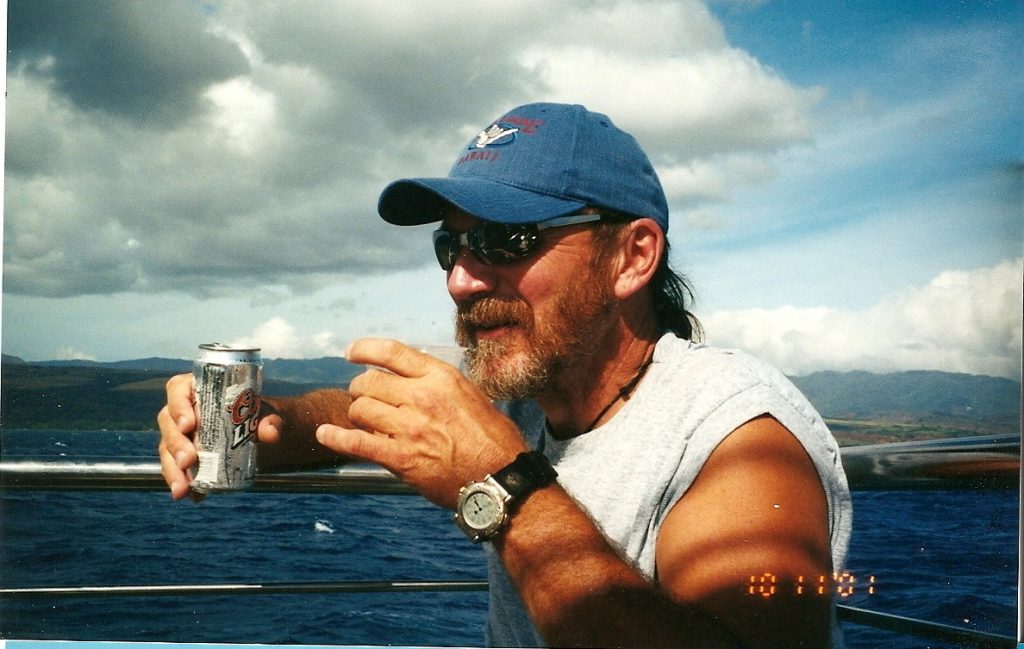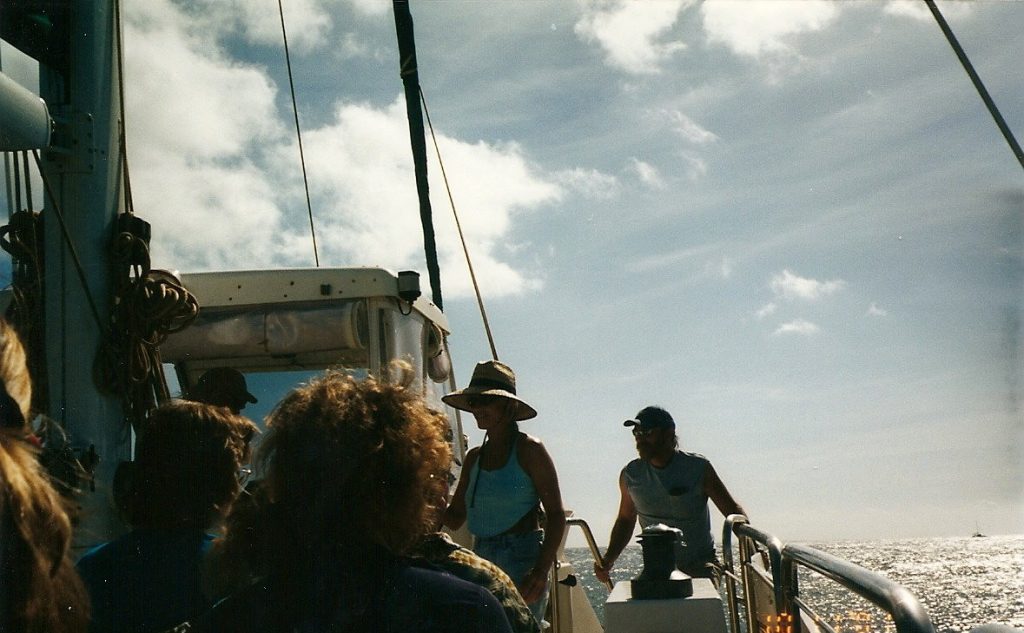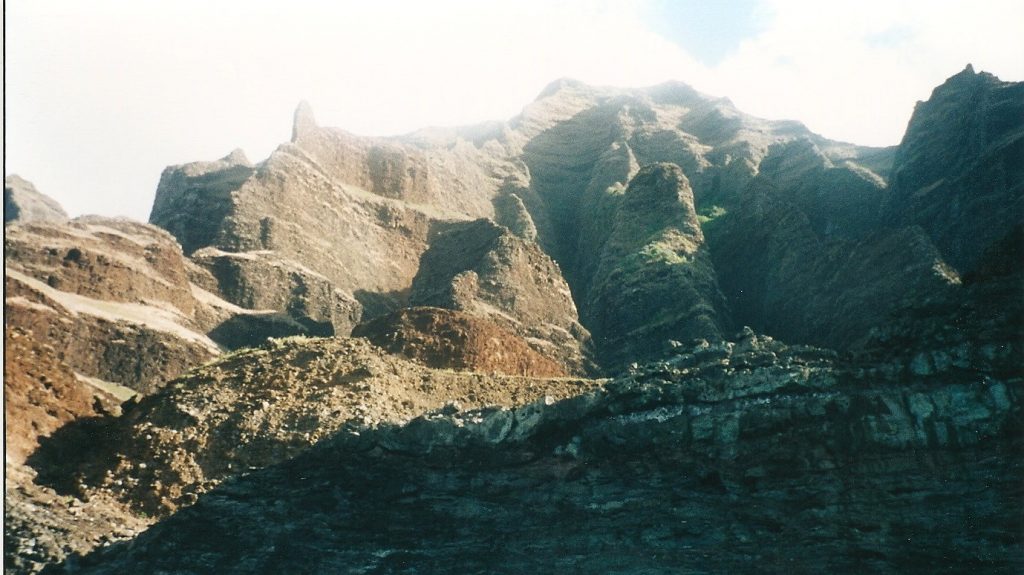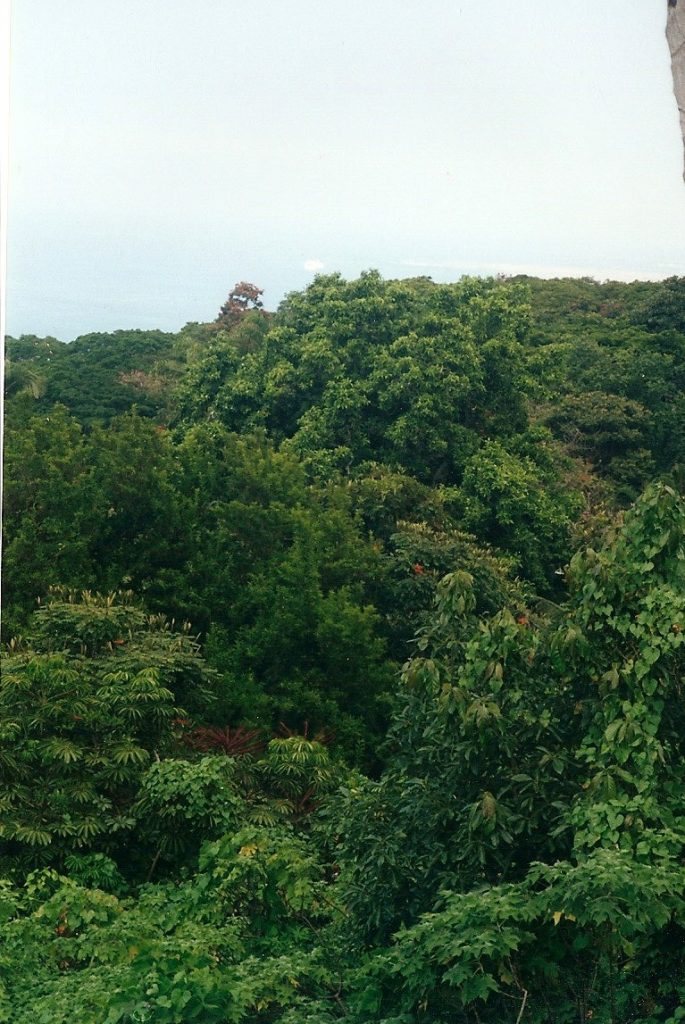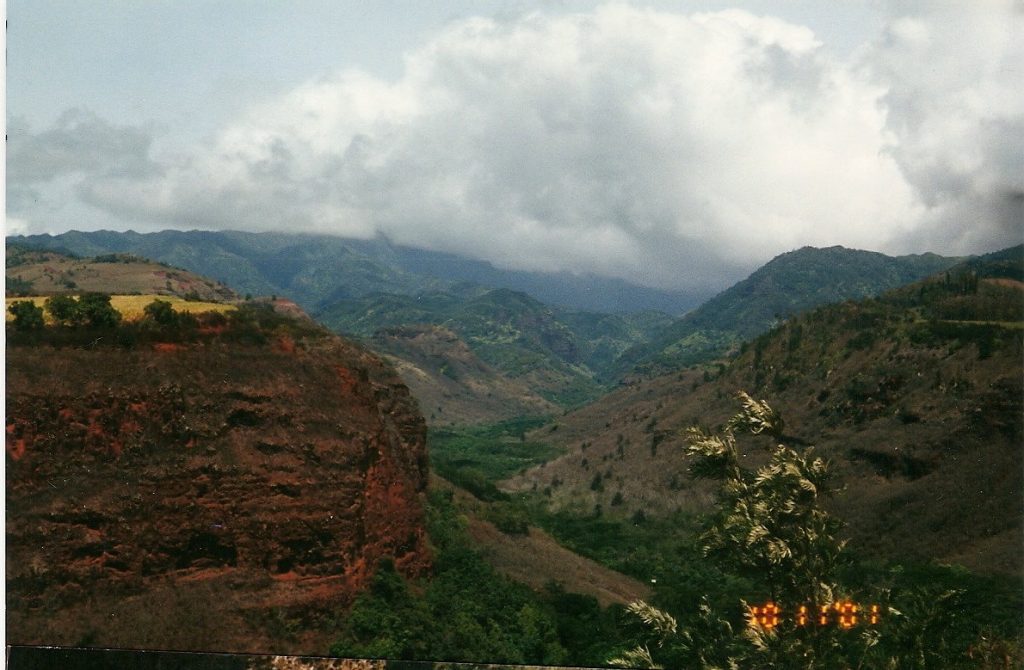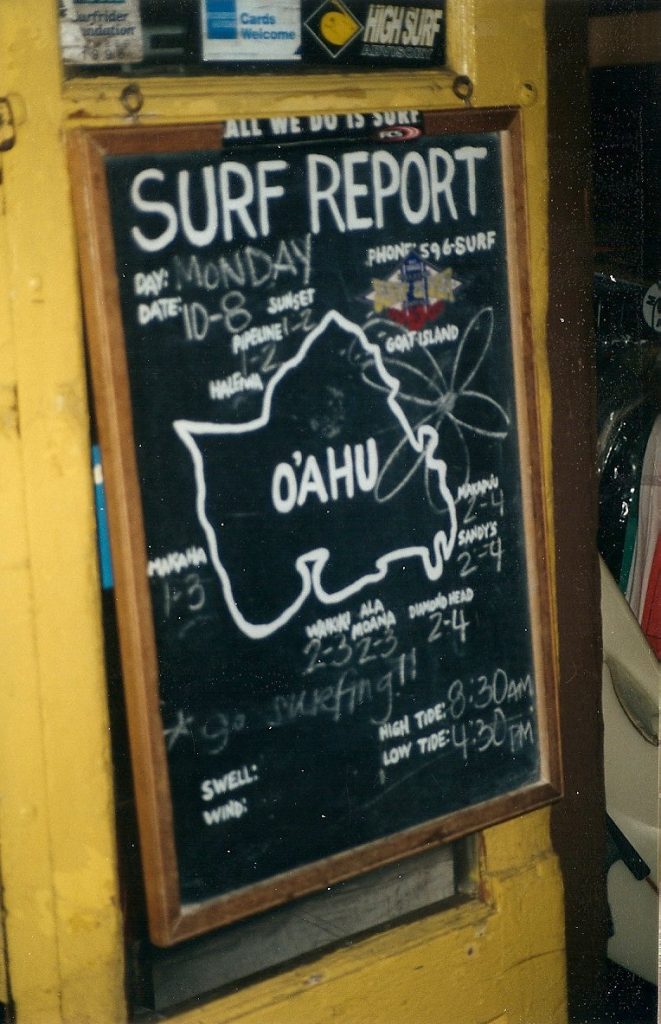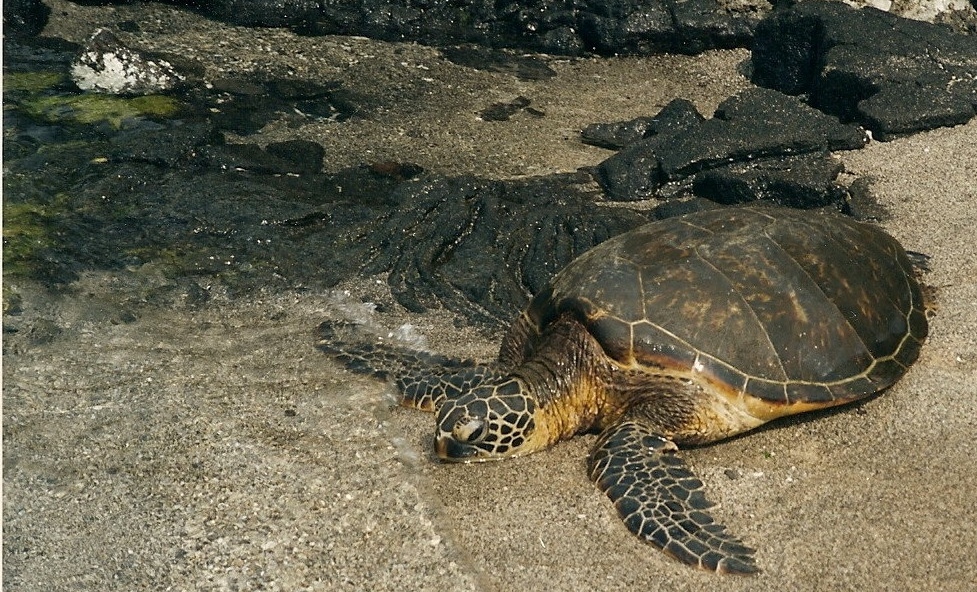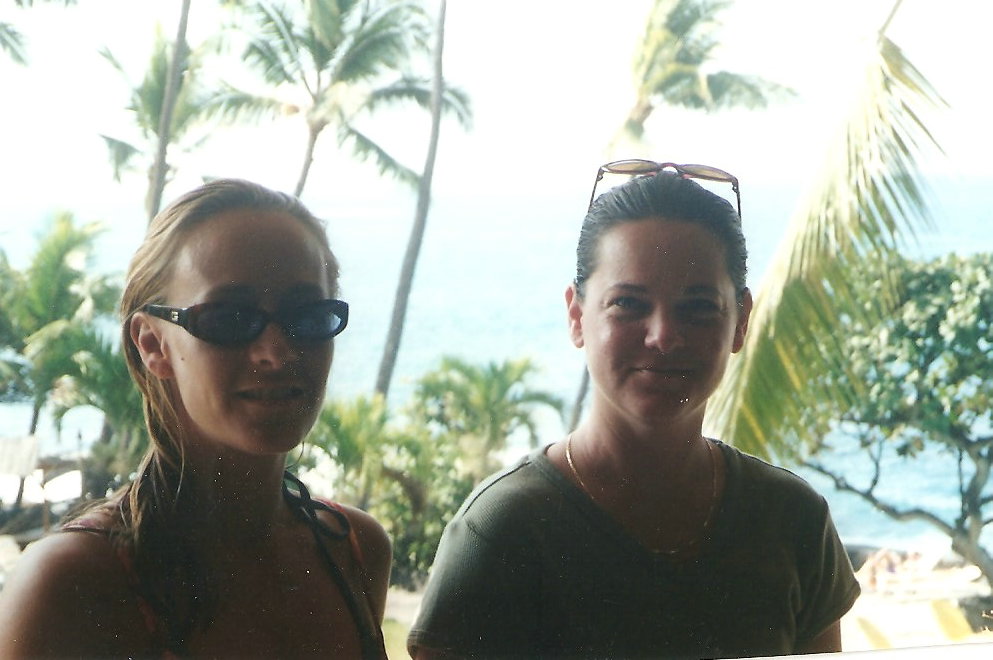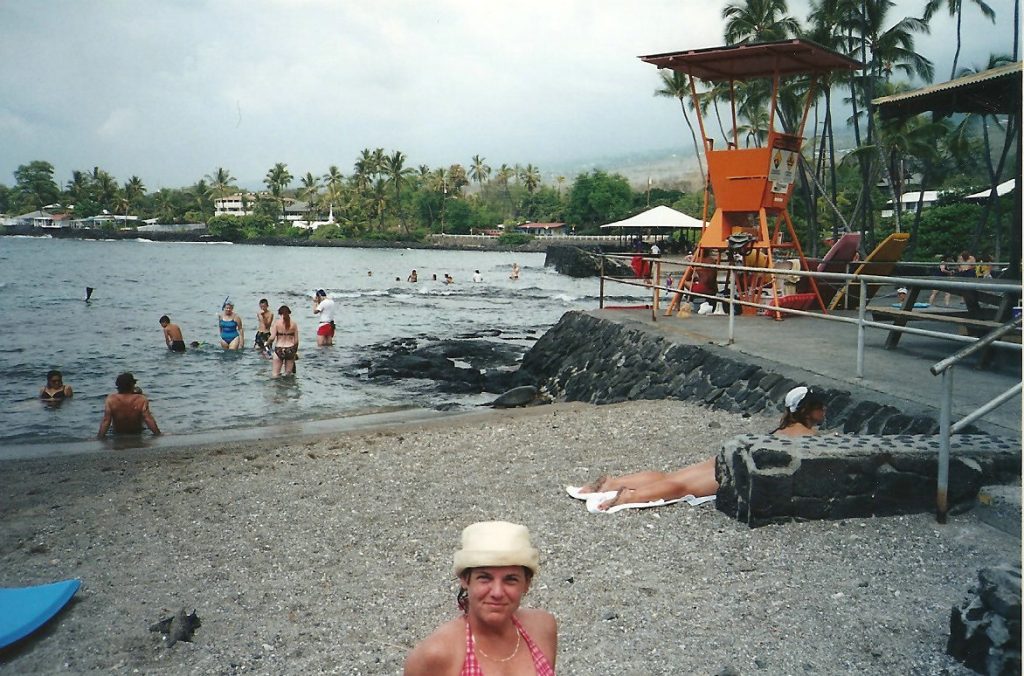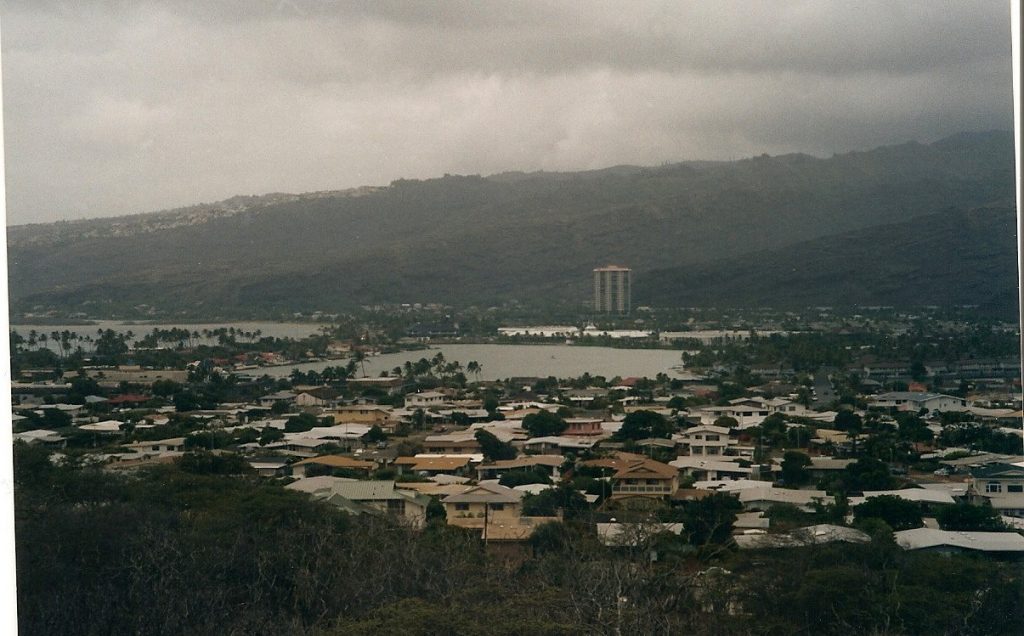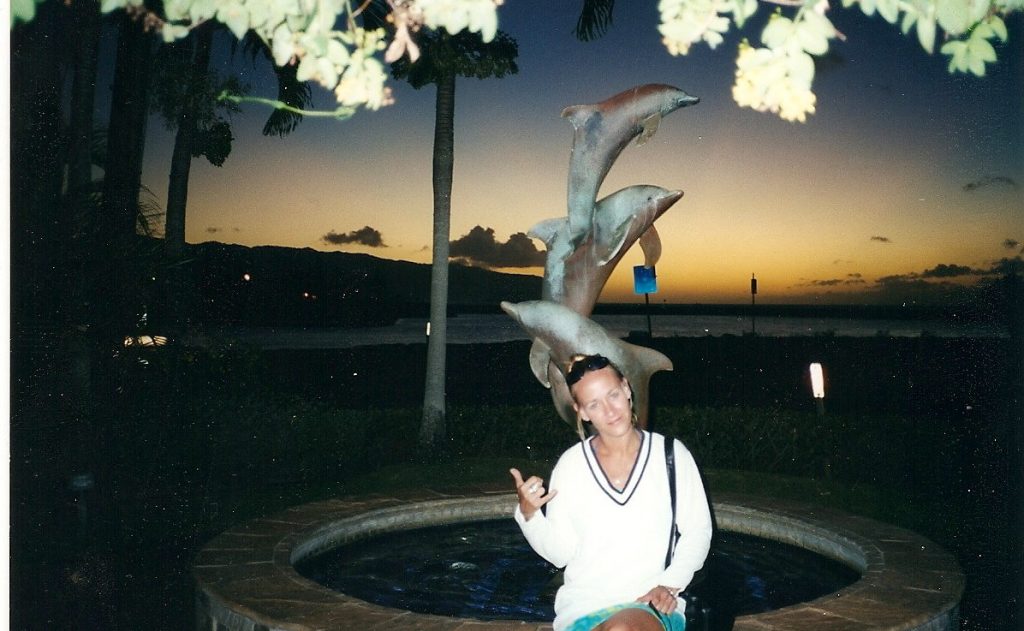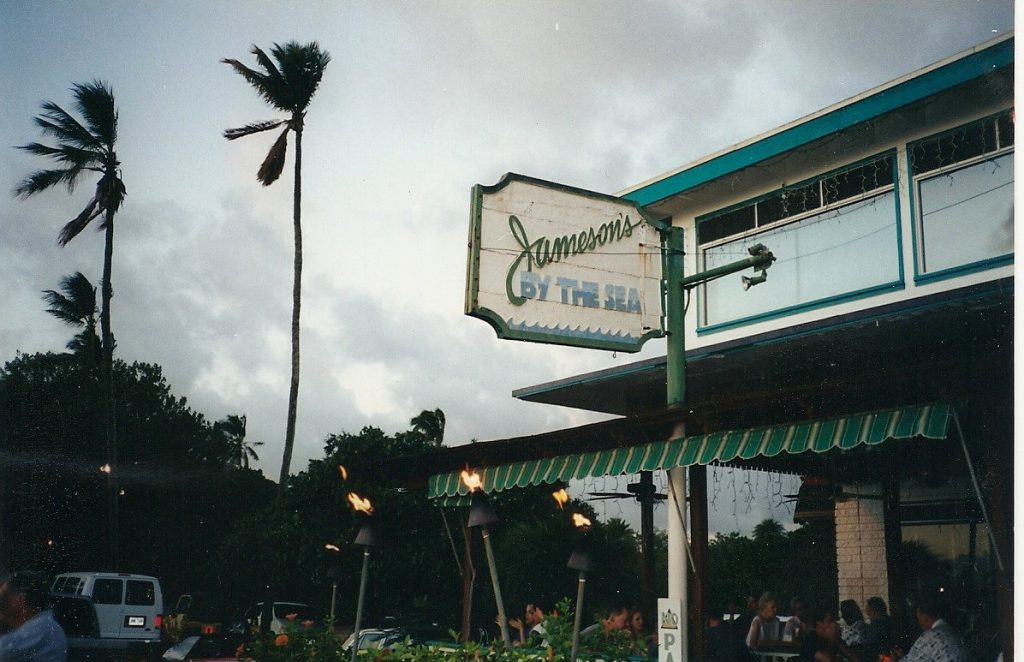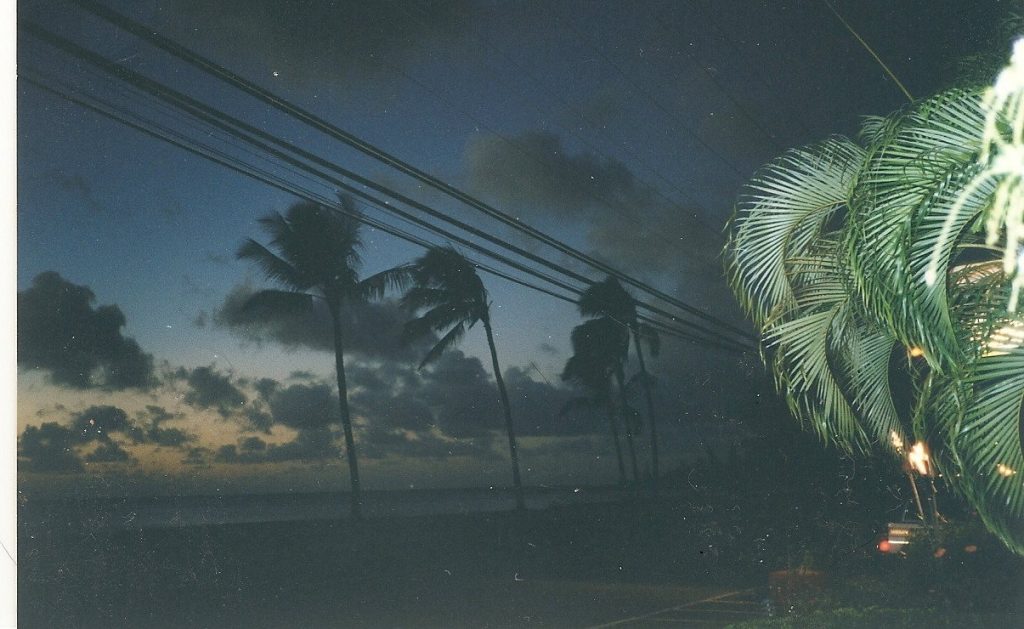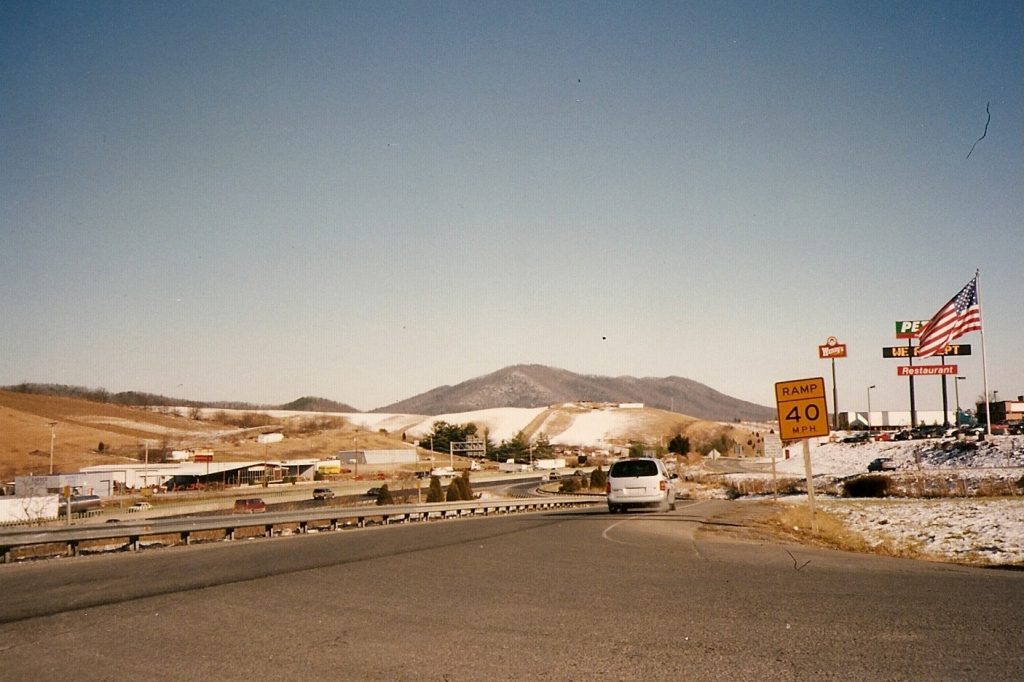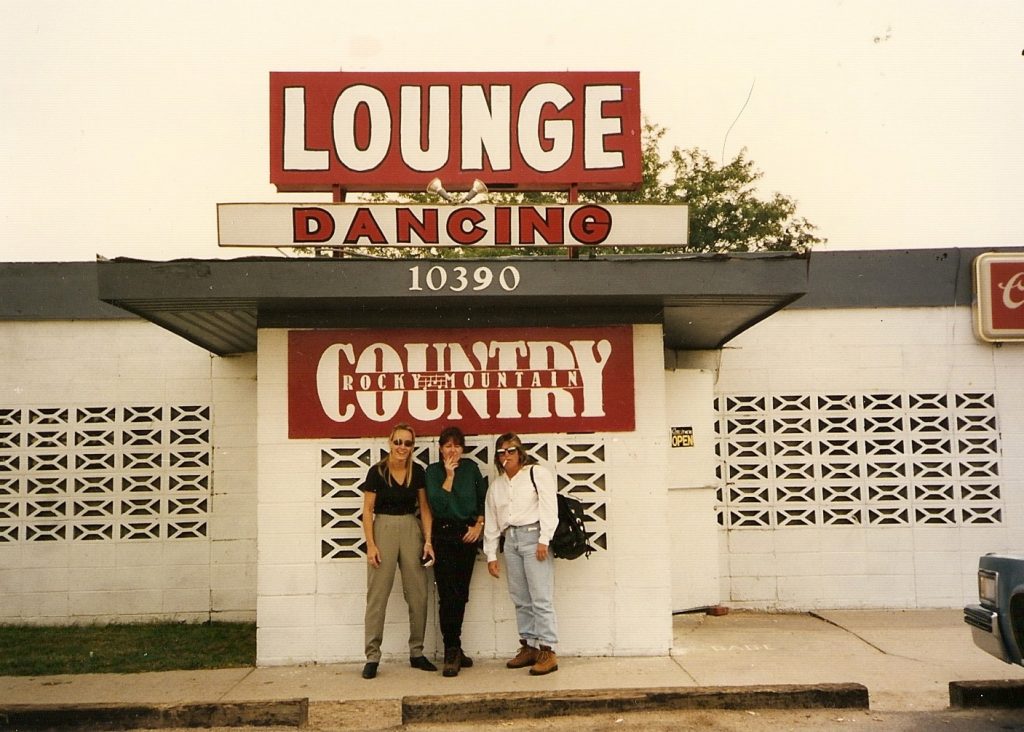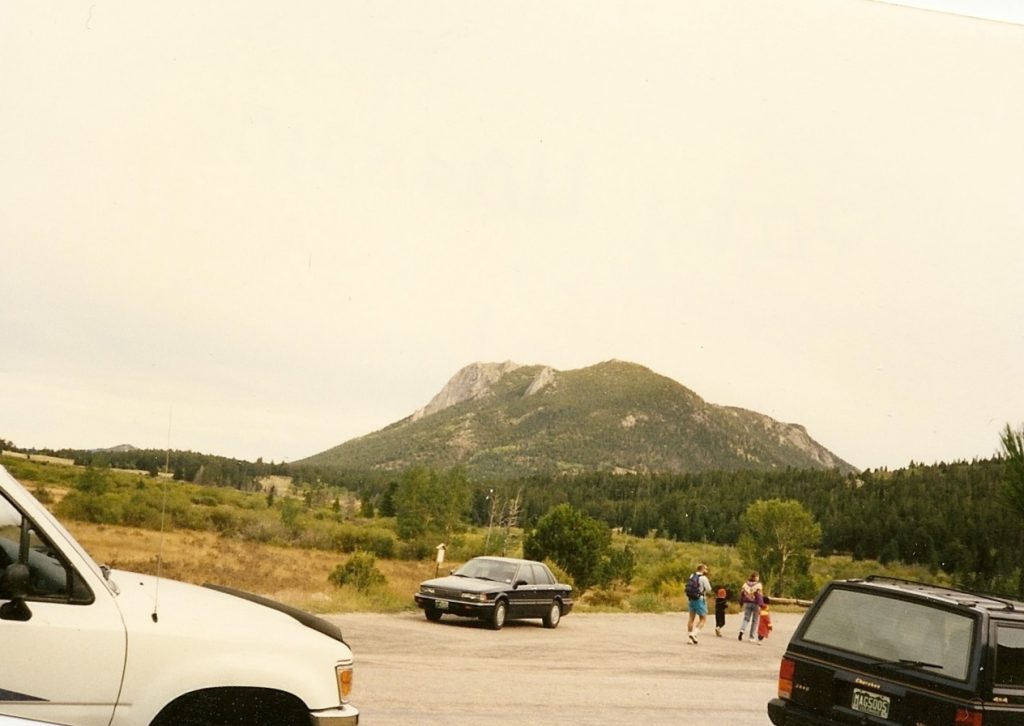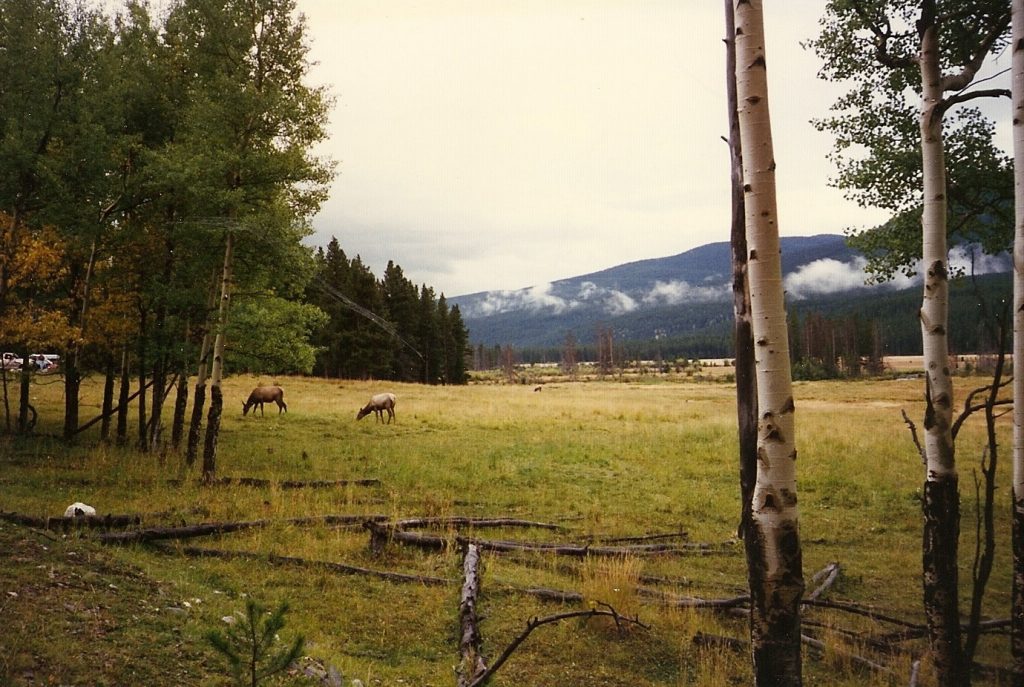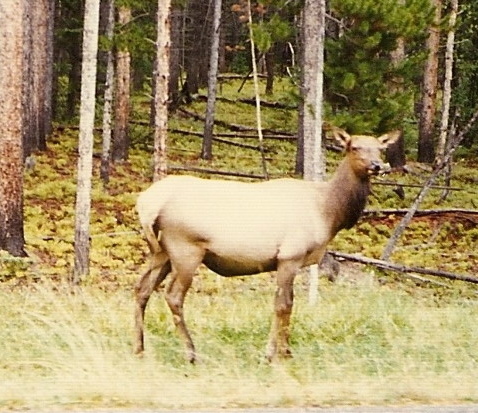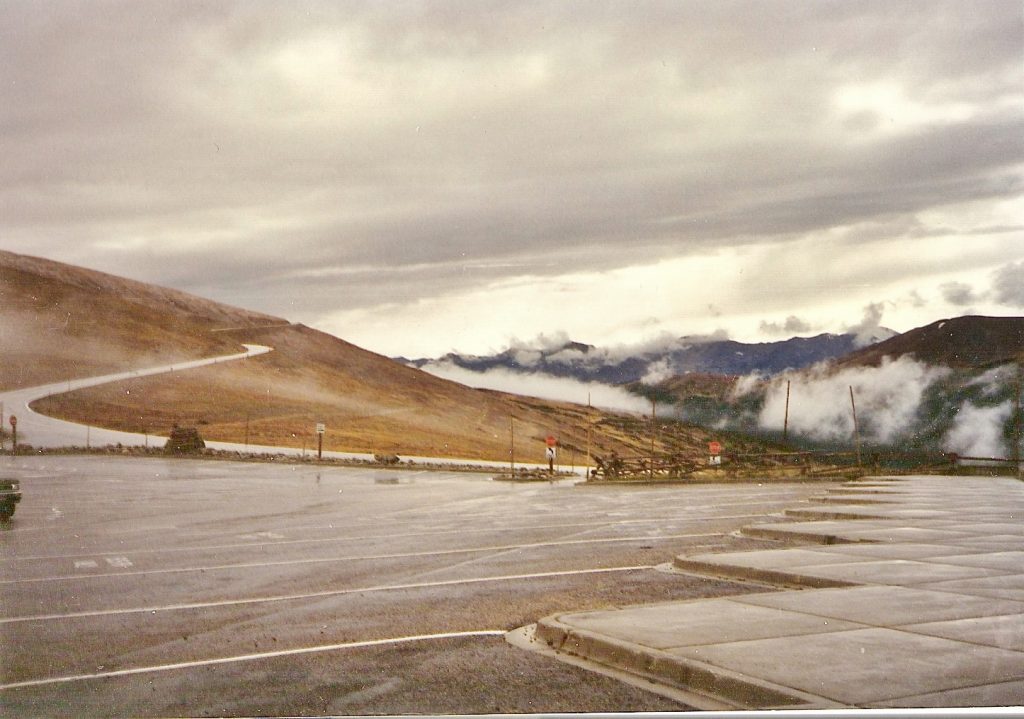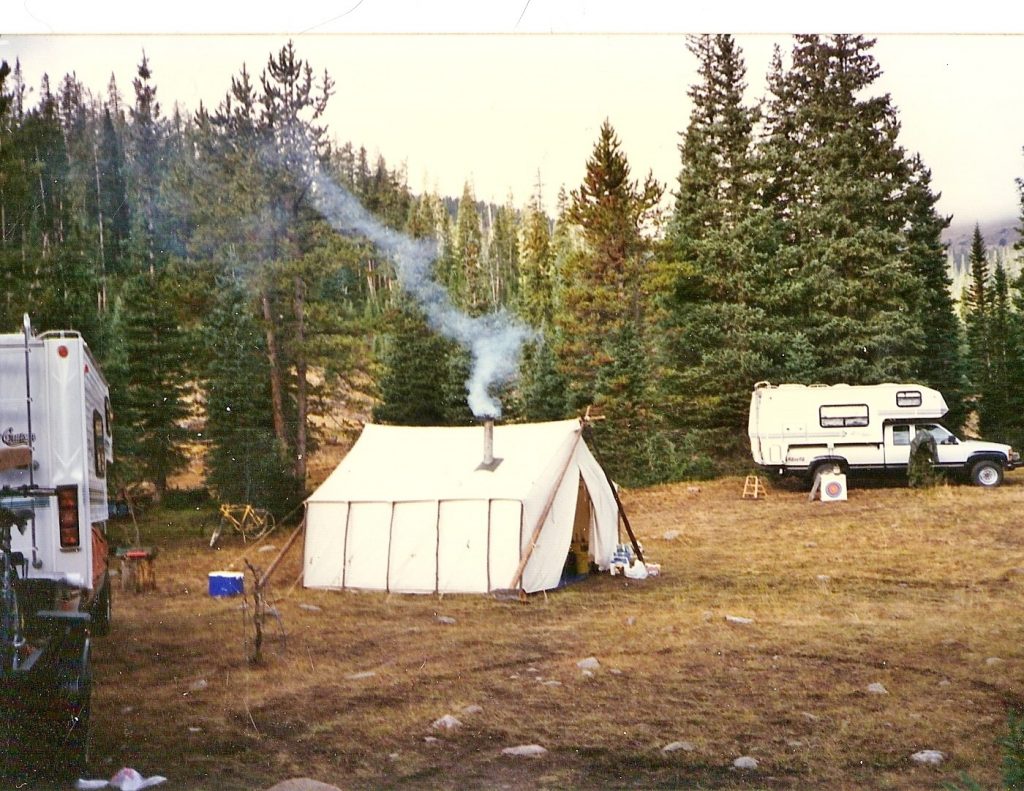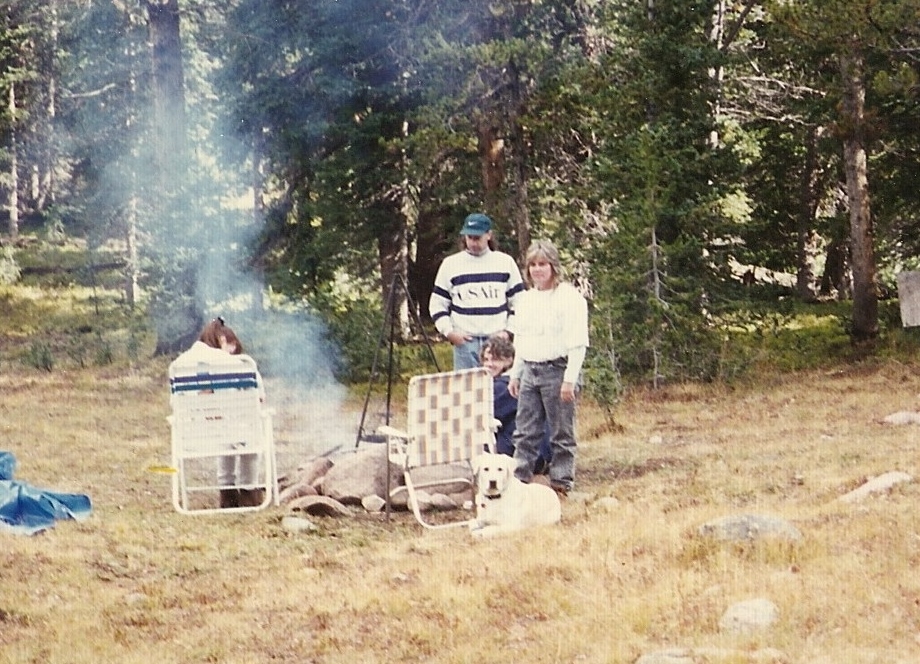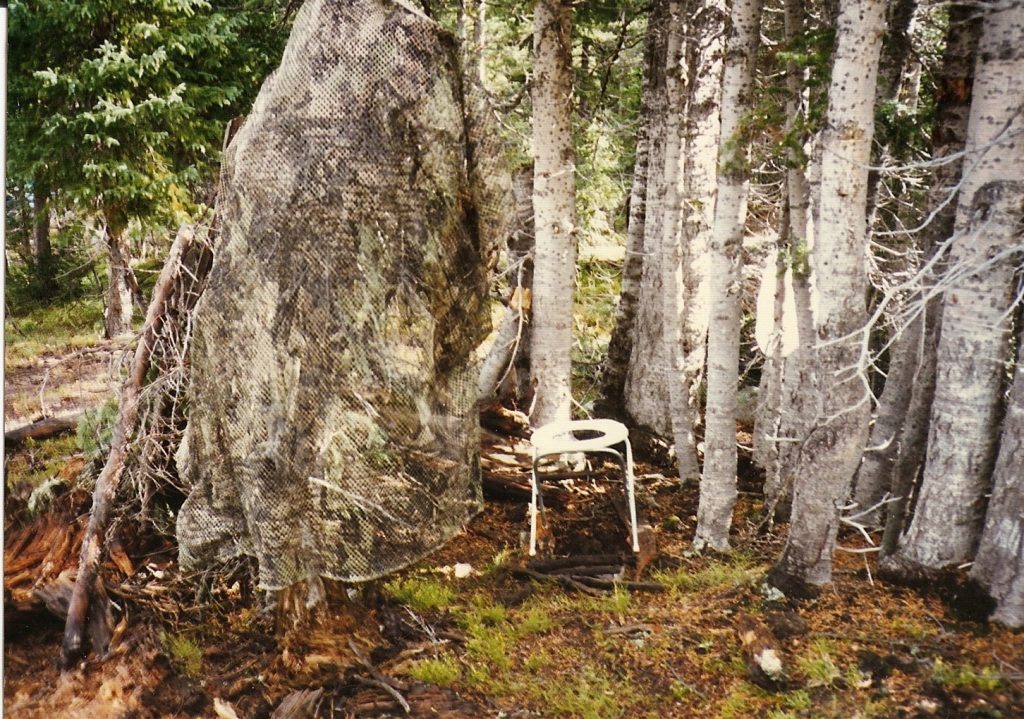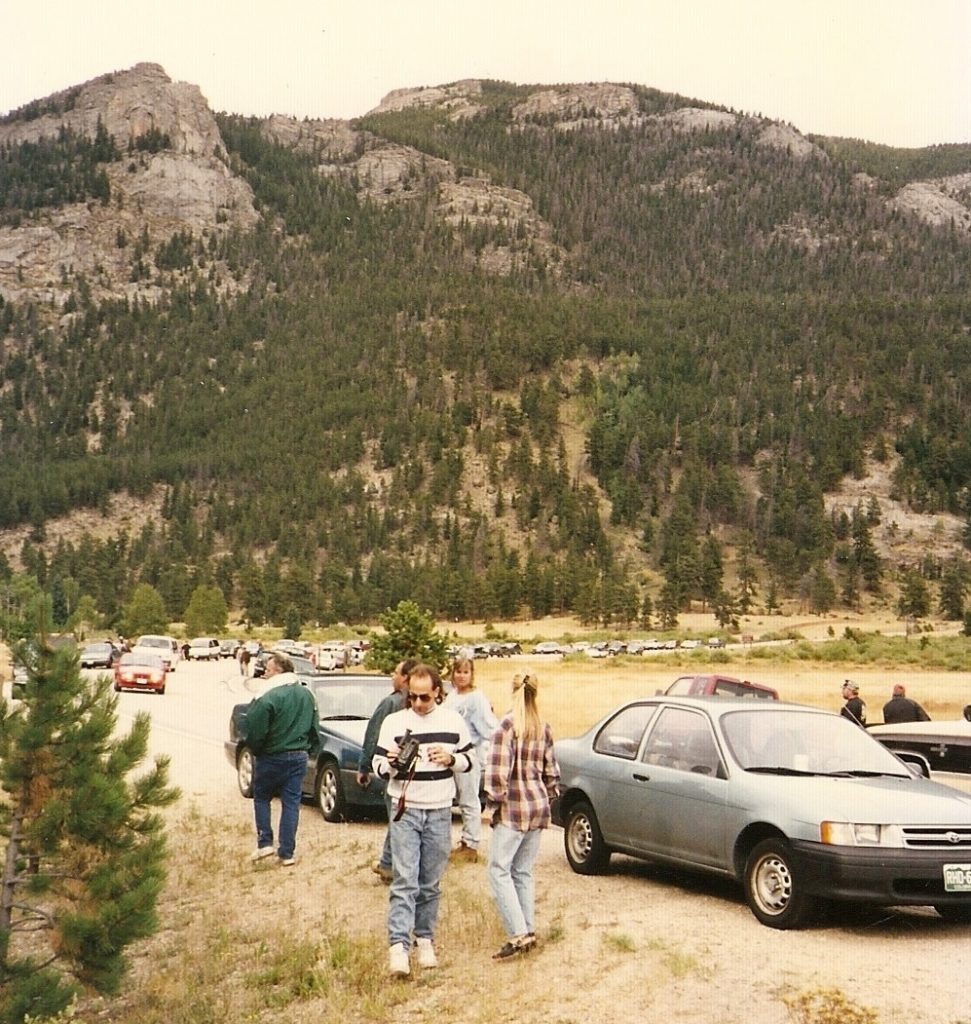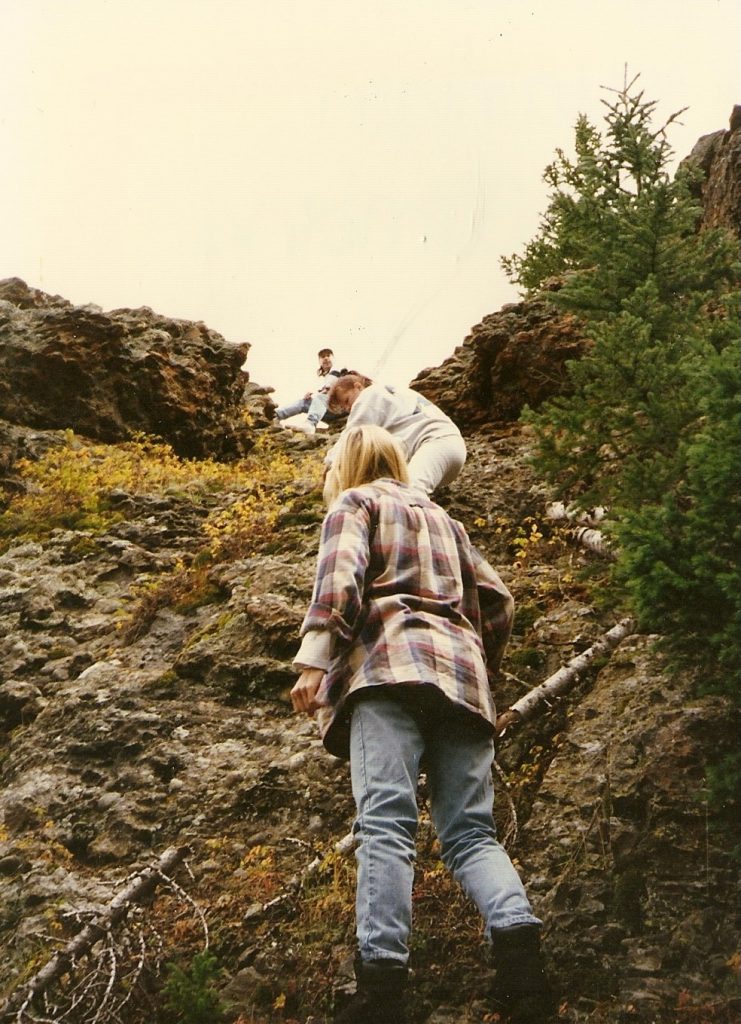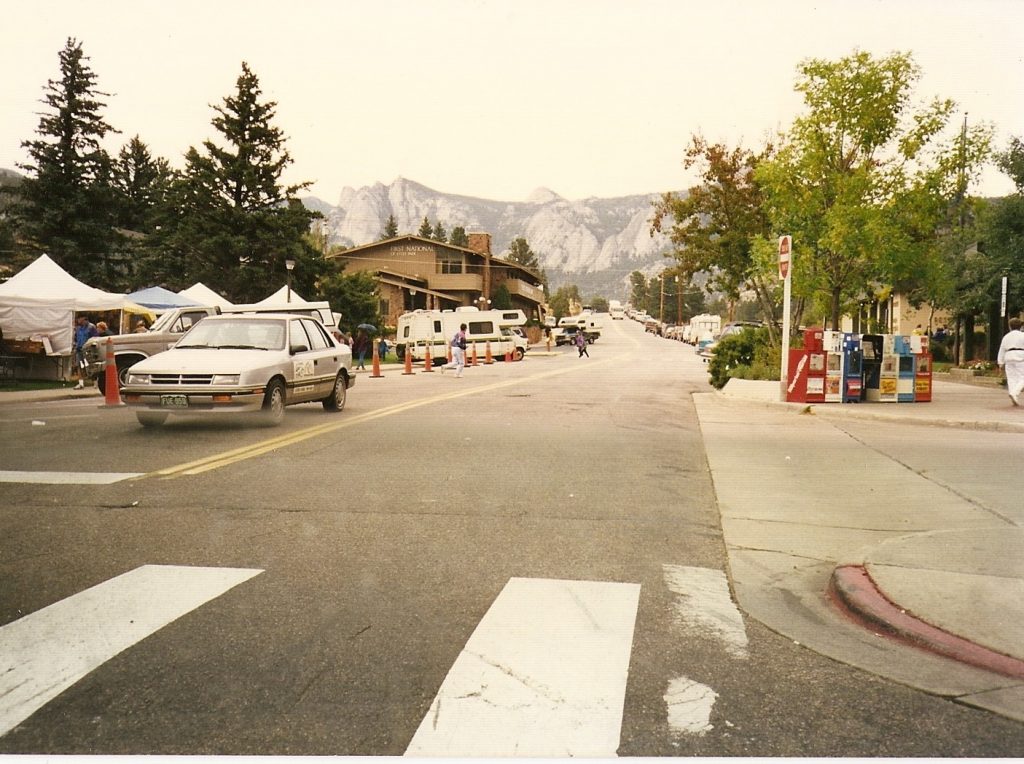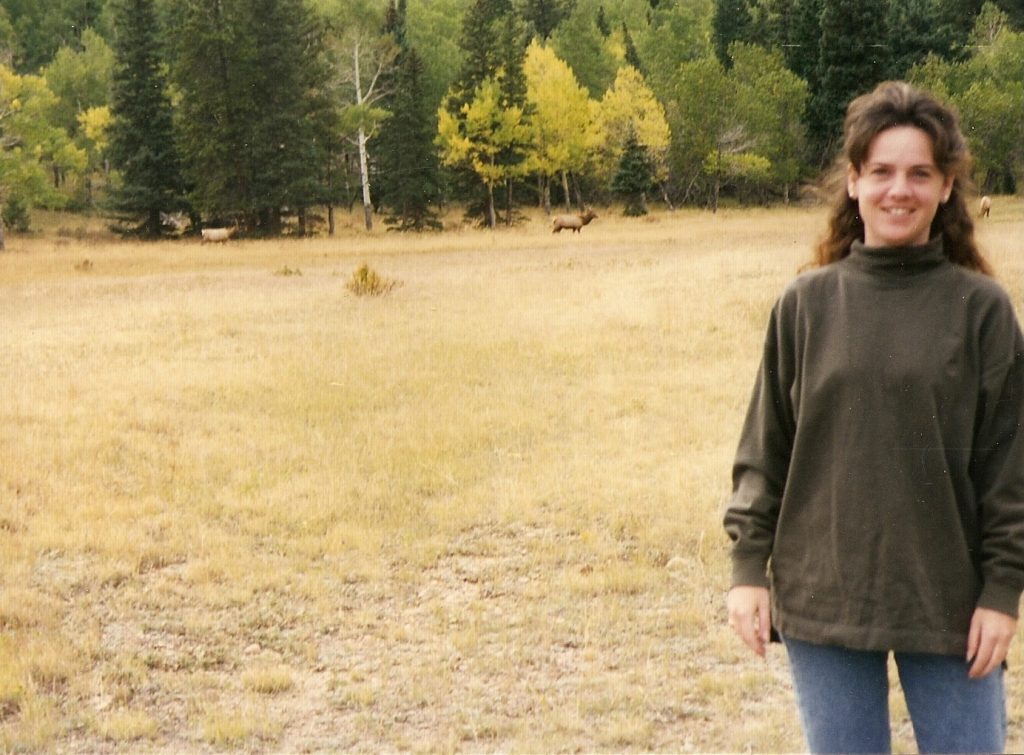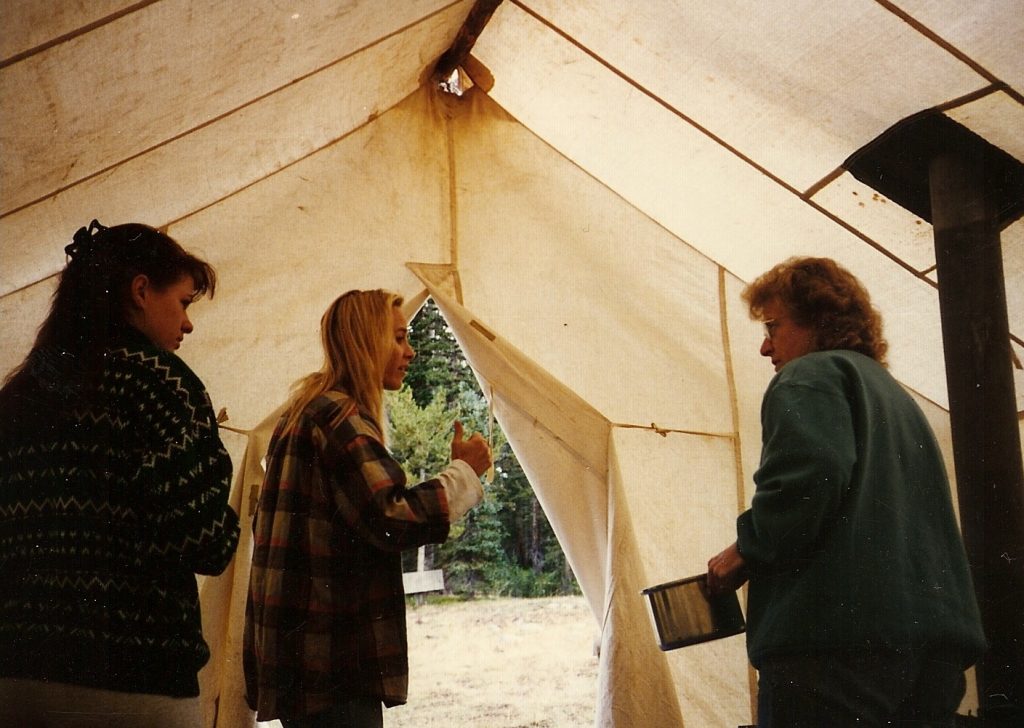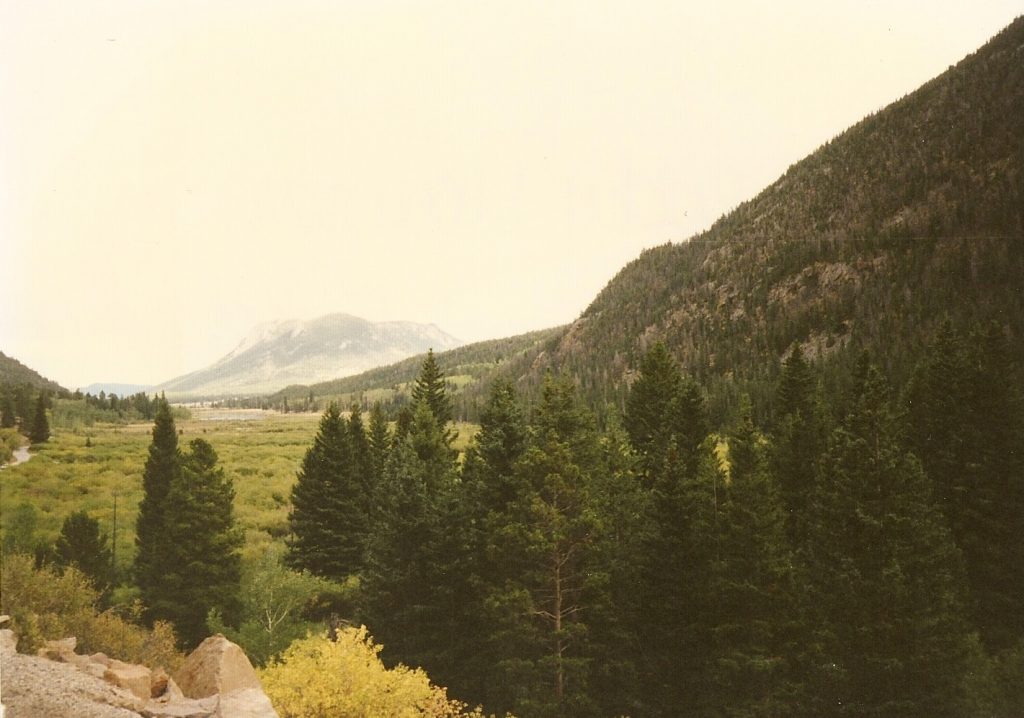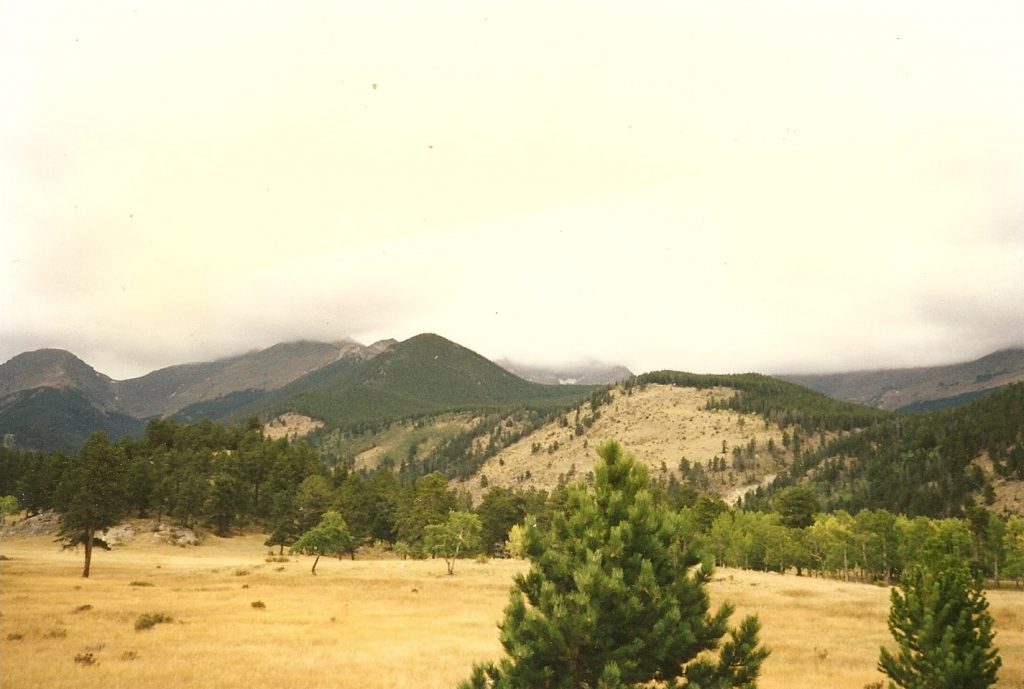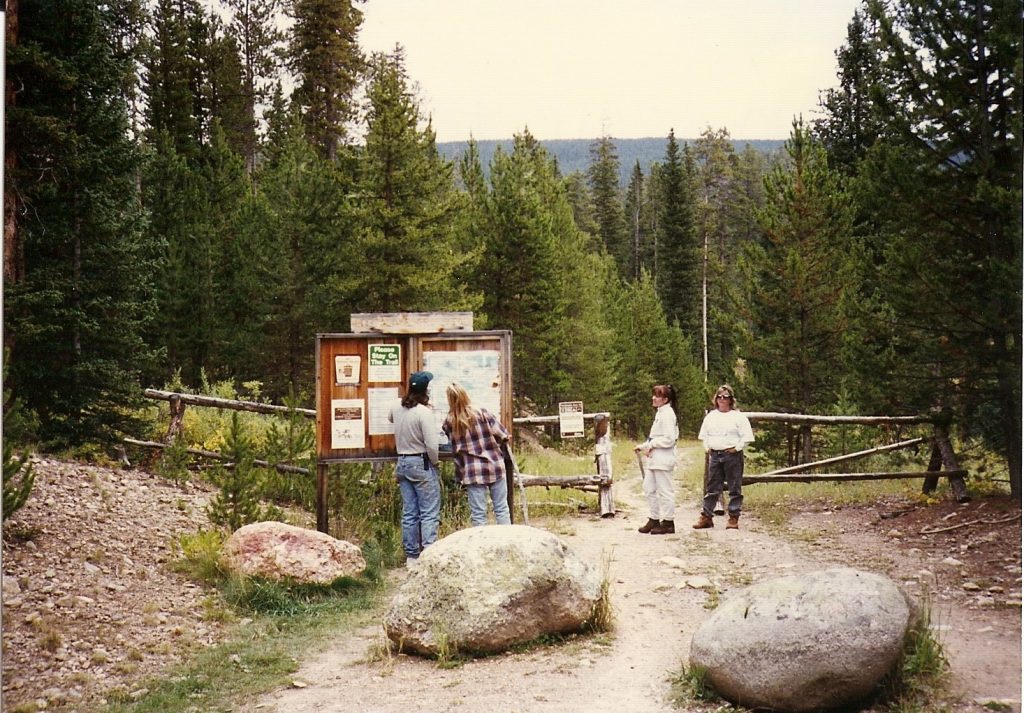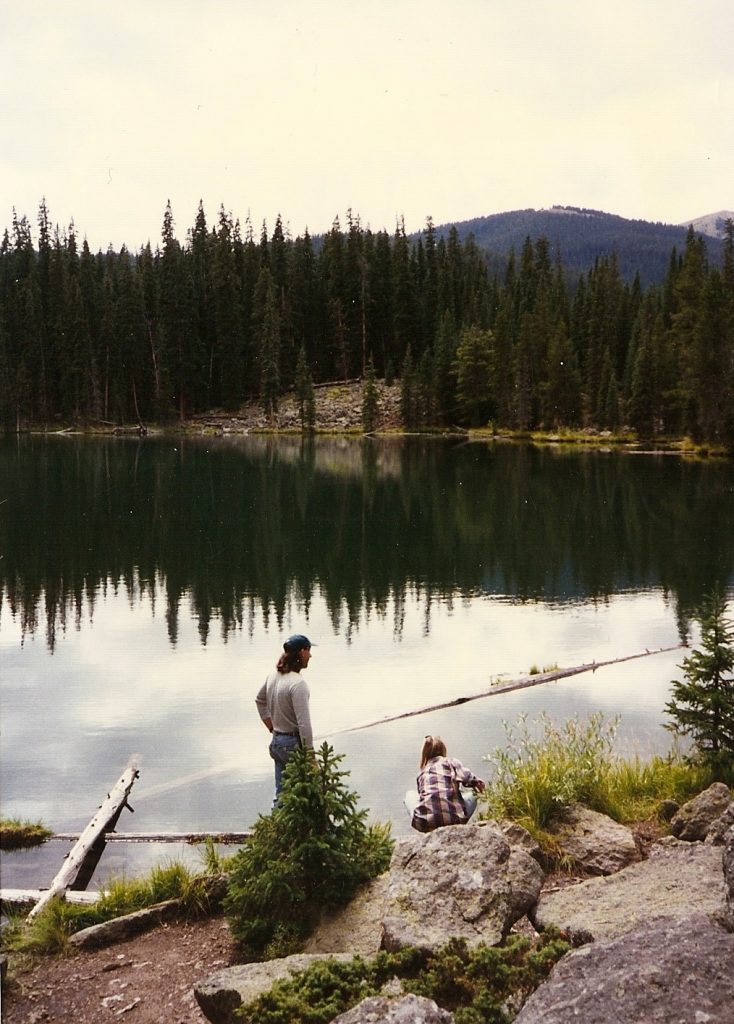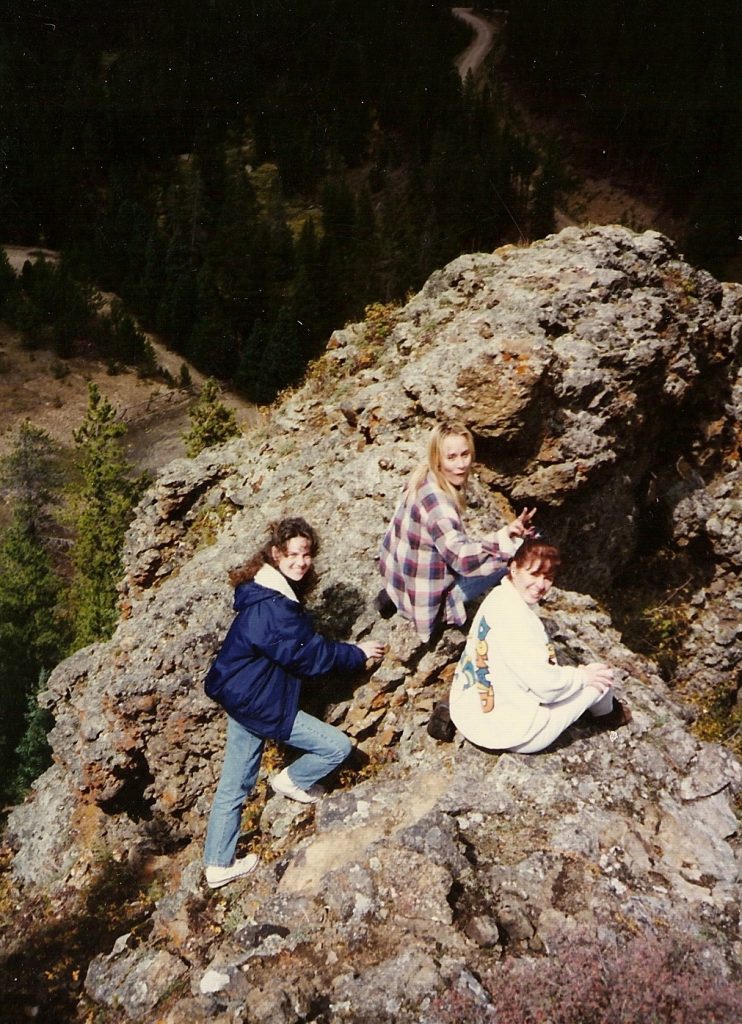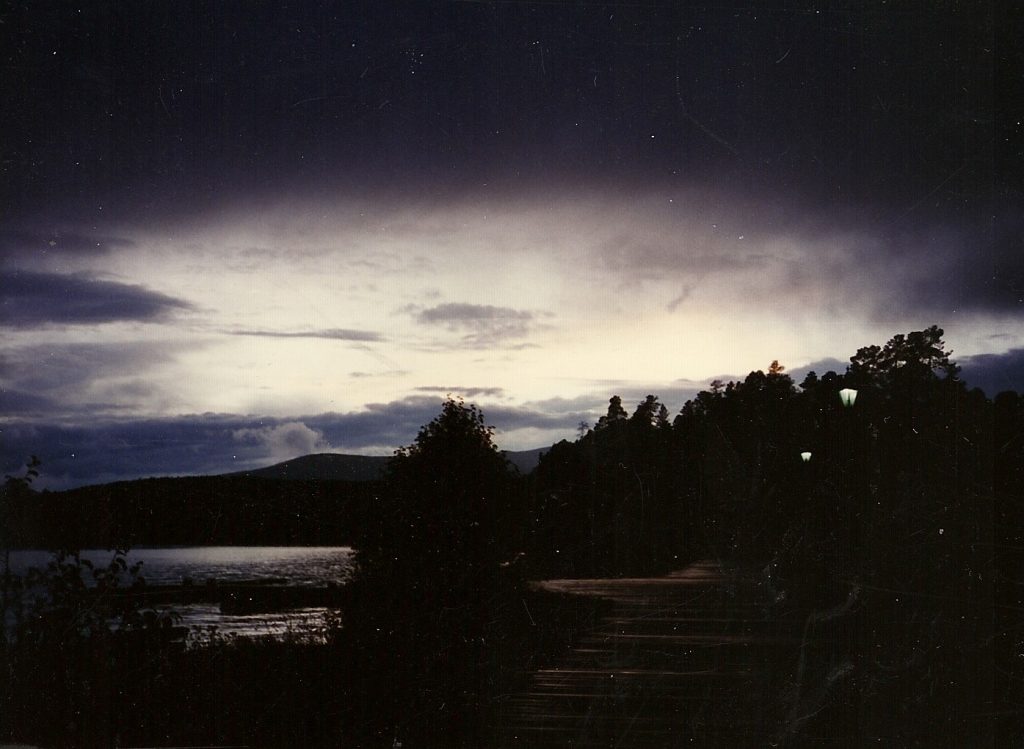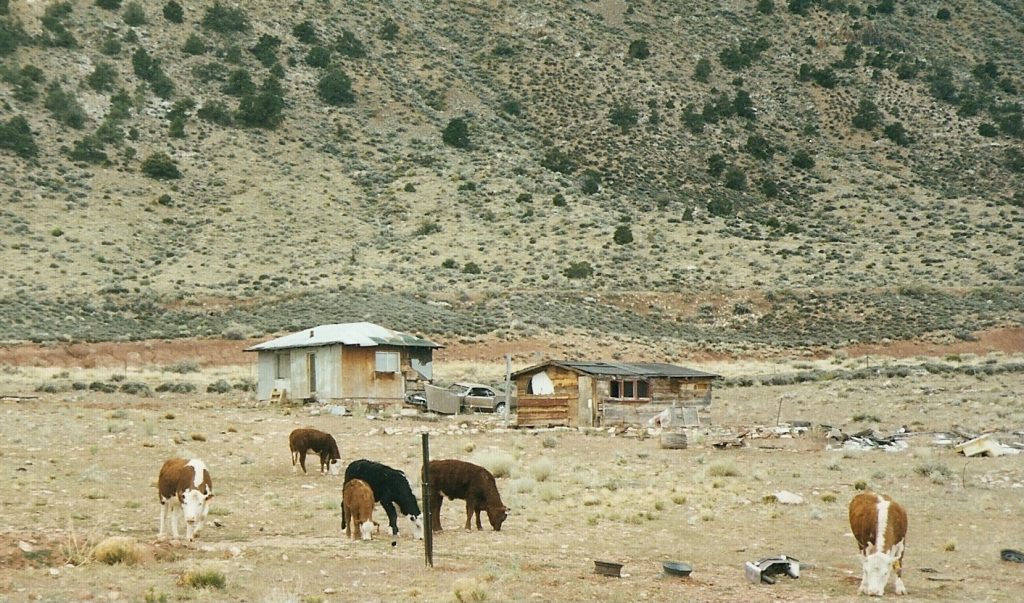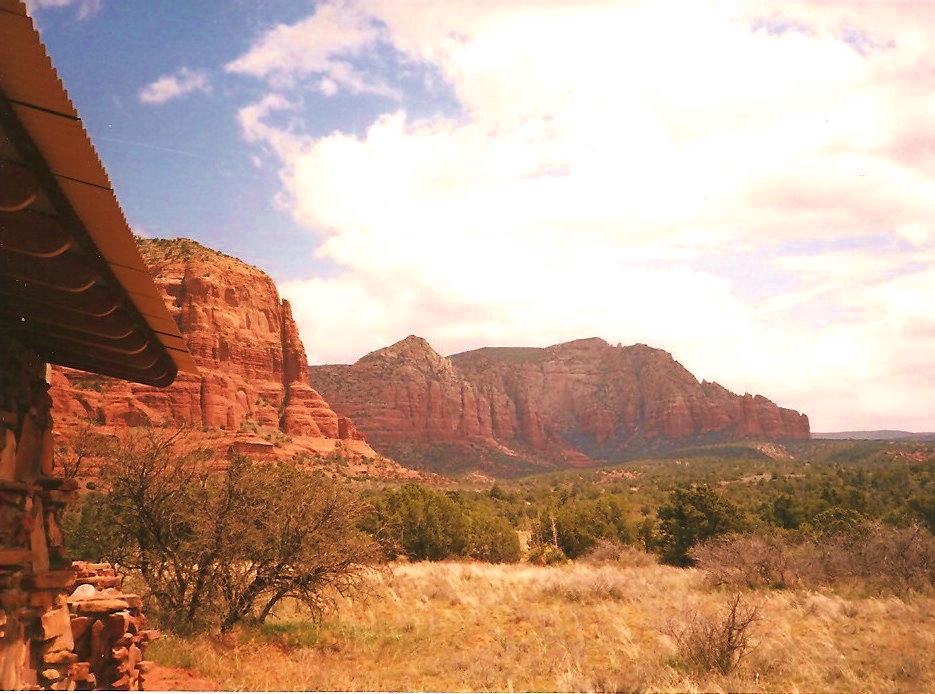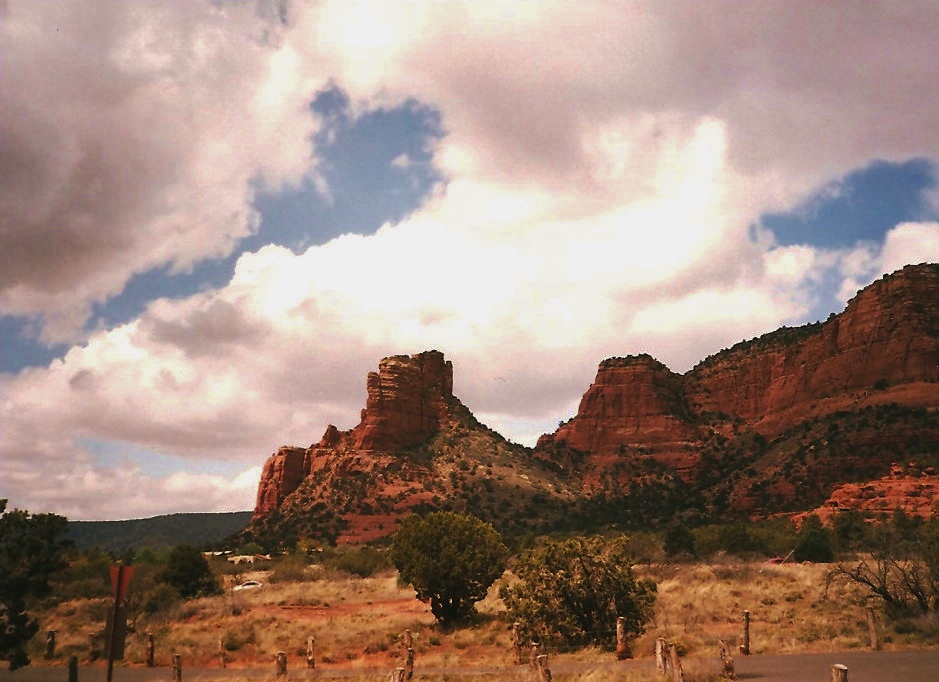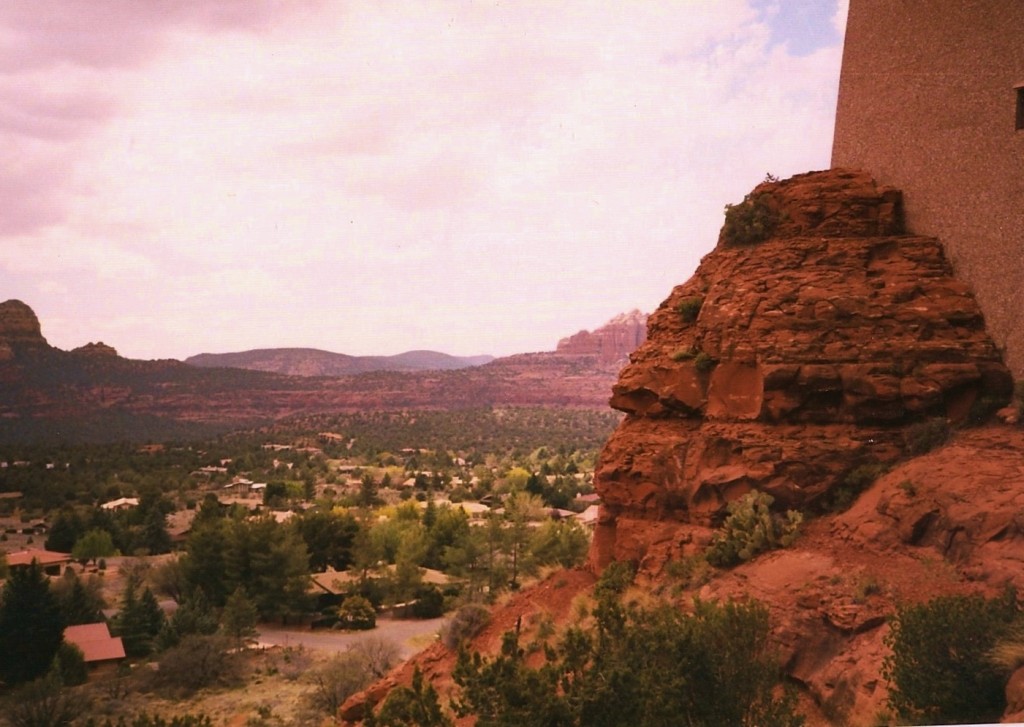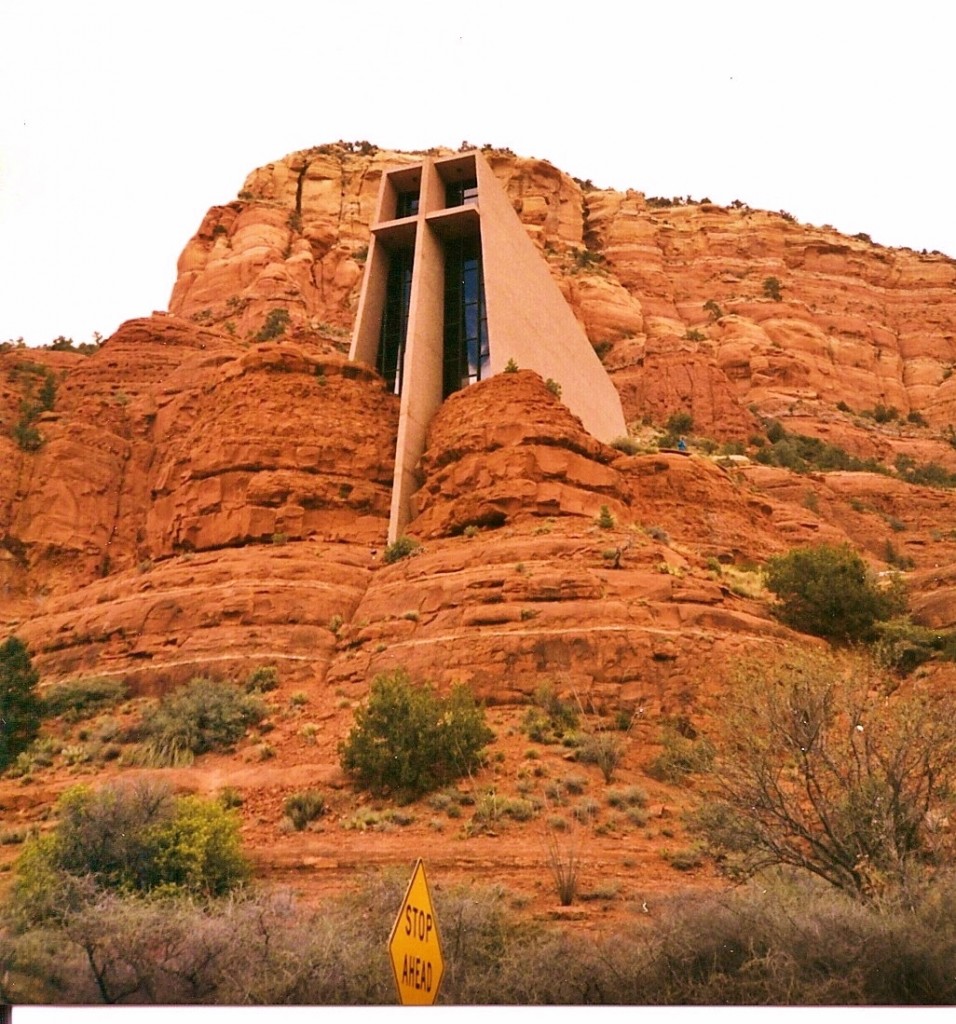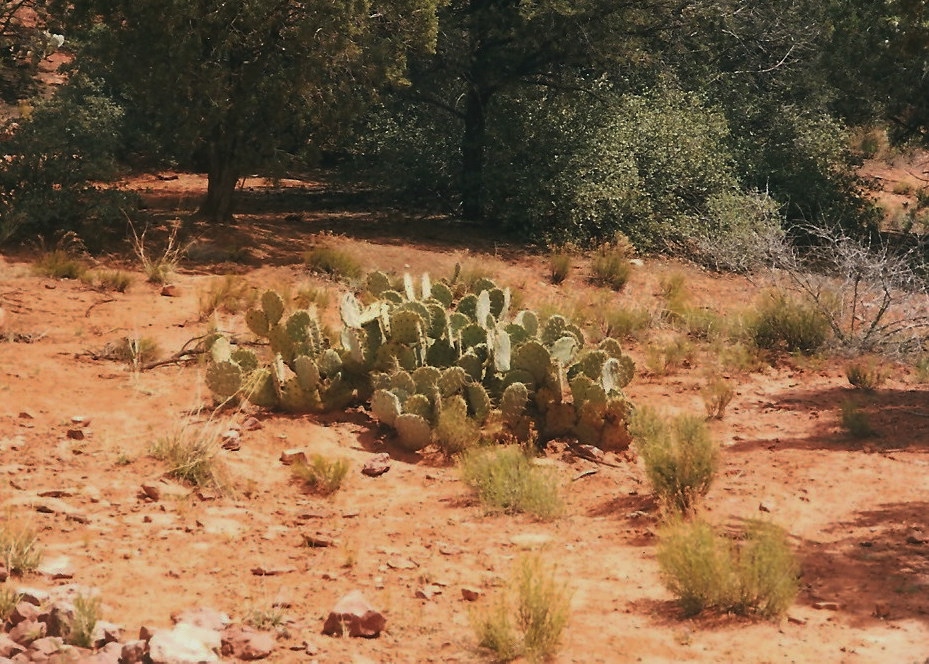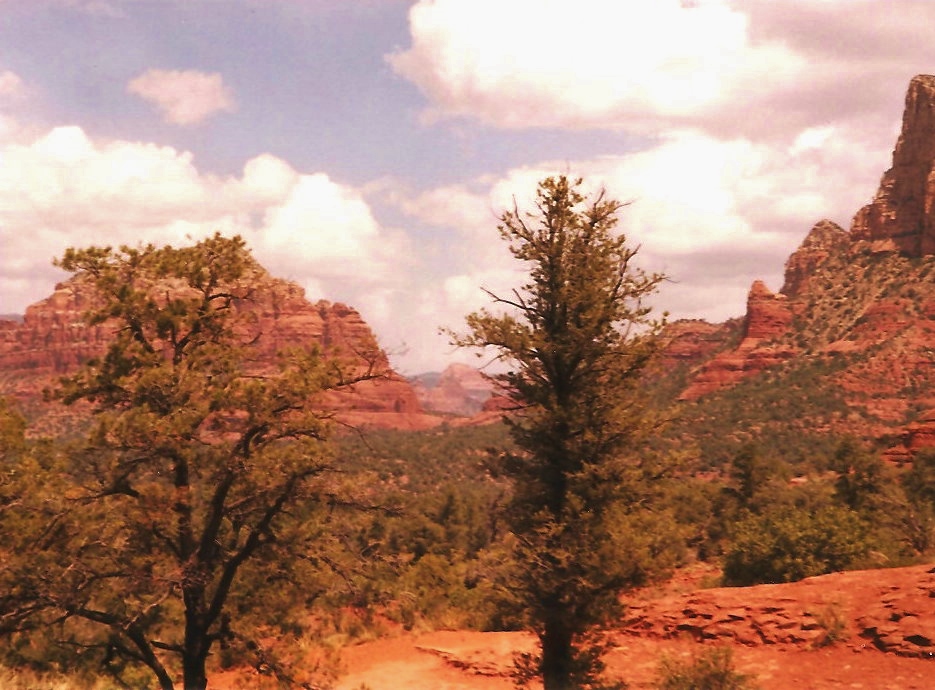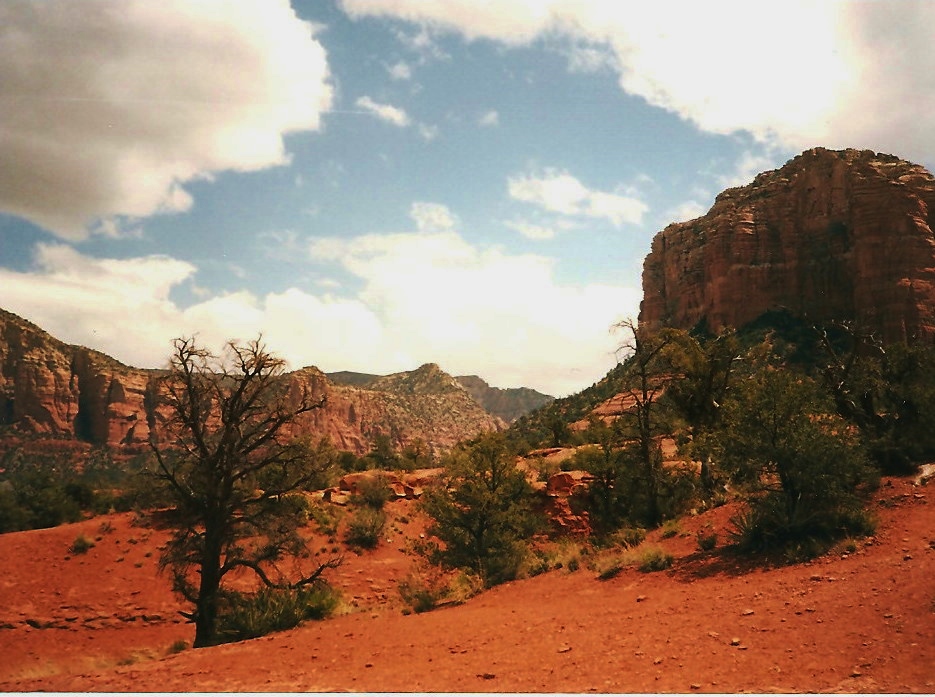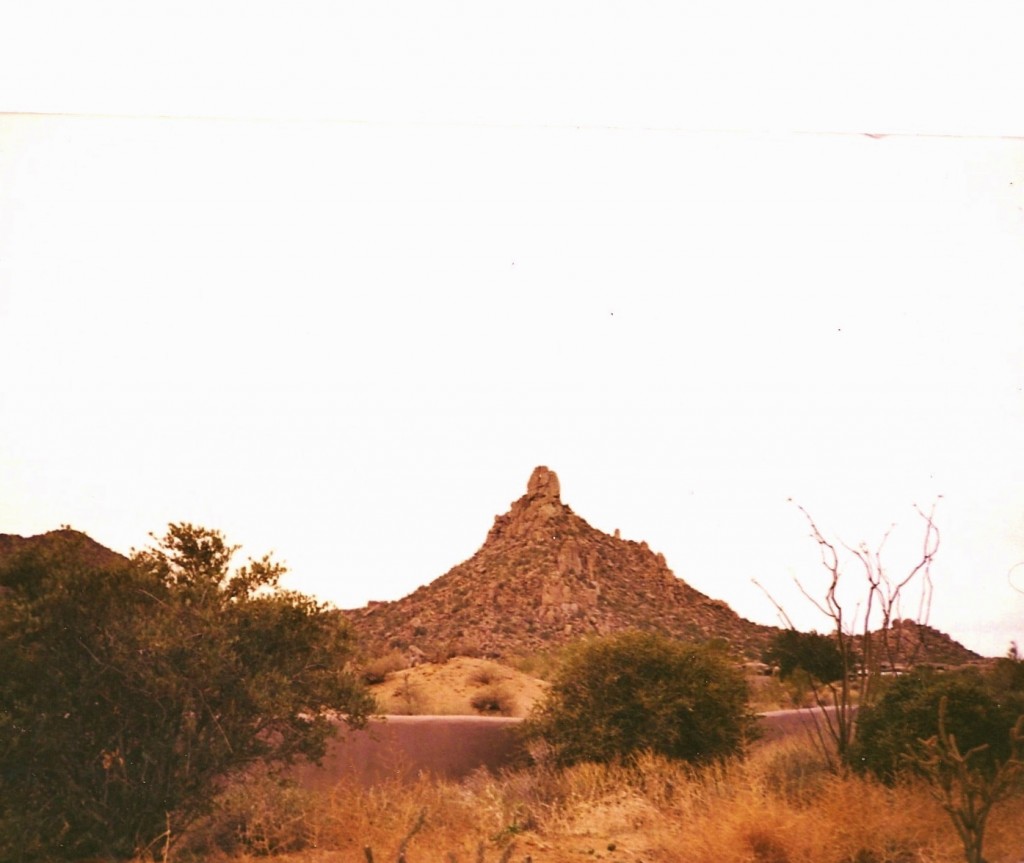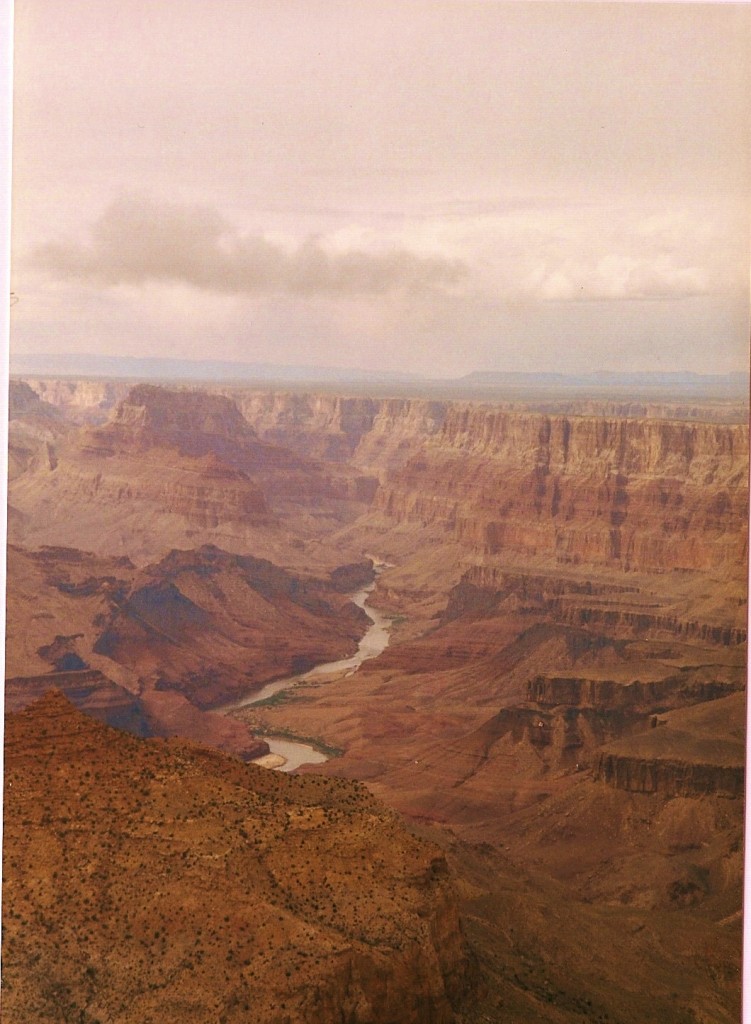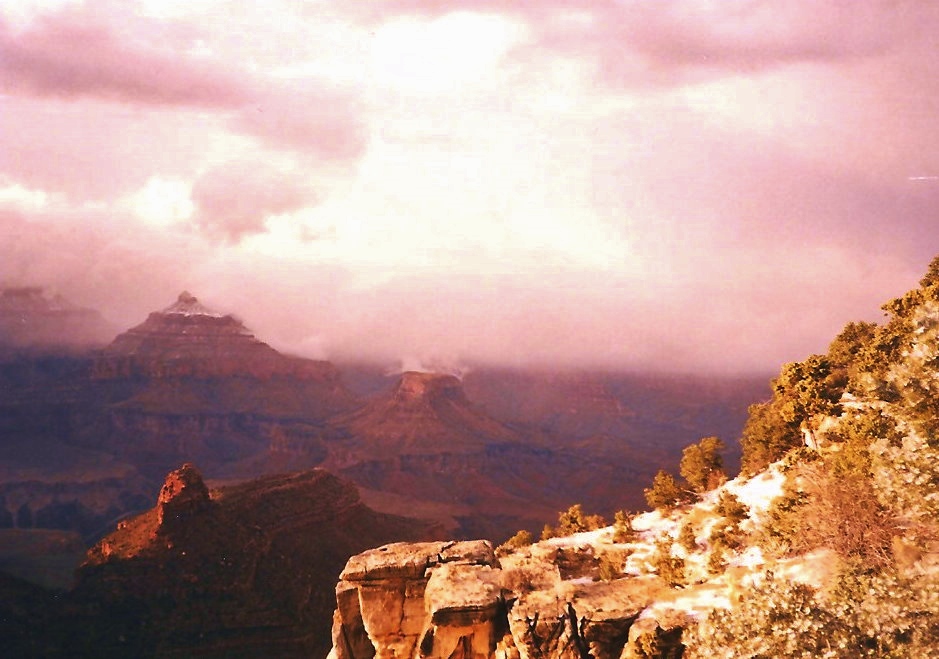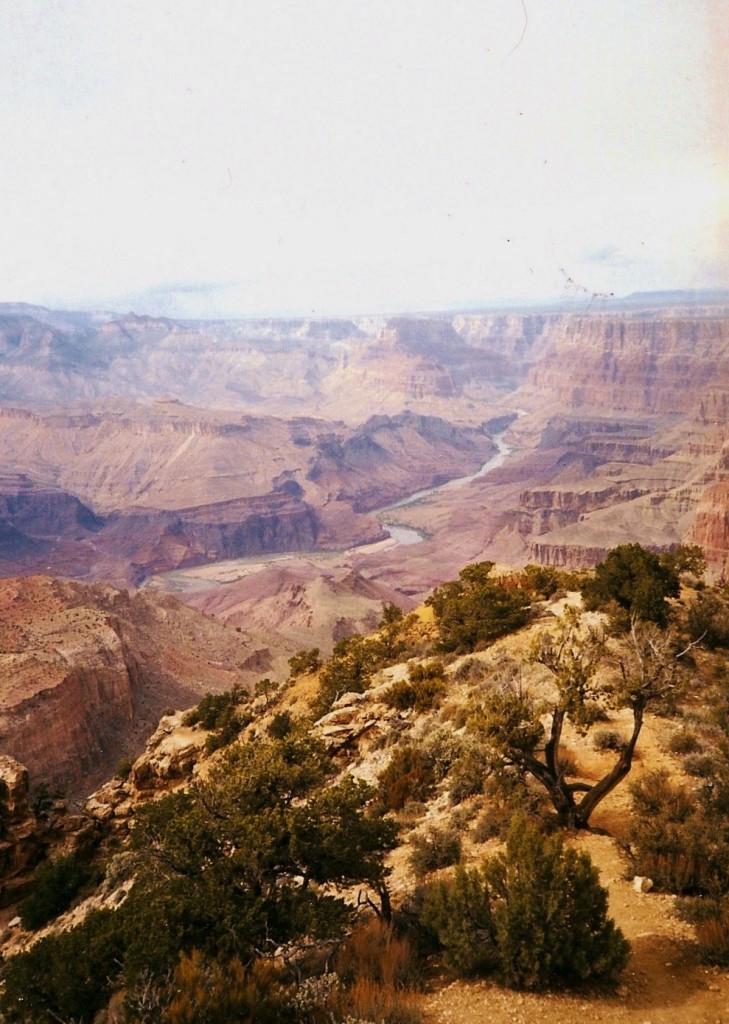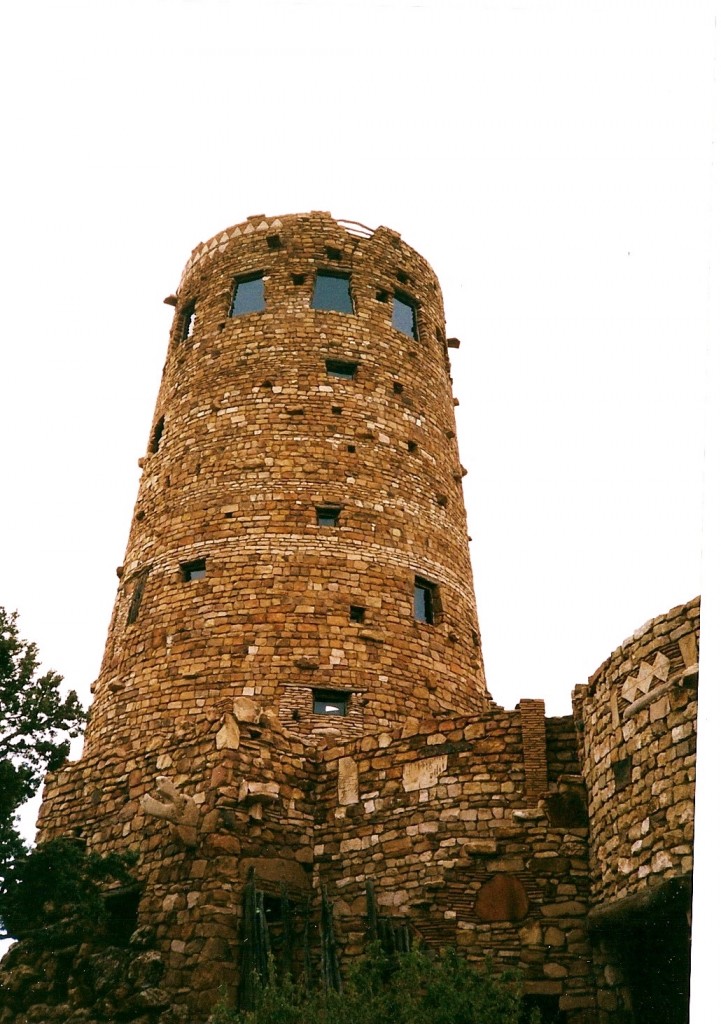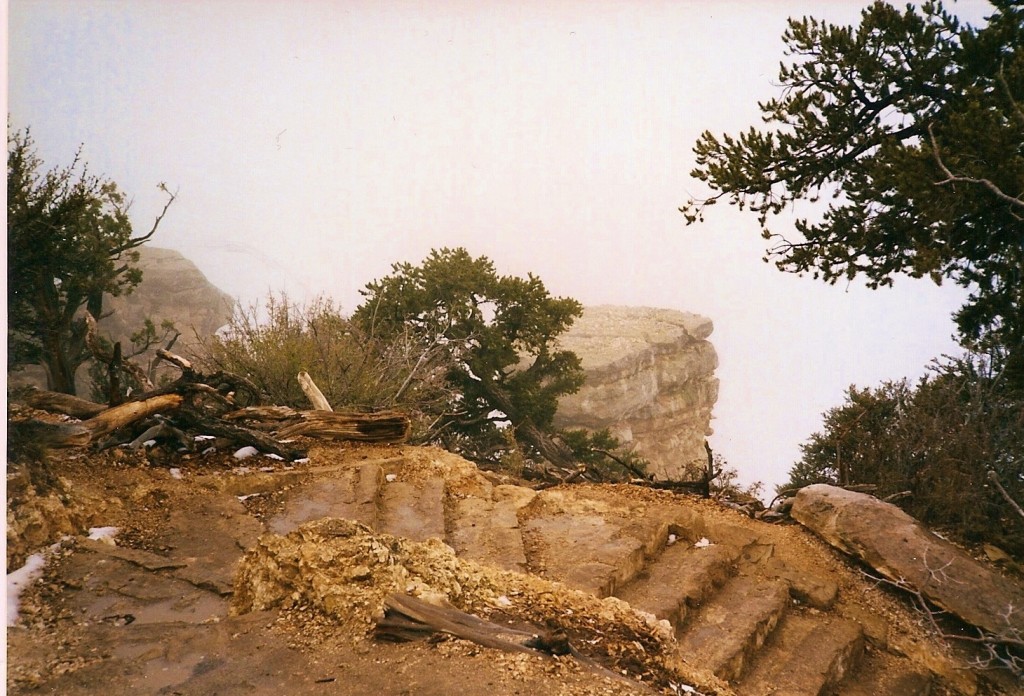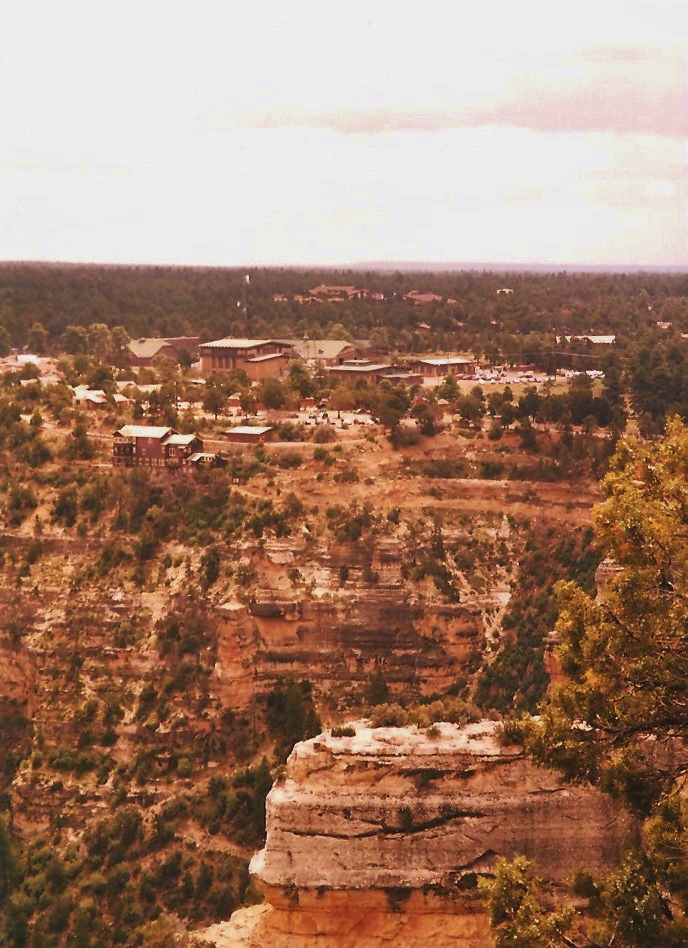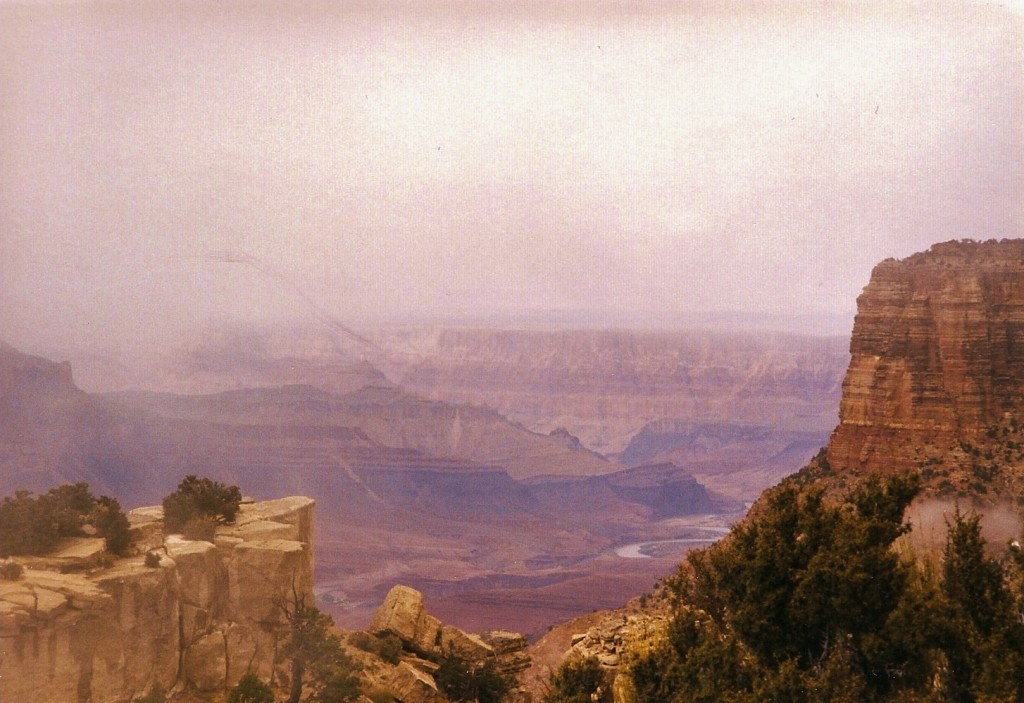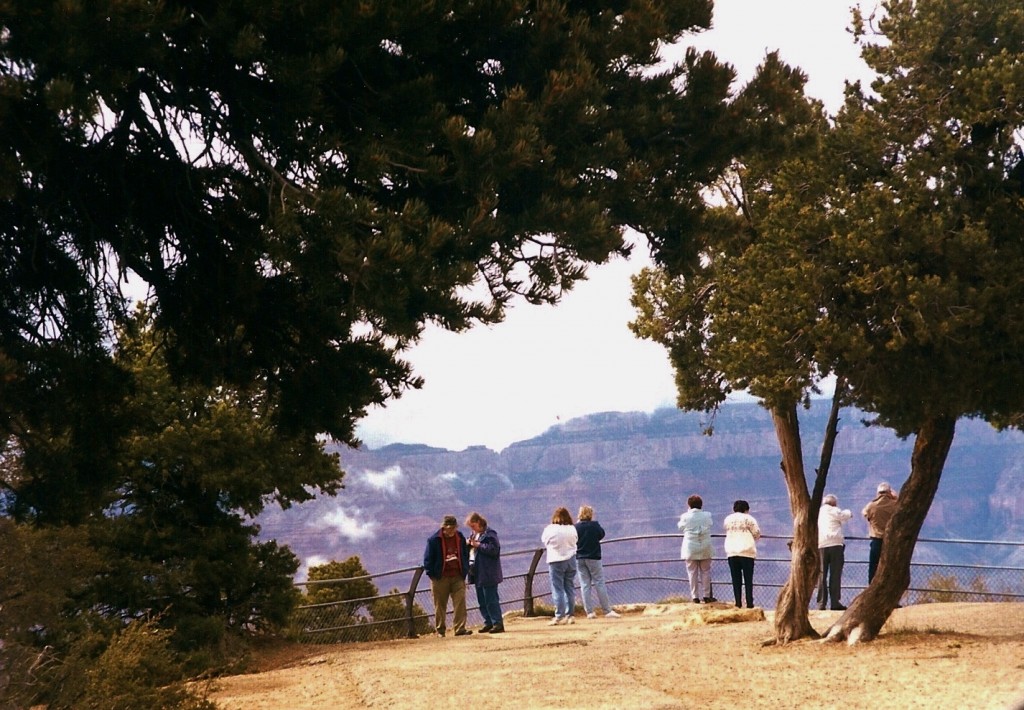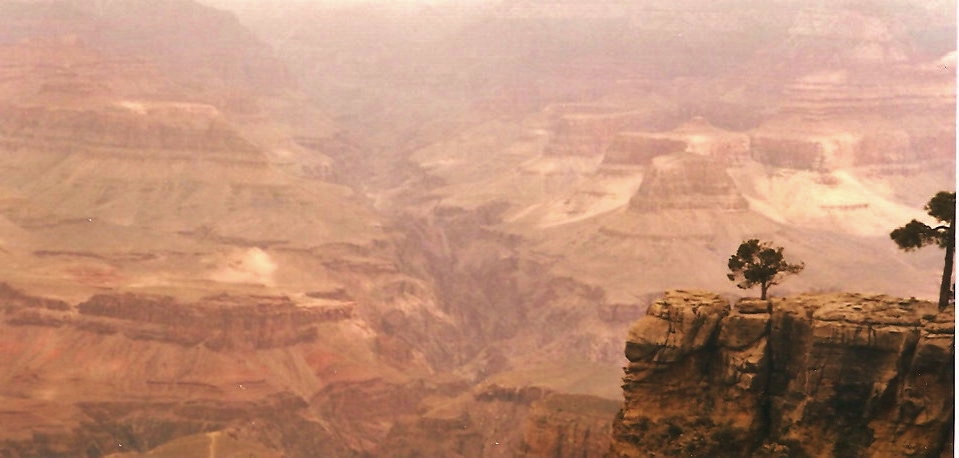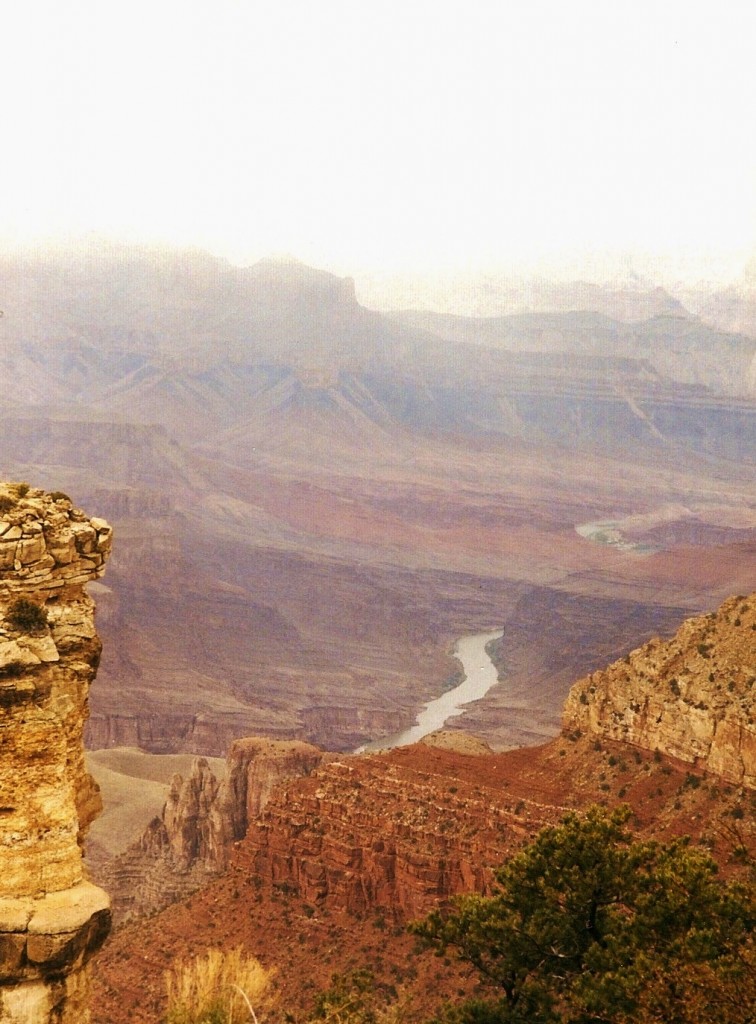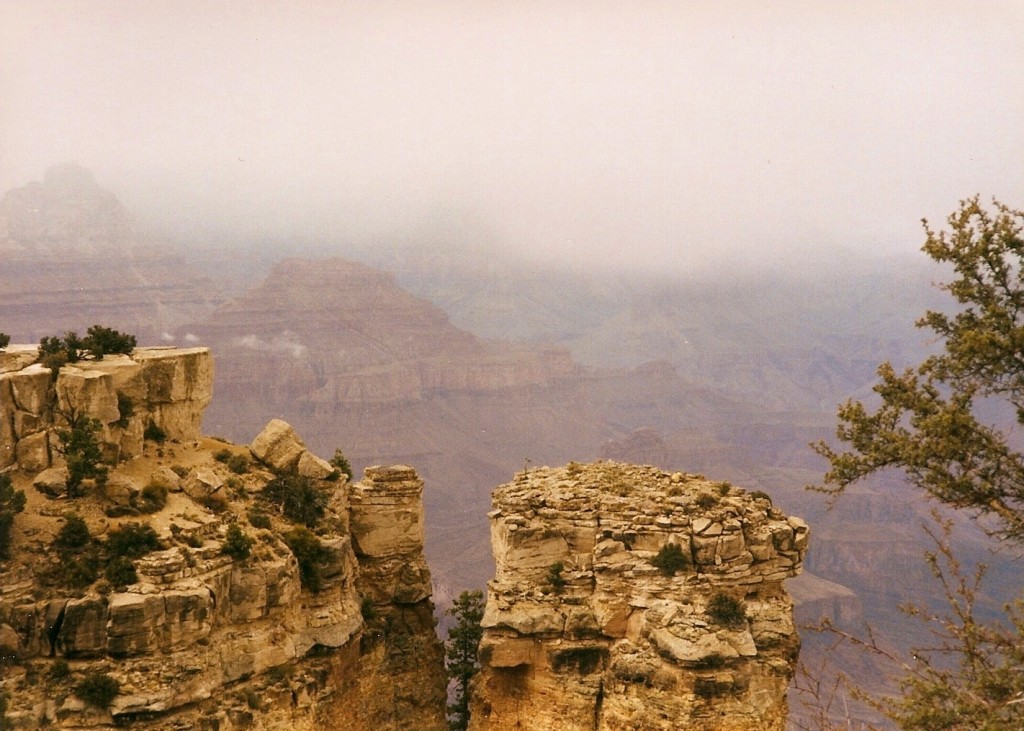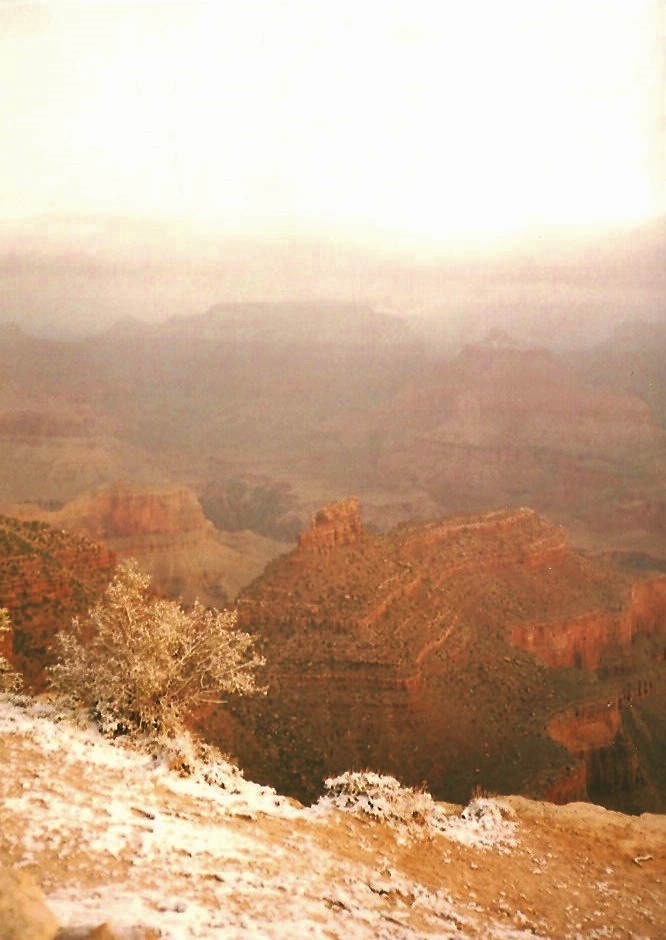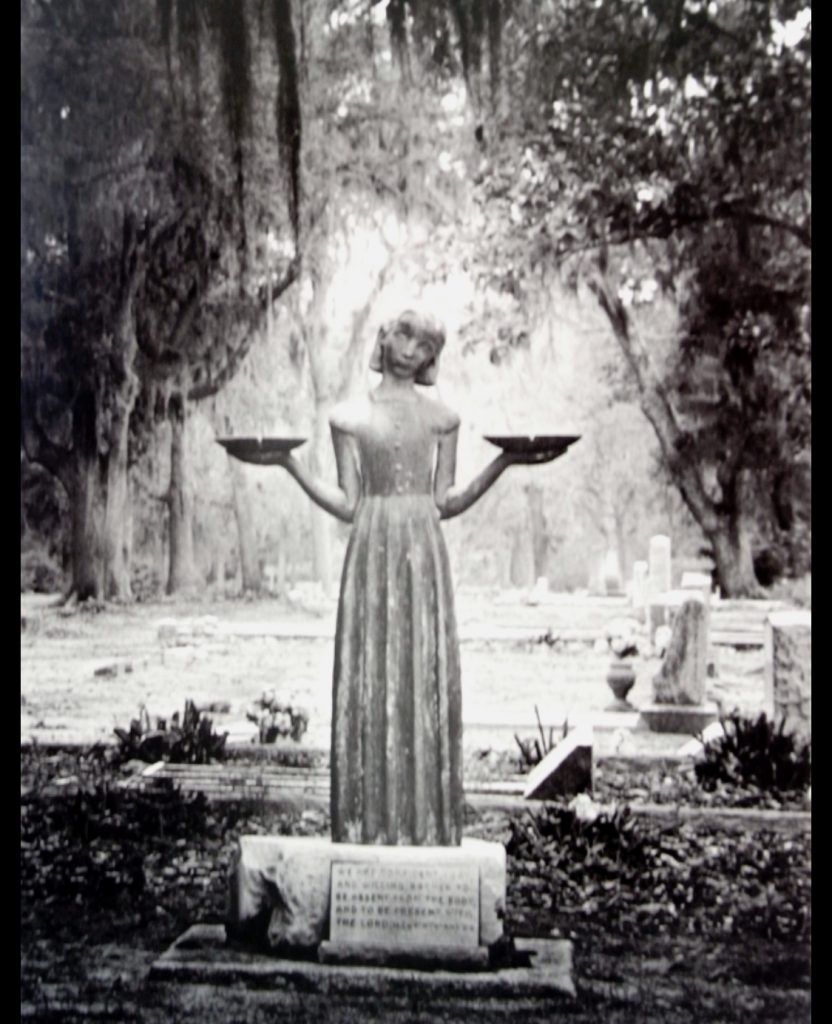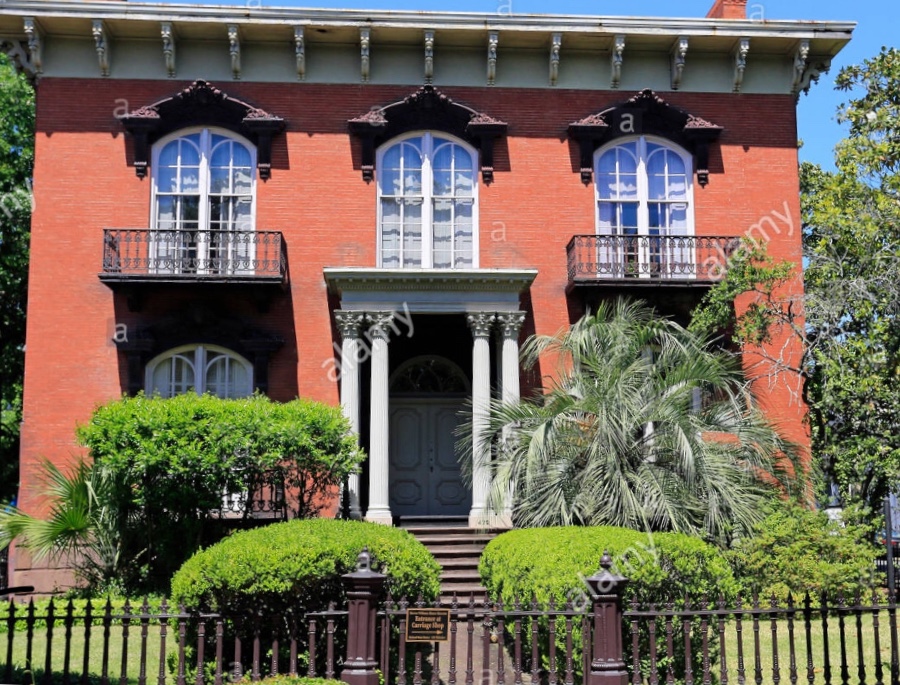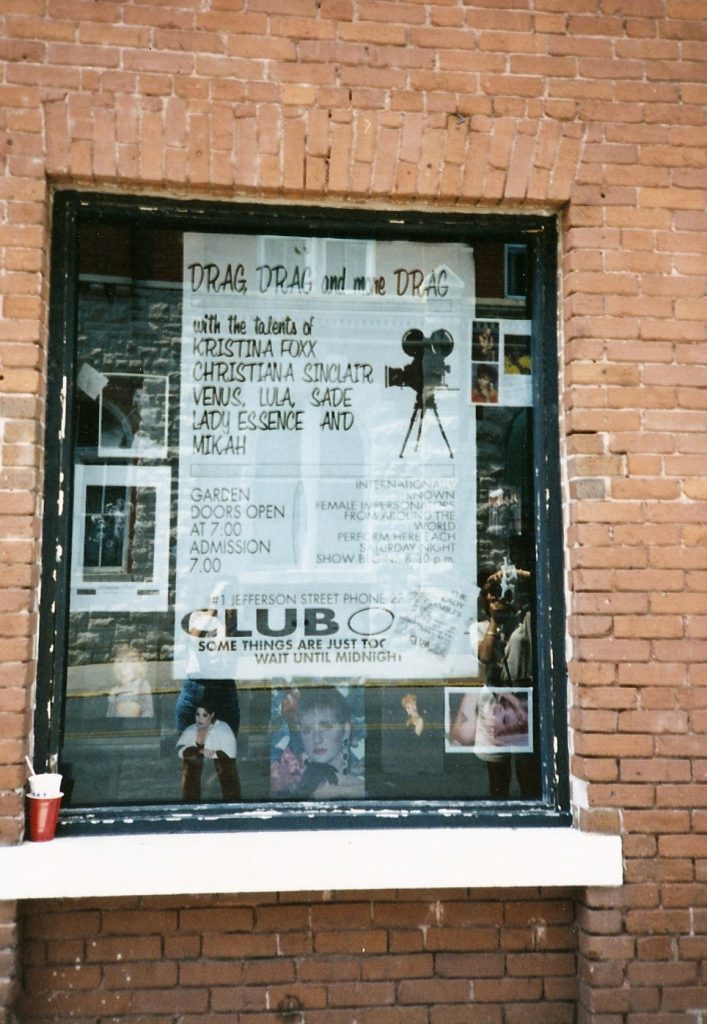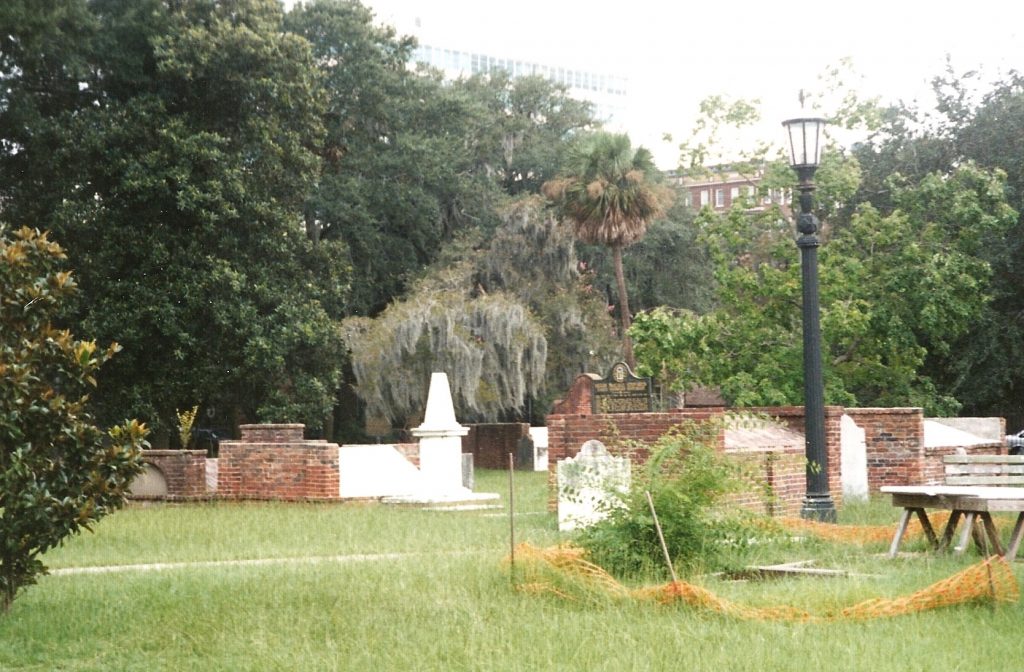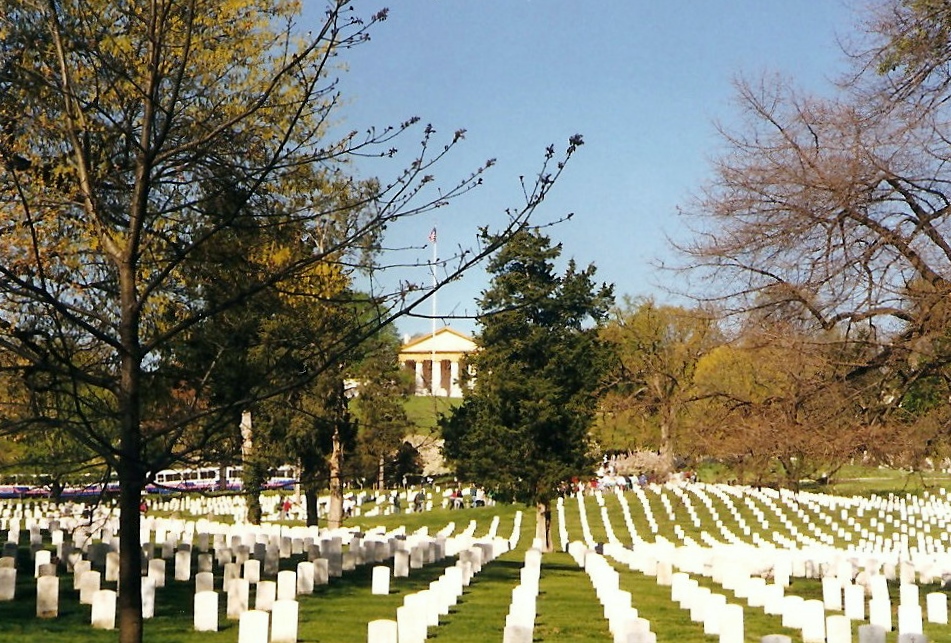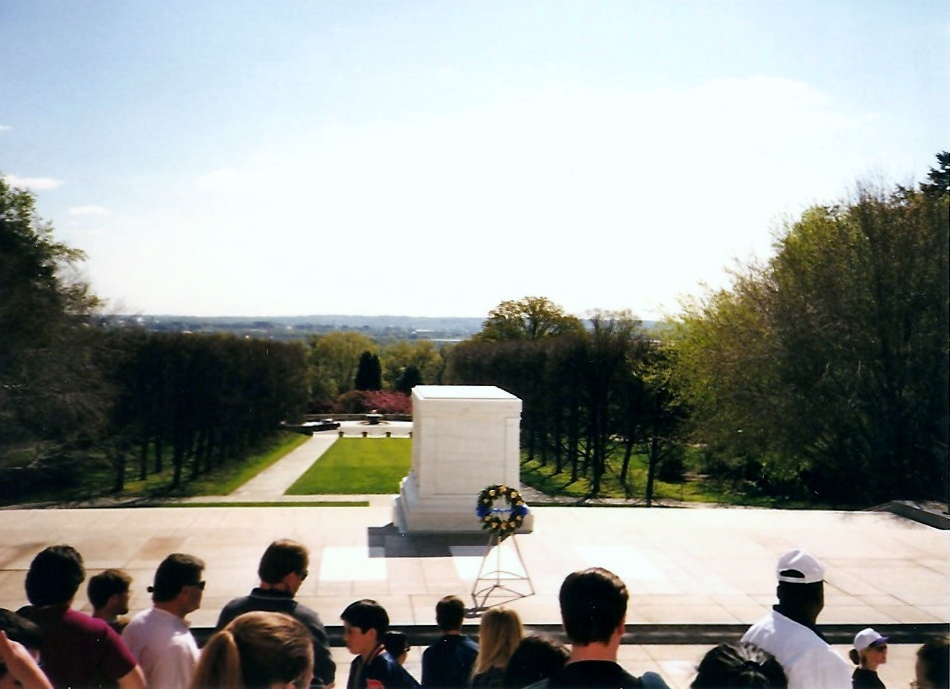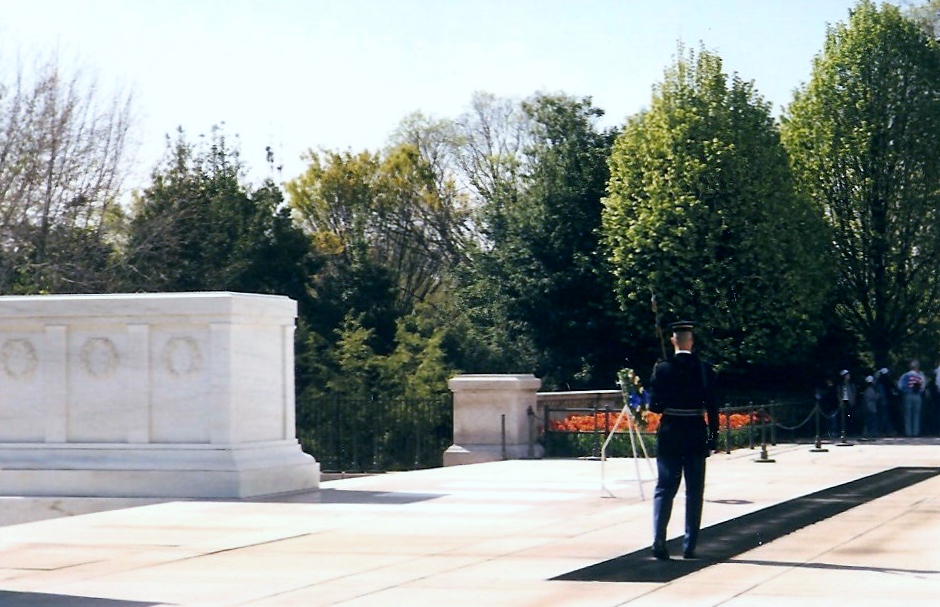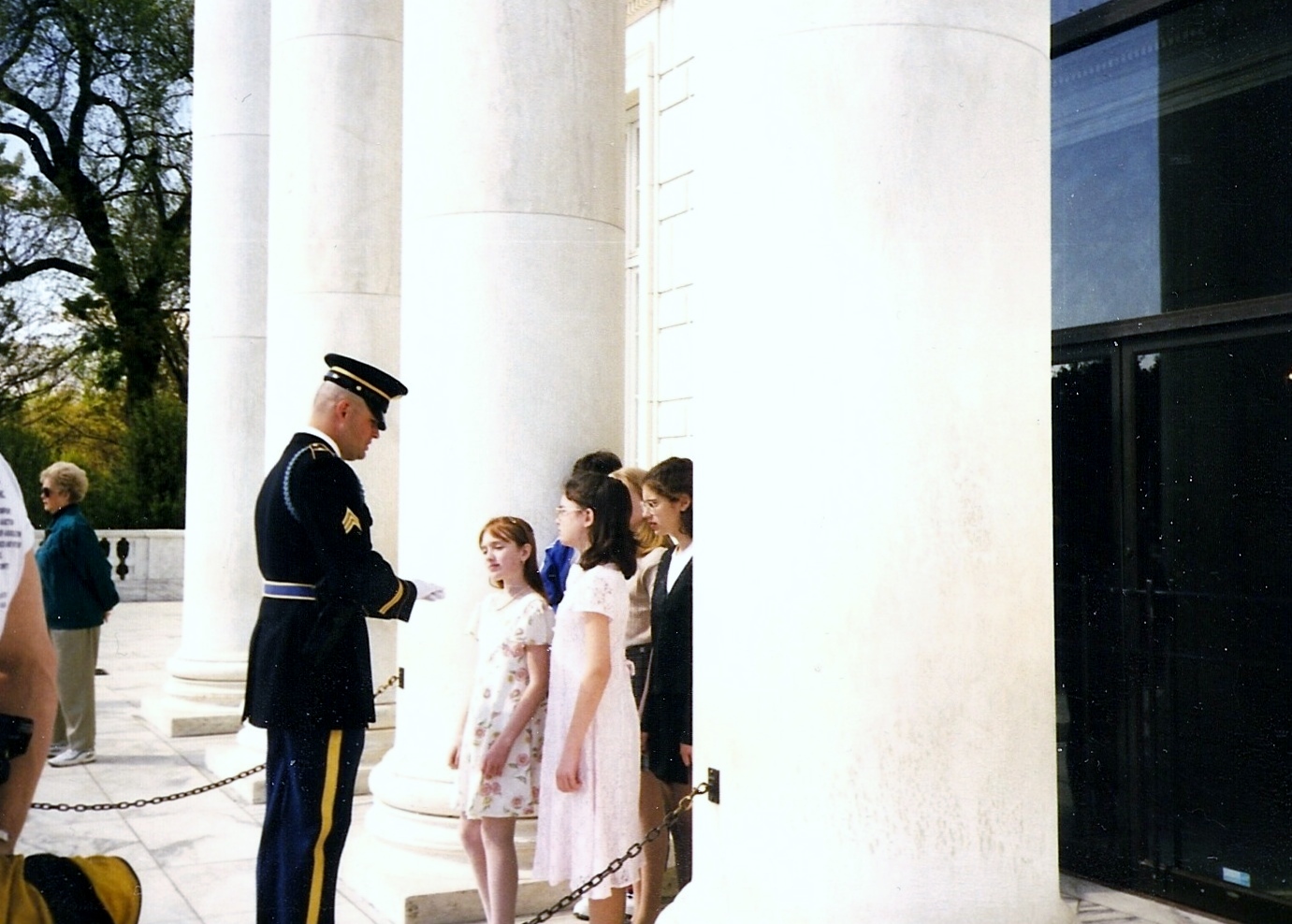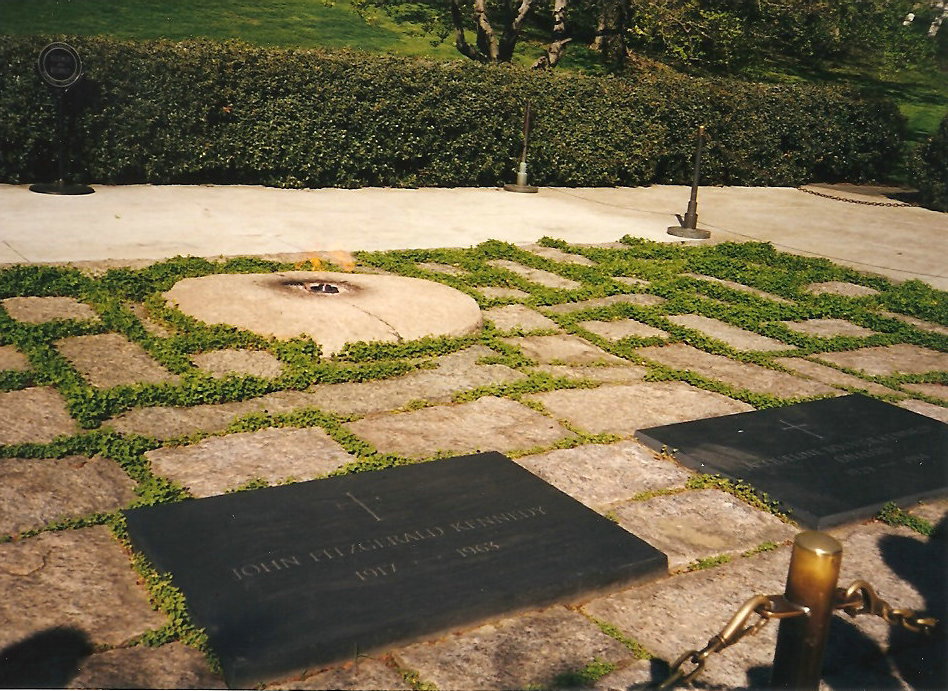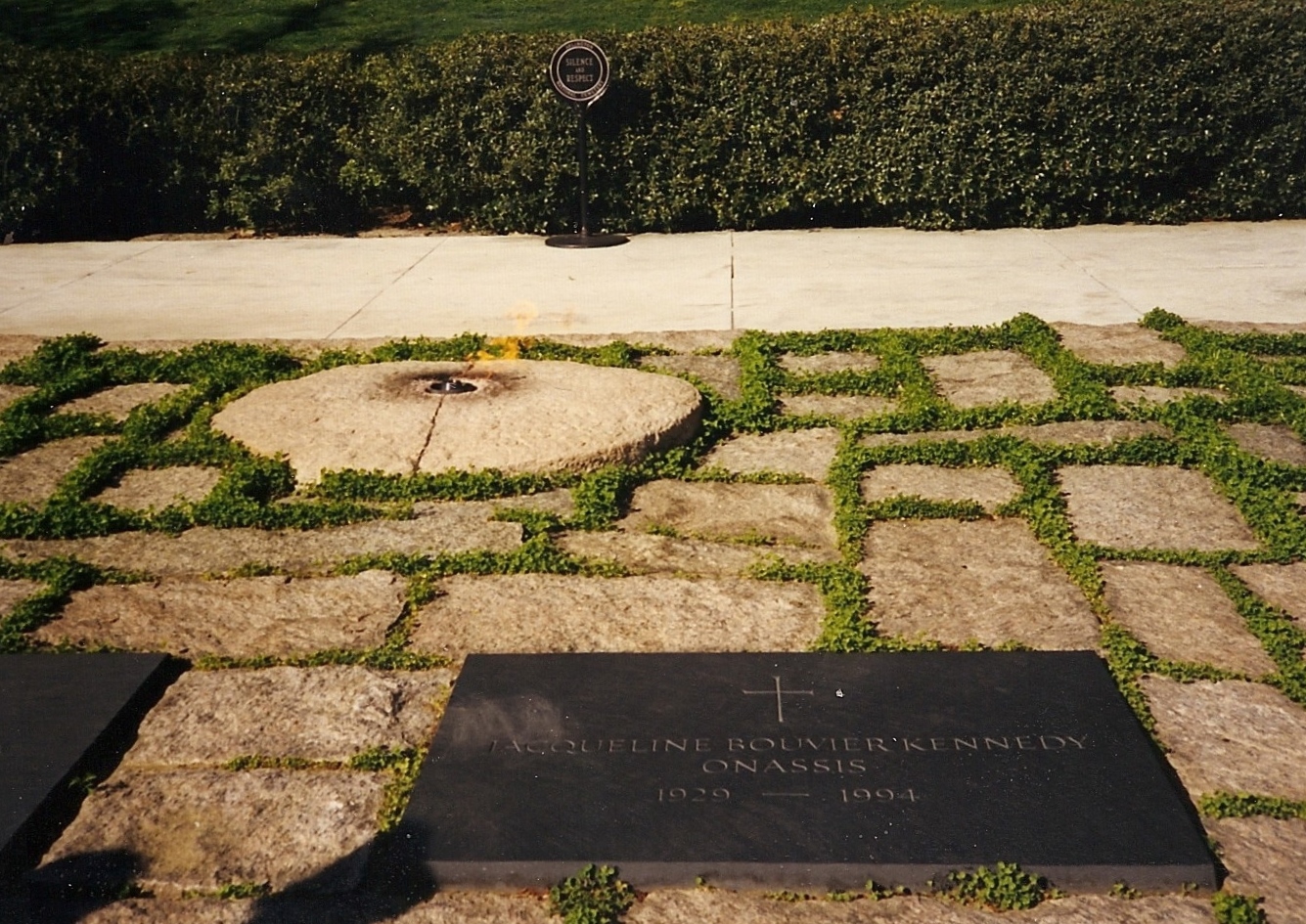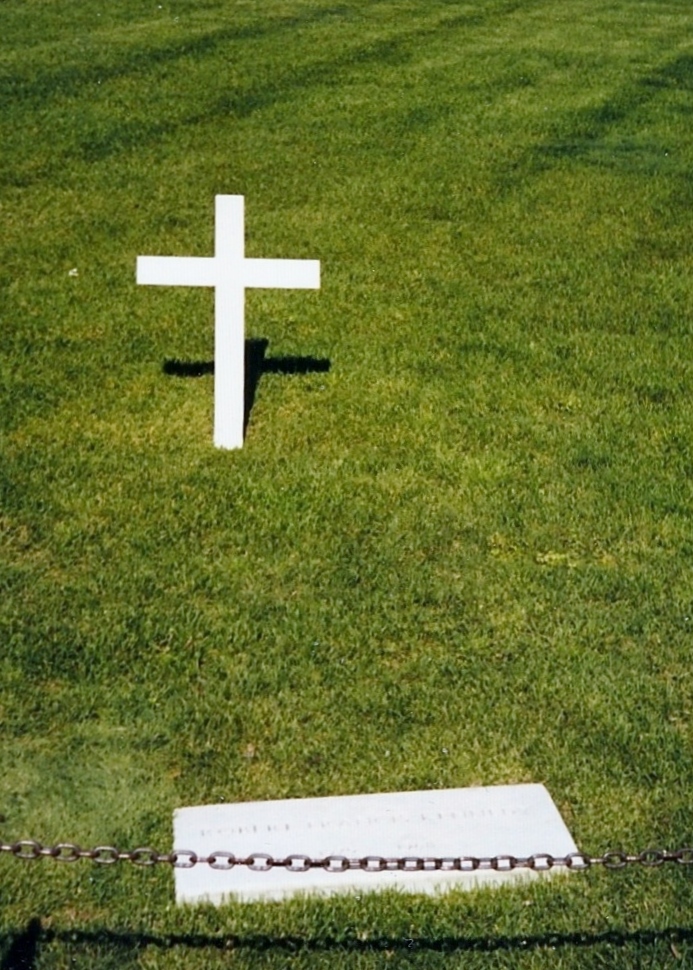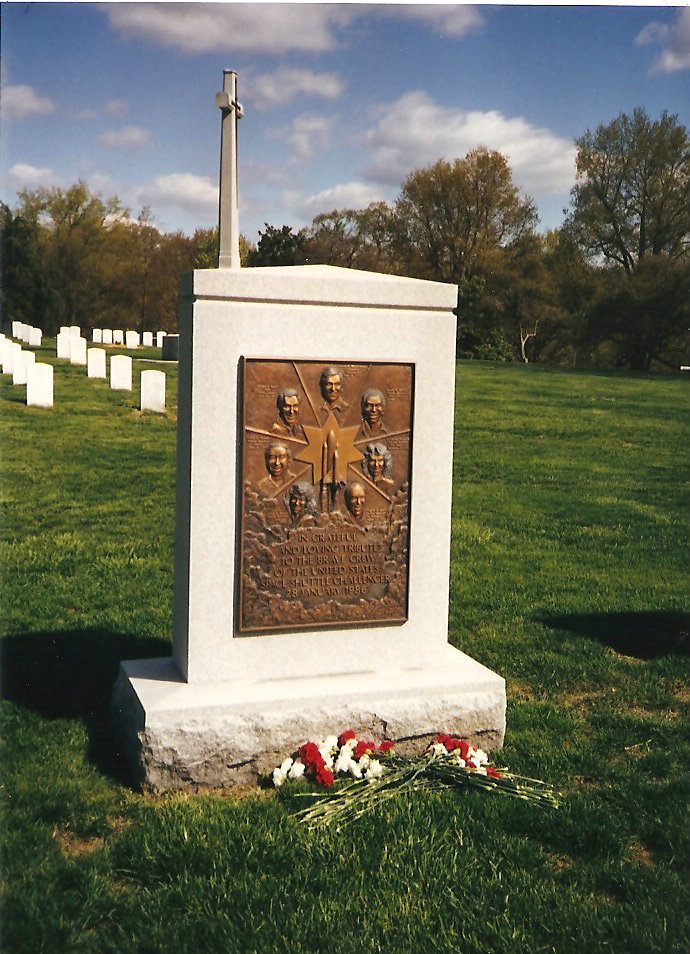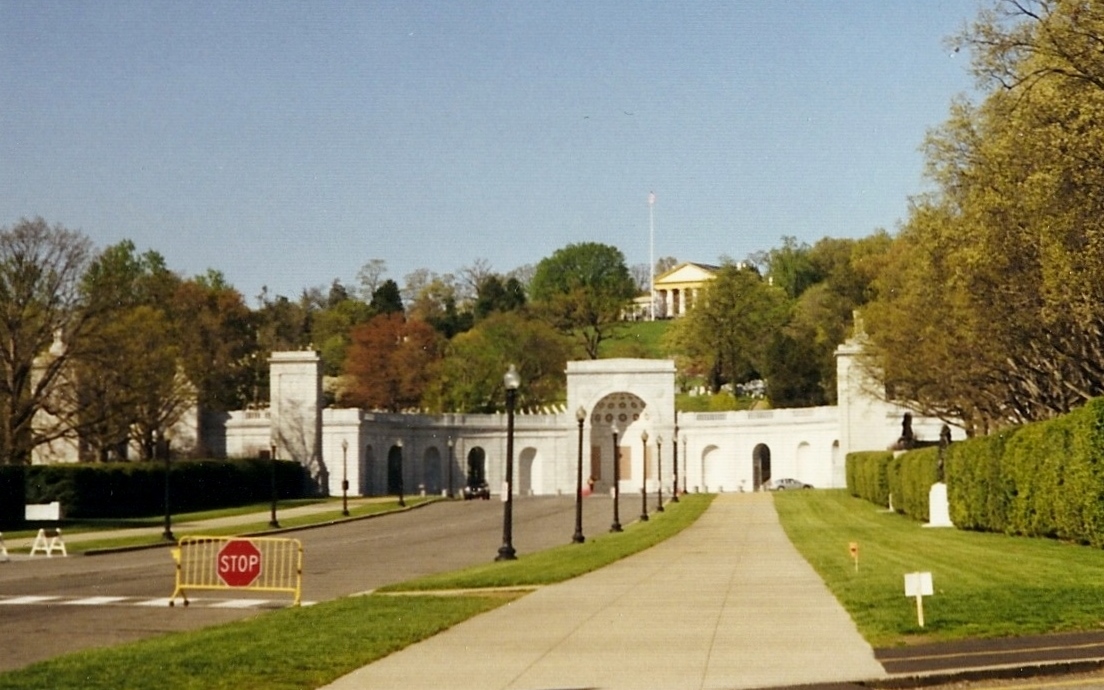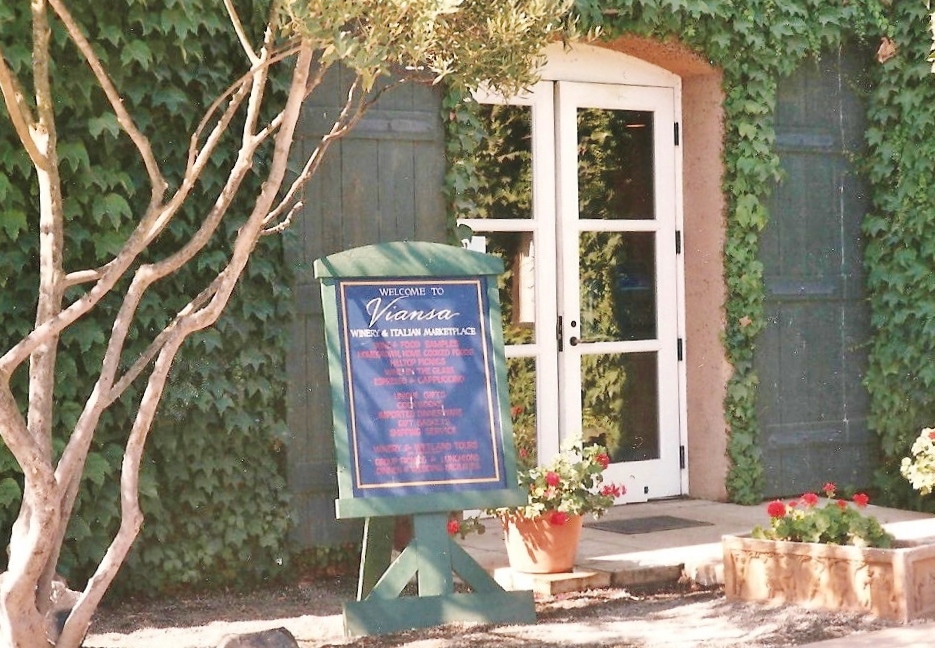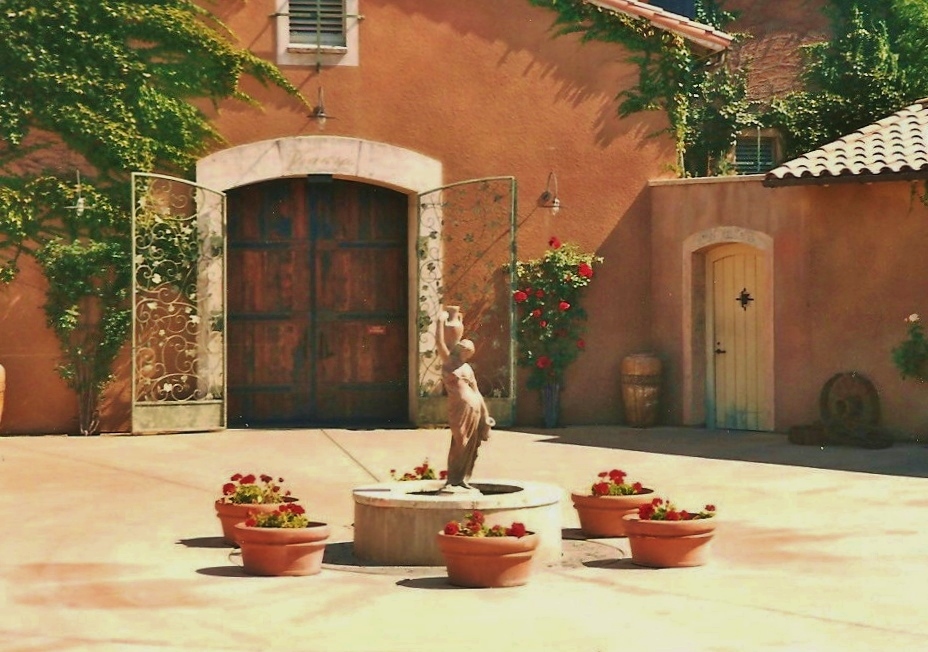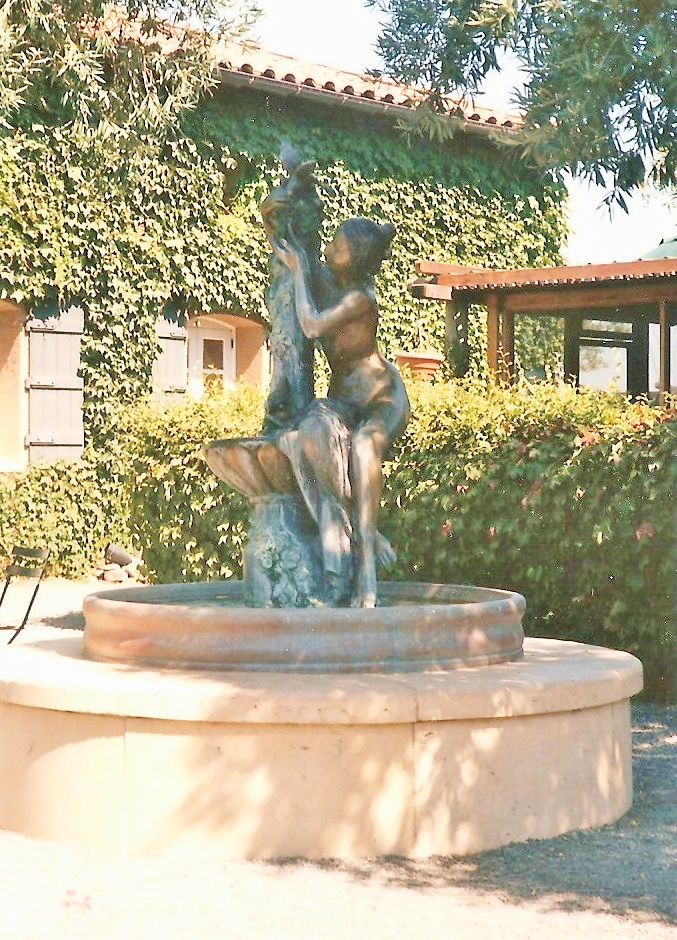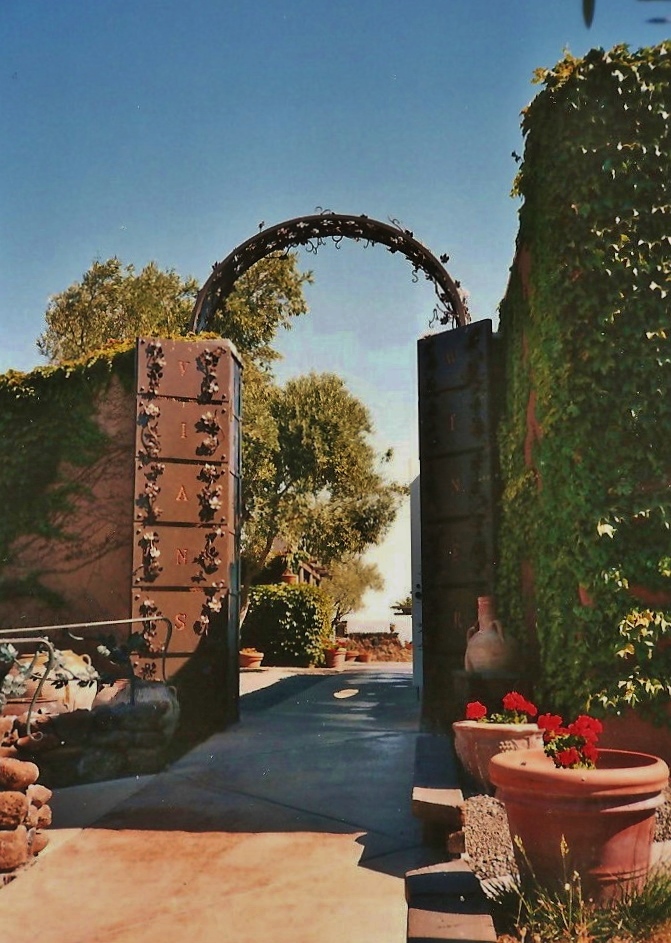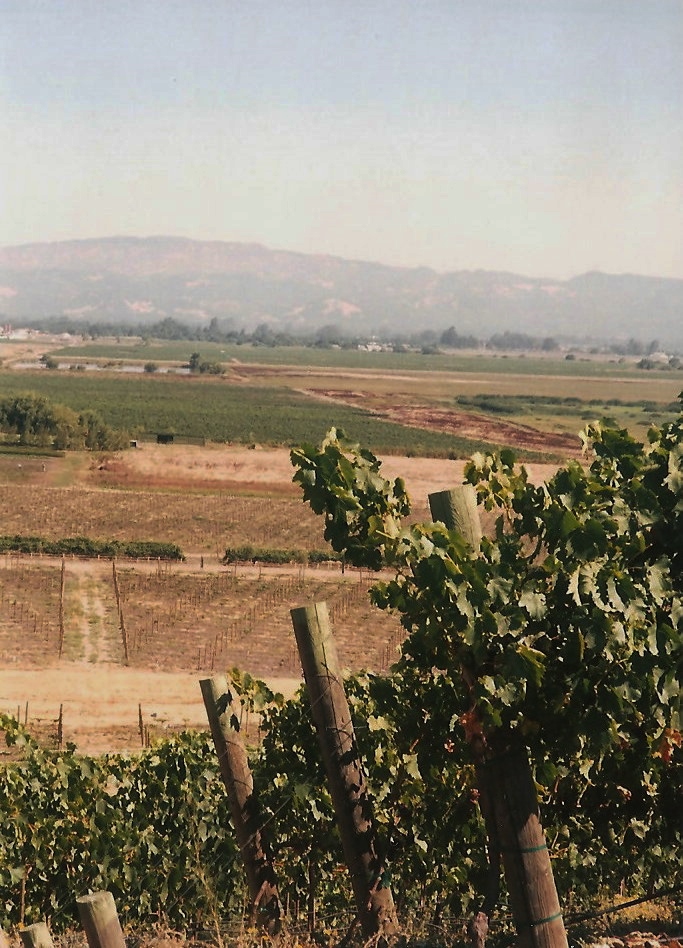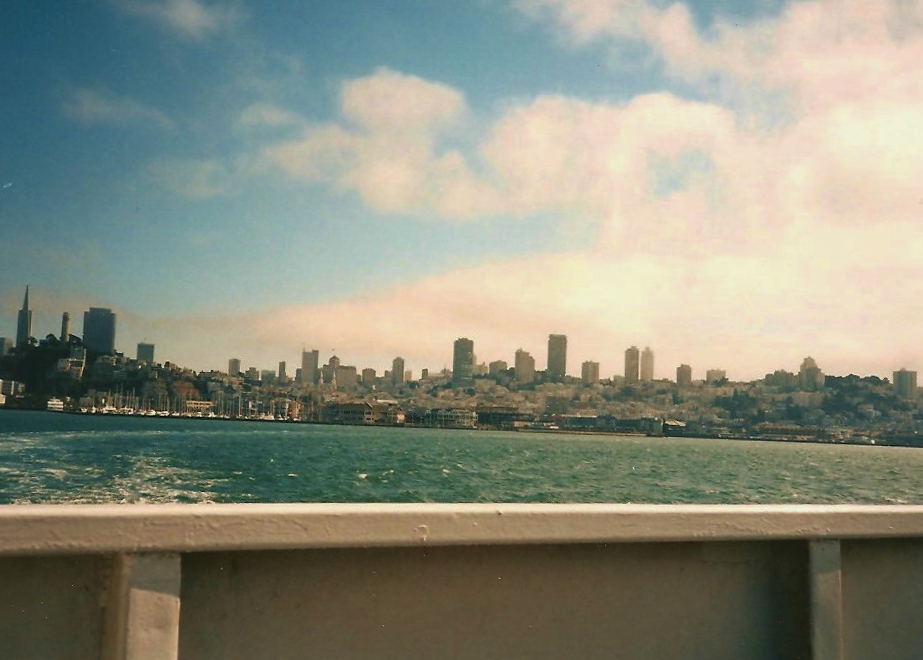
The weather was clear on the day I decided to visit Alcatraz Island. This infamous federal prison, also referred to as “The Rock”, is accessible from Fisherman’s Wharf in San Francisco, California. I couldn’t wait to board the ferry at Pier 33 to tour the “world’s most impenetrable island prison.” The 45-minute boat ride was choppy as the waves splashed up along the sides of the boat. The view of San Francisco’s skyline behind me was spectacular.
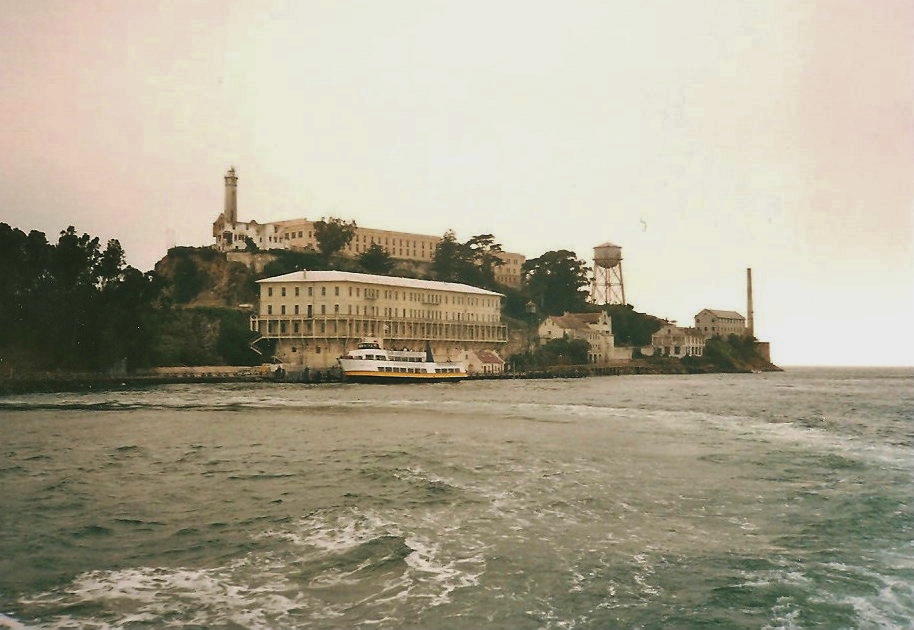
As we approached the Island of Alcatraz, there were several buildings that came into focus. On the far right, which is the northwest corner, is the Power House which supplied all of the power to the island. There is also a tall structure which acted as the tower duty station, manned to keep visitors out and to keep prisoners in.
The island was first documented by Spaniard Juan Manuel de Ayala in 1775. He named this the “La Isla de los Alcatraces”, which translates to the “Island of the Pelicans”, because of the large number of pelicans that made their home on the island.
Over the years, the island has served various functions, first as a military prison. It would later become a federal penitentiary, an occupation for Native Americans and eventually a historical museum, documenting its evolution.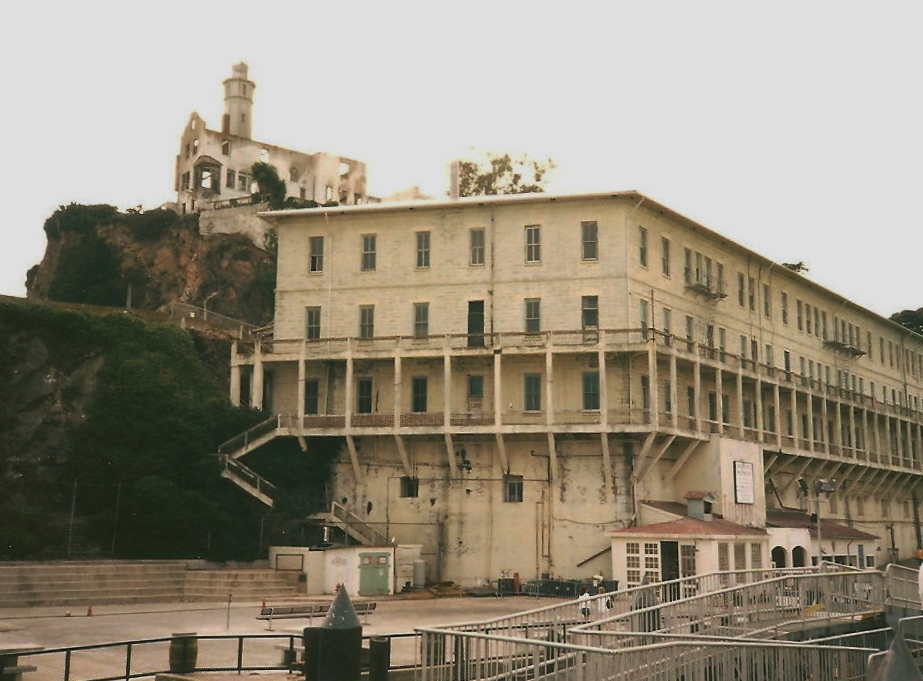
Alcatraz is most known for its use as a federal penitentiary. The structure that remains today is the 600-cell building that was constructed in the early 20th century for housing inmates. At its completion it was hailed as the world’s “largest reinforced concrete building” and was constructed to be escape-proof. It was for this reason that the prisoners here were extremely dangerous or were too difficult to be kept in other penitentiaries. The Warden’s House and a lighthouse was built at the highest point of the island overlooking the prison.
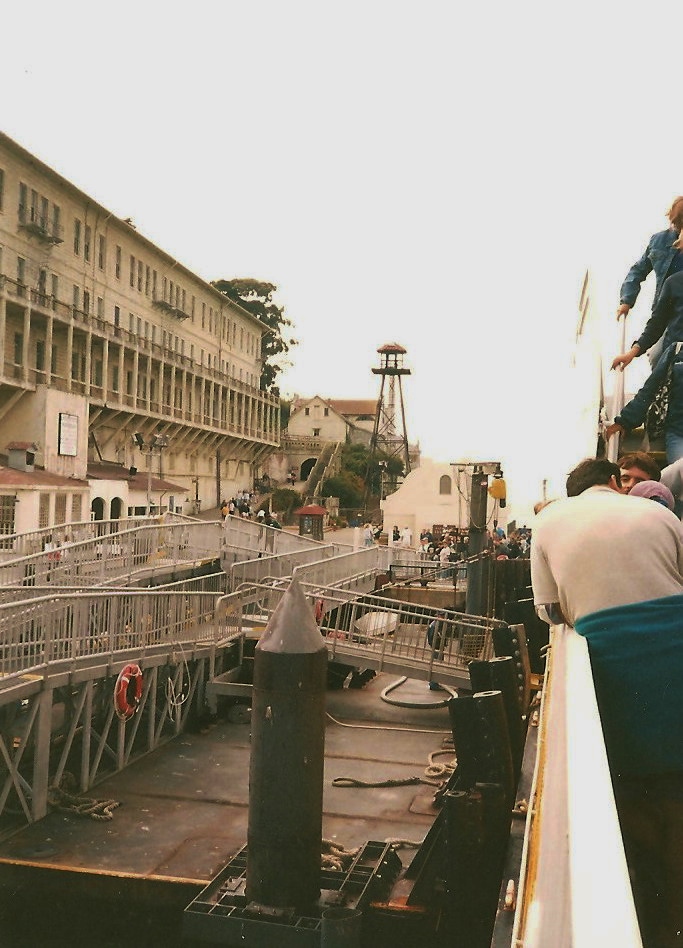
When prisoners arrived on the Rock, they were separated into three classes. Those in the third class were under heavy restrictions and had limited privileges. They were not permitted to have visitors or receive mail, were required to remain silent and were not allowed to check out reading material from the prison library. Outside of the penitentiary was the harbor guards tower which monitored the traffic to and from the island. It was also set up to ensure that prisoners did not escape.
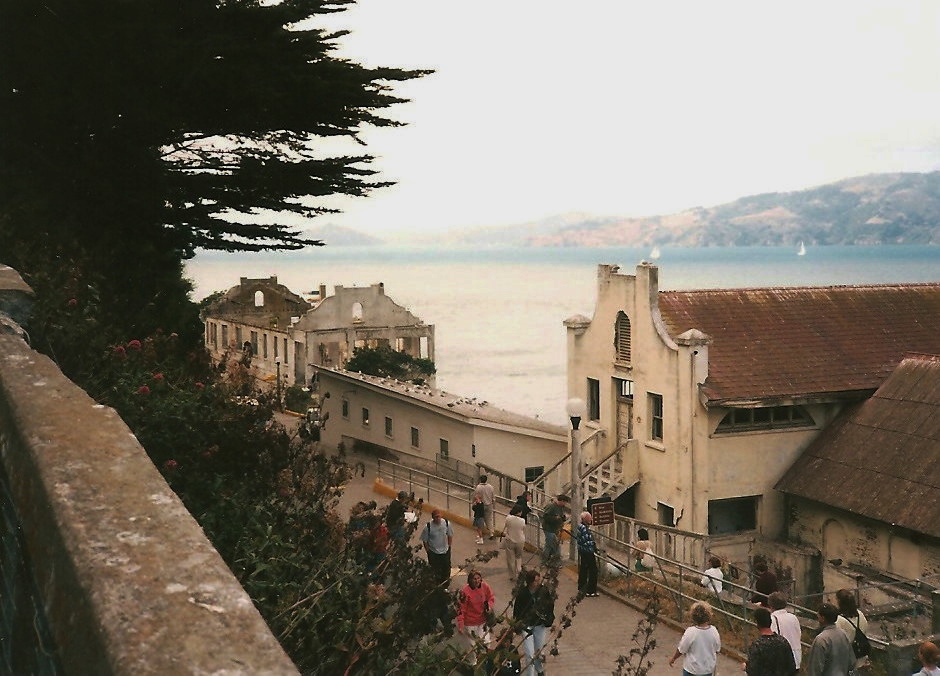
Many of the structures were already in place when the island was a military prison. There were housing facilities which were also used as chapels and schools for the children of the officers that lived here. They were eventually converted into Bachelors Quarters for unmarried personnel when it became a Federal Penitentiary in the 1930s.
There was the Social Hall, also known as the Officer’s Club that had a small bar, library, dining facility and dance floor. The workers could also play ping pong, pool and bingo, view movies, and bowl in the two lane bowling alley. I can’t imagine living on the island with some of the worst criminals in history, let alone having a family here as well.
In 1970, during the Occupation of Alcatraz by the Native Americans, the Social Hall was burned down.
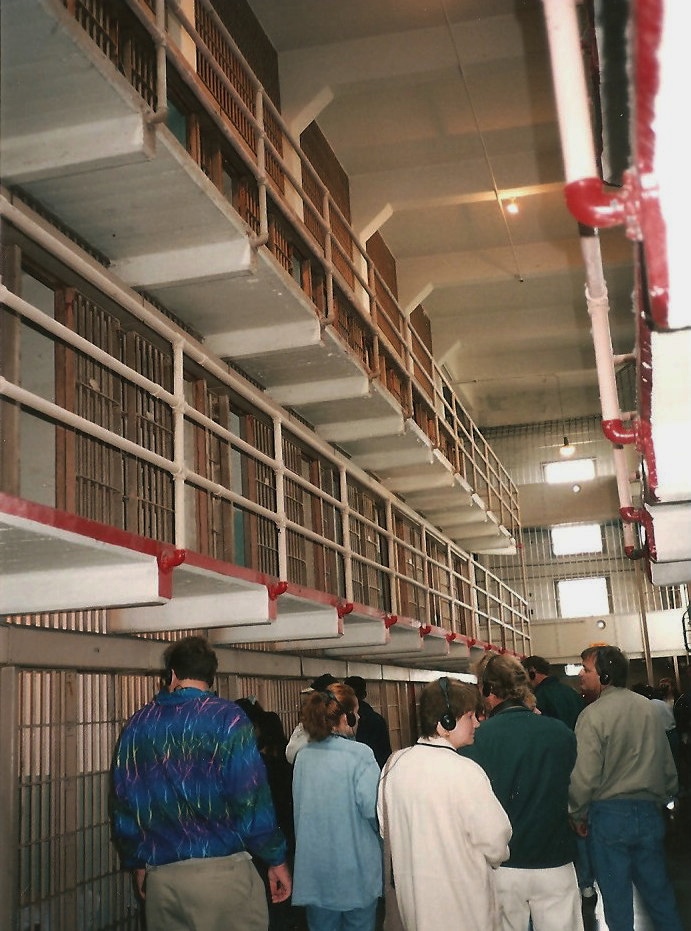
Over 1,545 prisoners would be incarcerated at Alcatraz during its 29 years as a Federal Prison. There were quite a few notorious inmates and many of them were considered dangerous and violent.
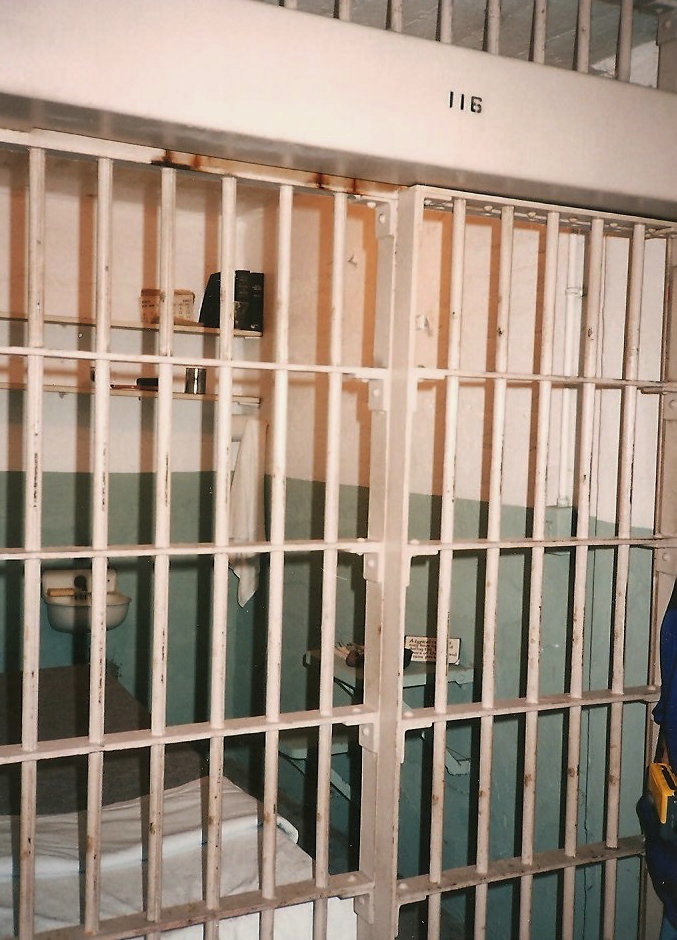
The average size cell was 5 feet by 9 feet. They each had a small sink with cold water, a toilet and a cot. There were a total of 336 cells in Blocks B & C, 36 segregation cells and 6 set aside for solitary confinement (D-Block). Cell Block A was only used on rare occasions when a prisoner needed to be separated from the other prisoners but did not require solitary.
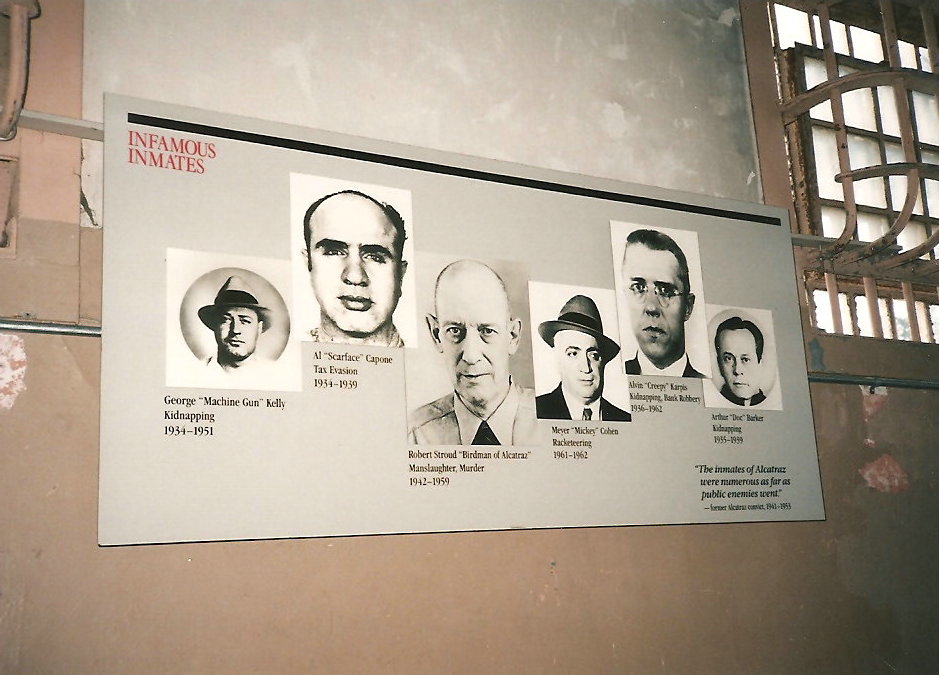
Alcatraz became known as the penitentiary for the most dangerous inmates in the United States. Here is a summary of the inmates, their convictions and length of time they spent in Alcatraz.
- George “Machine Gun” Kelly spent 17 (1934 – 1951) years here on a kidnapping conviction.
- The most notorious prisoner was gangster Al “Scarface” Capone, who spent four-and-a-half years here from 1934 – 1939 on tax evasion charges. He was transferred from the Atlanta prison because he continued his criminal activities and was known to have corrupted prison officials to help him with his illegal conduct.
- Murderer Robert Stroud, aka the “Birdman of Alcatraz,” came to Alcatraz in 1942 and stayed until 1959 for a total of 17 years. His nickname came from the birds that he was able to keep in the Leavenworth prison.
- Meyer “Mickey” Cohen, imprisoned from 1961 to 1962 for racketeering was a gangster and part of the Jewish Mafia. He later became involved with the Los Angeles Crime Family, and was known as the “King of Los Angeles”. He later wrote a book about his experience at Alcatraz. He died of stomach cancer in 1976.
- Gangster Alvin “Creepy Karpis” Karpowicz , listed as “Public Enemy No. 1″ by the FBI under J. Edgar Hoover, spent over 25 years (1936 – 1962) behind bars at Alcatraz, reportedly more time than any other prisoner. He was doing time for kidnapping and bank robbery.
- Arthur “Doc” Barker was convicted of murder and Kidnapping, landing him at Alcatraz from 1936 – 1939. He died attempting to escape, when a gunshot wounded him in the head. He was recaptured, but died later from the wound.
- Other prisoners of notoriety include Roy Gardner, James “Whitey” Bulger and Henri Young.
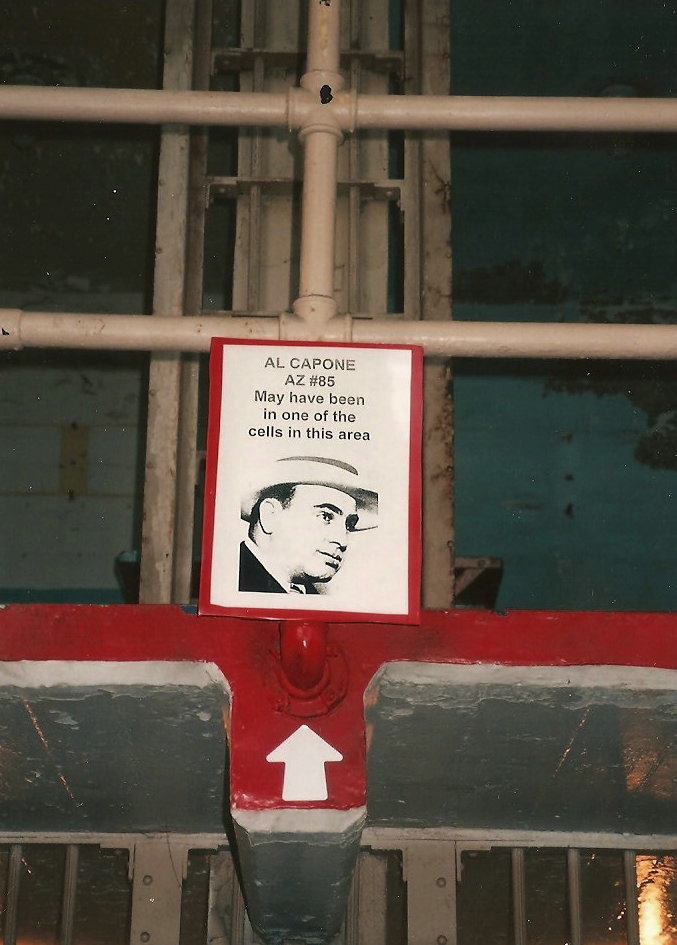
It is speculated, although not confirmed, that Cell Block 181 was where Capone was imprisoned during his stay in Alcatraz.
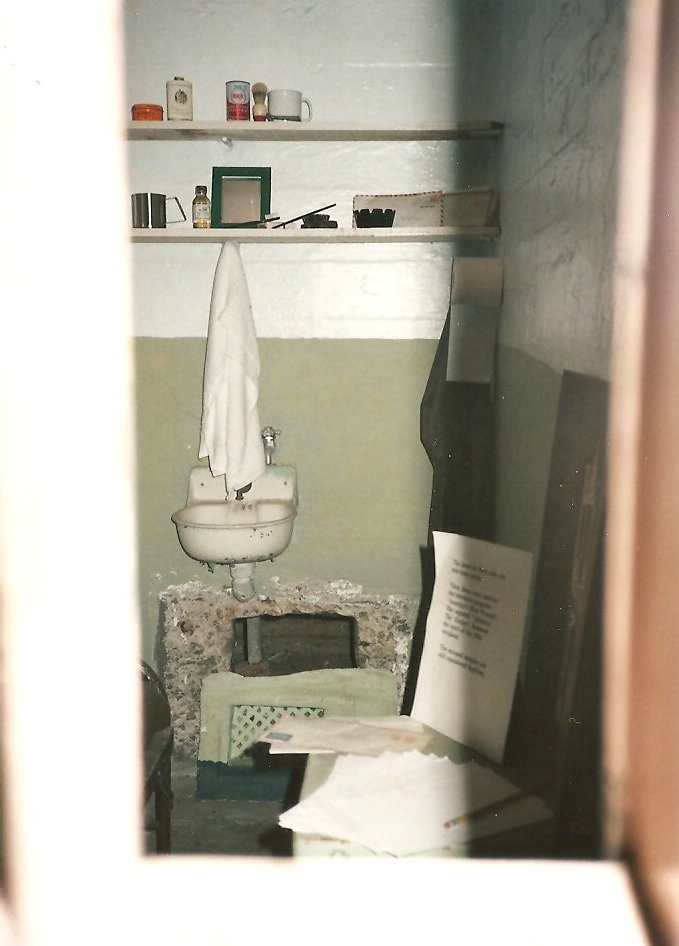
Once inside the confines of Alcatraz, there were strict rules and regulations. Life on the Rock was unbearable, so it would come as no surprise that there would be 14 known attempts to escape. Reports confirm that out of the 36 would-be escapees, 23 were captured, six were shot and killed during their attempt, two drowned and five that were unaccounted for and to this day remain “missing and presumed drowned”. Some sources state that two made it off the island successfully but were captured.
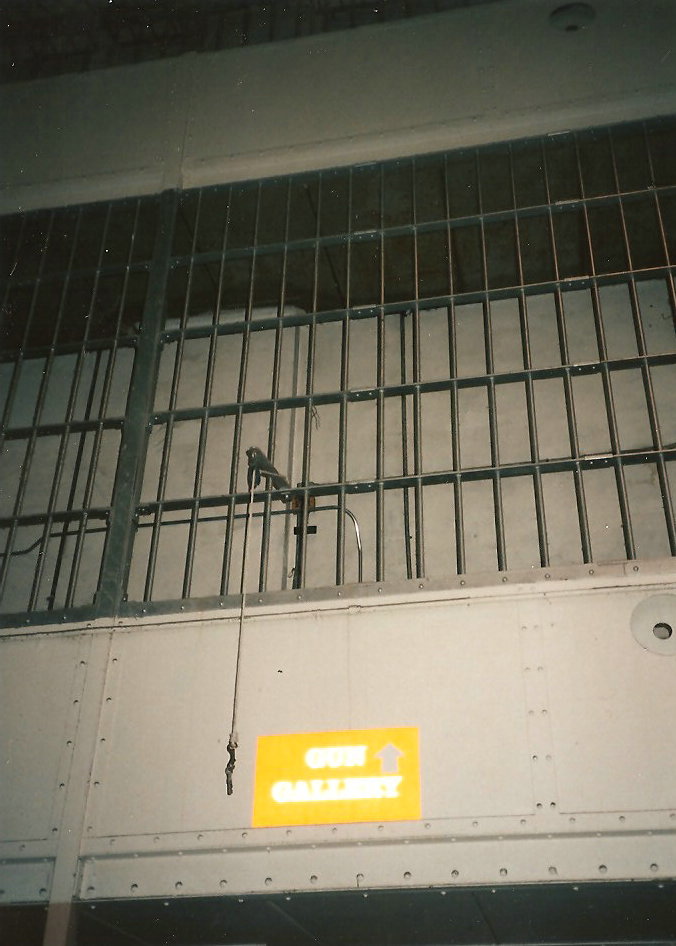
During the prison renovations, special gun galleries were created to protect the guards from the inmates and allow them to carry weapons. The galleries were secure, elevated and out of reach of the inmates. It was here that the cell block keys would be available and acted as a type of balcony so that the guards would be able to oversee the activities of the inmates. The gun gallery was also the location where guards would be able to set off the teargas canisters installed in the dining hall in the event of a riot or violent outbreak.
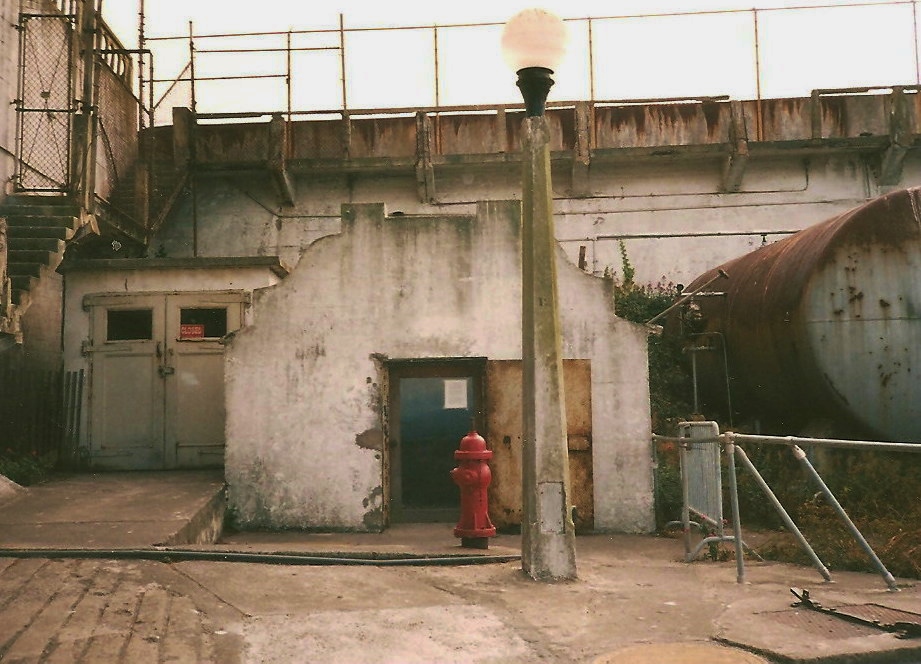
In 1910, the U.S. military made use of one of the island’s tunnels to create the morgue, equipped with an examination table and three vaults. According to the prison documents, the morgue on the island was only utilized if a death at the prison occurred once the last prison boat had left for the mainland. As a federal penitentiary, autopsies were not conducted at this location, but were instead performed by the San Francisco County Coroner.
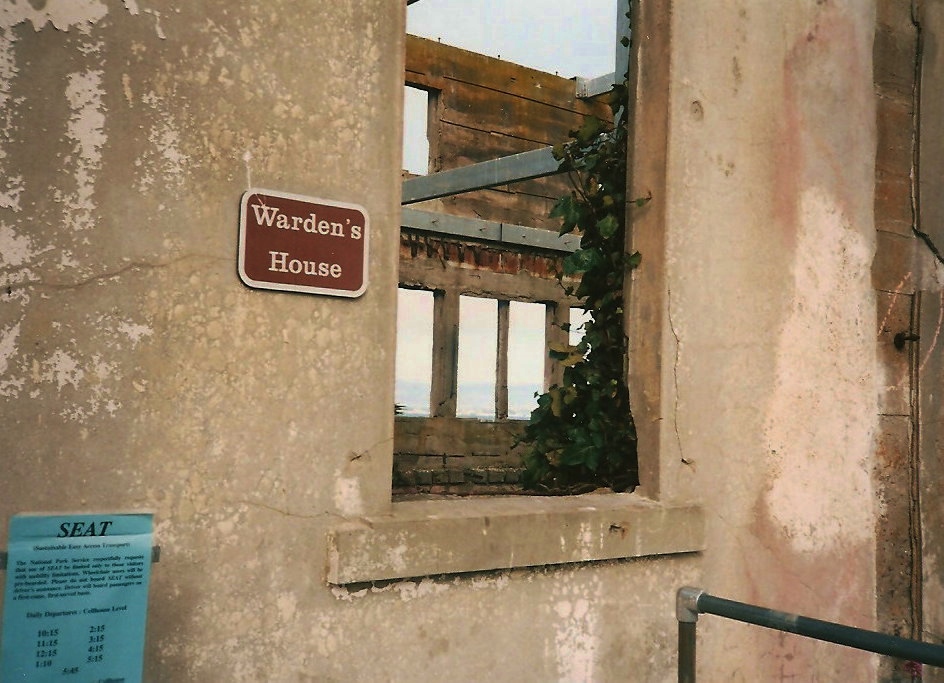
On average there were approximately 300 civilians that actually lived on Alcatraz Island. This included the staff as well as women and children. Building #64 was the main living space for the families and there were three apartment buildings. They had access to a small grocery as well as a soda fountain shop. Because the prison boat made frequent trips between Alcatraz and the Van Ness Street Pier on a daily basis, the families did most of their shopping on the mainland. Not much remains of the Warden’s House today.
So what triggered the closing of the Alcatraz Federal Penitentiary? What was once the main reason to create a prison on Alcatraz Island, would be the primary factor for the prison’s closure in 1963. Location. Operational costs were much higher than other prisons because additional expenses were incurred for transportation of inmates to and from the mainland, housing for staff and their families as well as importing food and supplies. In addition, the cost to maintain the prison structures was rising due to the deterioration of the facilities resulting from exposure to the salt in the air. It became the most expensive prison in the system.
Today, Alcatraz attracts approximately 1 million visitors per year…a premier tourist site with a dark history. Whether you come to learn more about the infamous prisoners, or to witness the island’s hauntings firsthand, you will not be disappointed.
Have you been to Alcatraz or another prison that you thought was interesting? I would love to hear about your experience so please ;eave me a message in the comments below. Many thanks for reading about my visit to Alcatraz and wishing you many Happy Travels!
To confirm the ferry schedule, visit the Alcatraz Cruises (the official ferry service to the island) website, where you can also purchase tickets in advance. The ferry is located at Fisherman’s Wharf, Pier 33.
What to See and What to Do:
Alcatraz Island
San Francisco, CA 94133
Telephone: 415 561 4900
- Admission Fee: Early Bird Tour Adults: $38.35; Day Tour Adults: $38.35; Night Tour Adults: $45.50 Behind the Scenes Tour Adults: $90.95; Alcatraz and Angel Island Tour: $76.60 (5.5 hours) All Visitors: Refer to the Alcatraz Cruises website for additional discounts for Seniors and Children. www.alcatrazcruises.com
- Potential Transportation Costs: Alcatraz Cruises is the only ferry transportation for Alcatraz. The cost for visiting Alcatraz includes the ferry fee.
- Hours: The Early Bird Tour (2.5 hours long) departs at 8:45 AM. The Day Tours (2.5 hours long) depart at scheduled times between 9:10 AM to 1:35 PM. Night Tours (2.5 hours) depart at 3:50 PM and 4:45 PM while the Behind the Scenes Tour (4.5 hours) departs at 2:10 PM and 2:40 PM. Please refer to the Alcatraz Cruises website for any changes to the schedule.
- Amenities: Night Tours and Behind the Scenes Tours are available as well as a tour that includes ferry transportation to Angel Island. Group Tours and Family Packs are also available online. Alcatraz hosts annual events as well as special events and exhibits which are posted on the Alcatraz Cruises website. Visitors can choose to participate in a guided tour or rent the cellhouse audio tour which are both very informative and don’t forget to watch the orientation video. There is also a museum collection at “The Rock” , and bookstore as well as the Alcatraz Gardens. Wheelchair accessible.
- Scenic View: Views of the San Francisco skyline from the Ferry;
- Length of Visit: Depending on the tour you select, the length of the visit which includes the ferry ride range from 3.5 hours to 7 hours.
- Tips for Your Visit: There are some areas of Alcatraz that are off limits to visitors, so please respect the request of the park as some of these areas are unsafe. Do not feed the birds on Alcatraz. Bottled water is available at the bookstore on the dock, but food is not sold on the island. Food and drinks are only permitted on the dock.
Where to Stay:
San Remo Hotel
2237 Mason Street
San Francisco, CA 94133
Telephone: 415 776 8688
Where to Eat:
Fog Harbor Fish House
Pier 39
San Francisco, CA 94133
Telephone: 415 421 2442
The Fog Harbor House menu offers so many unique, amazing options, but I finally made my decision by ordering the Blue Cheese Garlic Bread made from sourdough topped with garlic and Pt. Reyes blue cheese and herbs. Of course I had to sample their award winning clam chowder, so I ditched the bowl and ordered a cup so I could order one last item on the menu and decided on the Linguini and Clams. Delicious!
What to Eat:
- Seafood Chowder in a bread bowl
- Dim Sum in San Francisco’s Chinatown
- Oysters at Swan Oyster Depot or Hog Island Oyster Bar
- Hot Fudge Sundae at Ghirardelli’s Ice Cream Shop
Where to Drink:
- Iron Horse – Their signature drinks include the James Bond Martini, Goldfinger, Alice in Wonderland, Tiki Temple and Happy Fortune.
What to Read:
- Cool Grey City of Love by Gary Kamiya
- San Francisco Stories by Jack London
- Zodiac by Robert Graysmith
- Alcatraz-1259 by William Baker
Photo Guide for San Francisco:
- Aquatic Park is the best place to photograph San Francisco’s waterfront
- Broadway Street in North Beach for its neon signs and was formerly known as the area’s “red light district”
- Chinatown is absolutely amazing for taking photos of America’s oldest Chinatown.
- Coit Tower for 360 degree views of San Francisco and the harbor
- de Young Museum Observation Deck located at Golden Gate Park is perfect for panoramic photos of the city. Bypass the line to enter the museum to reach the Hamon Observation Tower to take your photos.
- Fort Point is a decommissioned military base on the waterfront which provides outstanding views of San Francisco’s Golden Gate Bridge
- The Marin Headlands is one of the best places to photograph the San Francisco Golden Gate Bridge
- Treasure Island for spectacular views of San Francisco’s skyline
- See the entire city of San Francisco from Twin Peaks
Disclosure: Please refer to our blog disclaimer tab for more information.
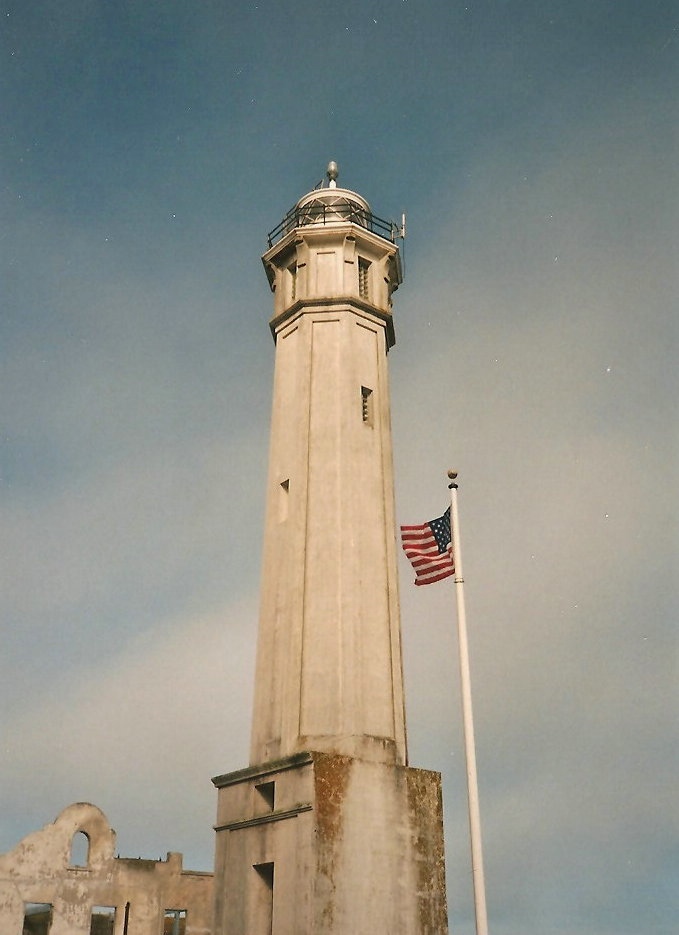
Alcatraz is home to the West Coast’s oldest operating lighthouse
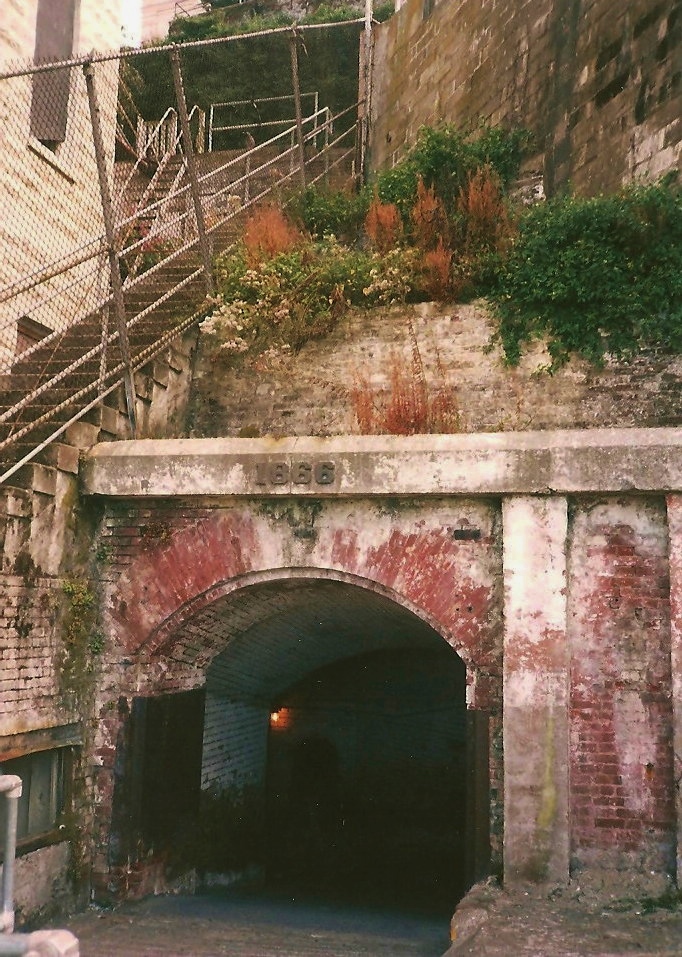
Alcatraz Tunnel Circa 1886
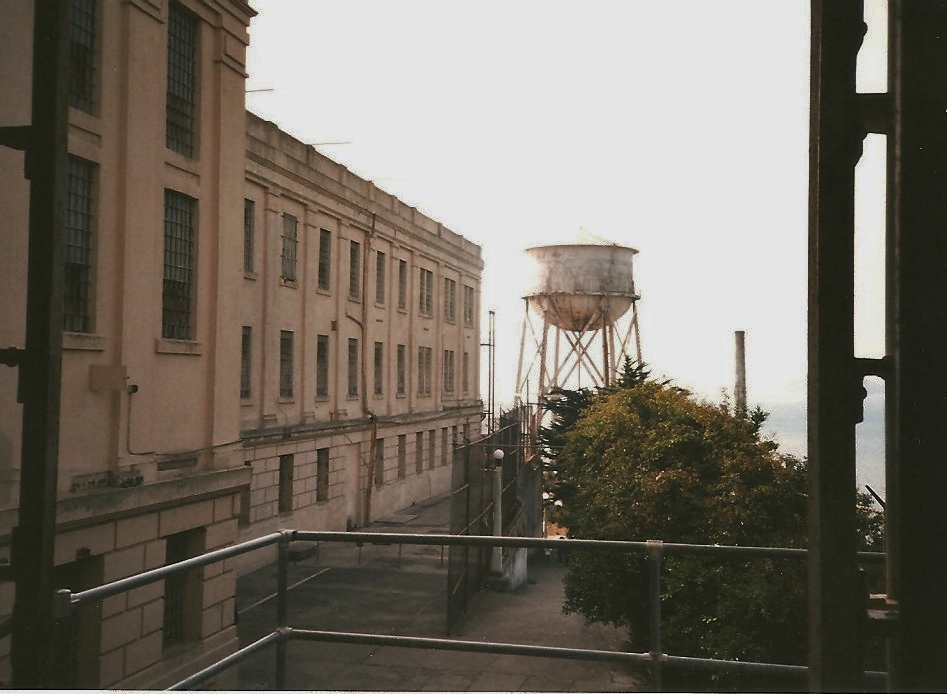
The water tower and the chimney of the powerhouse
